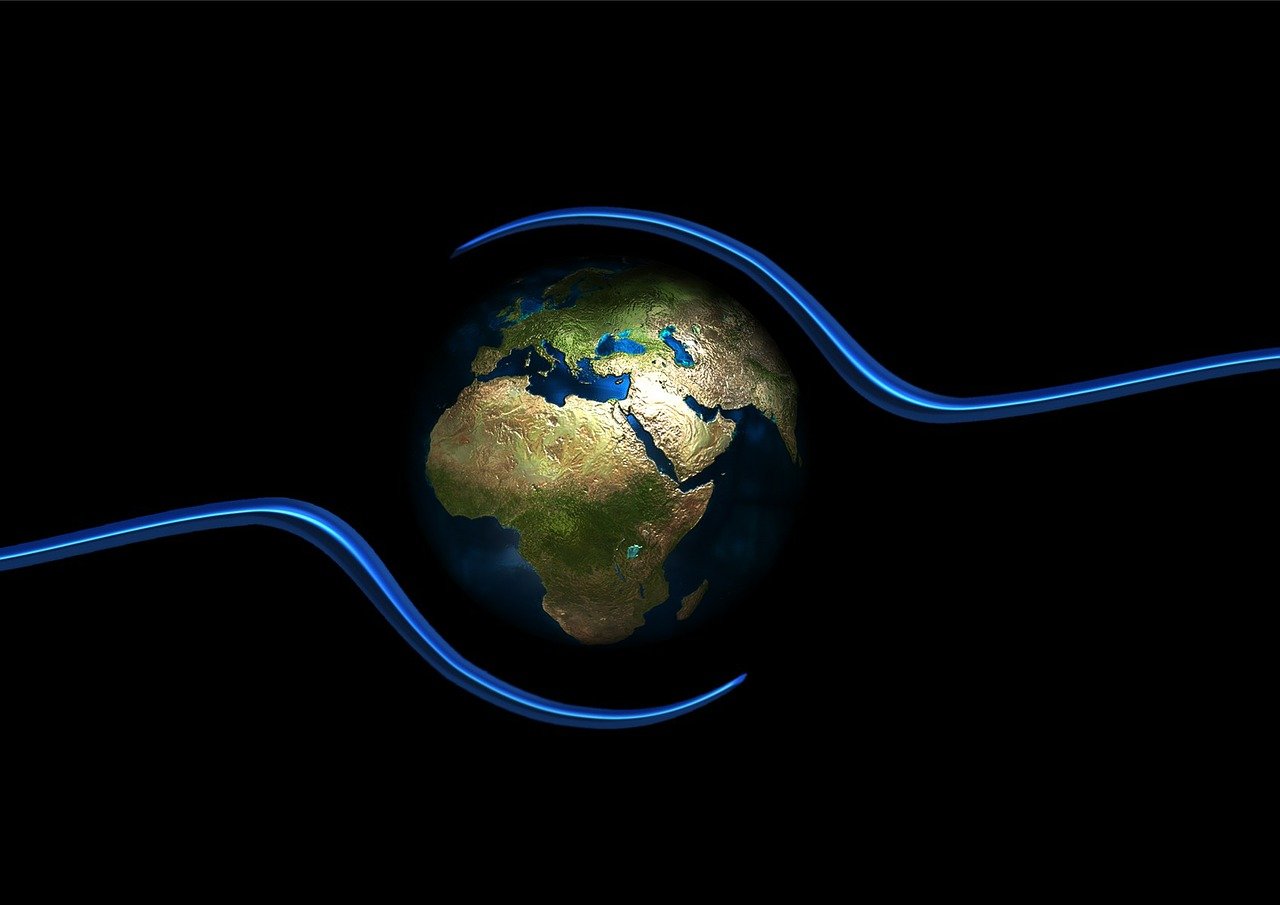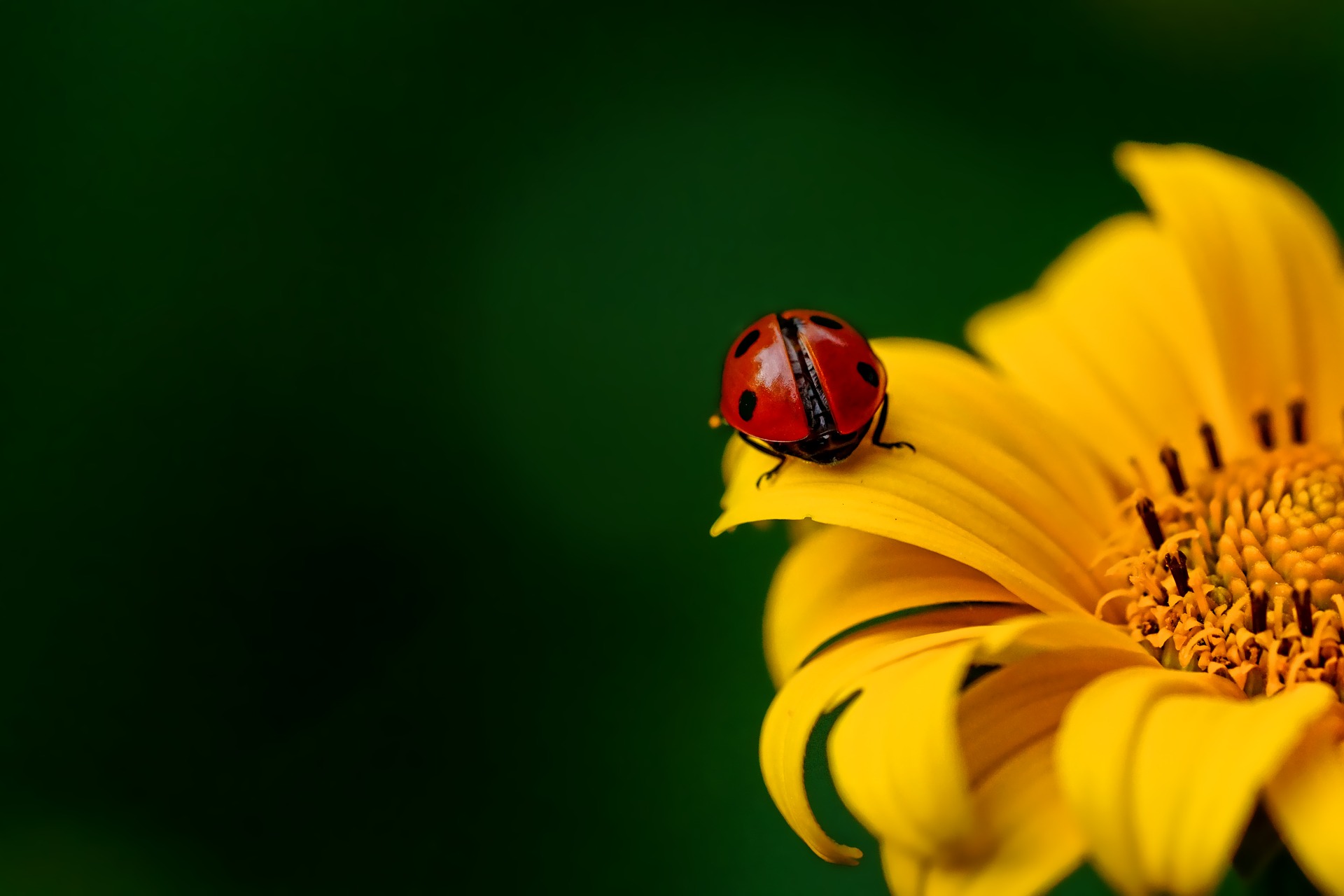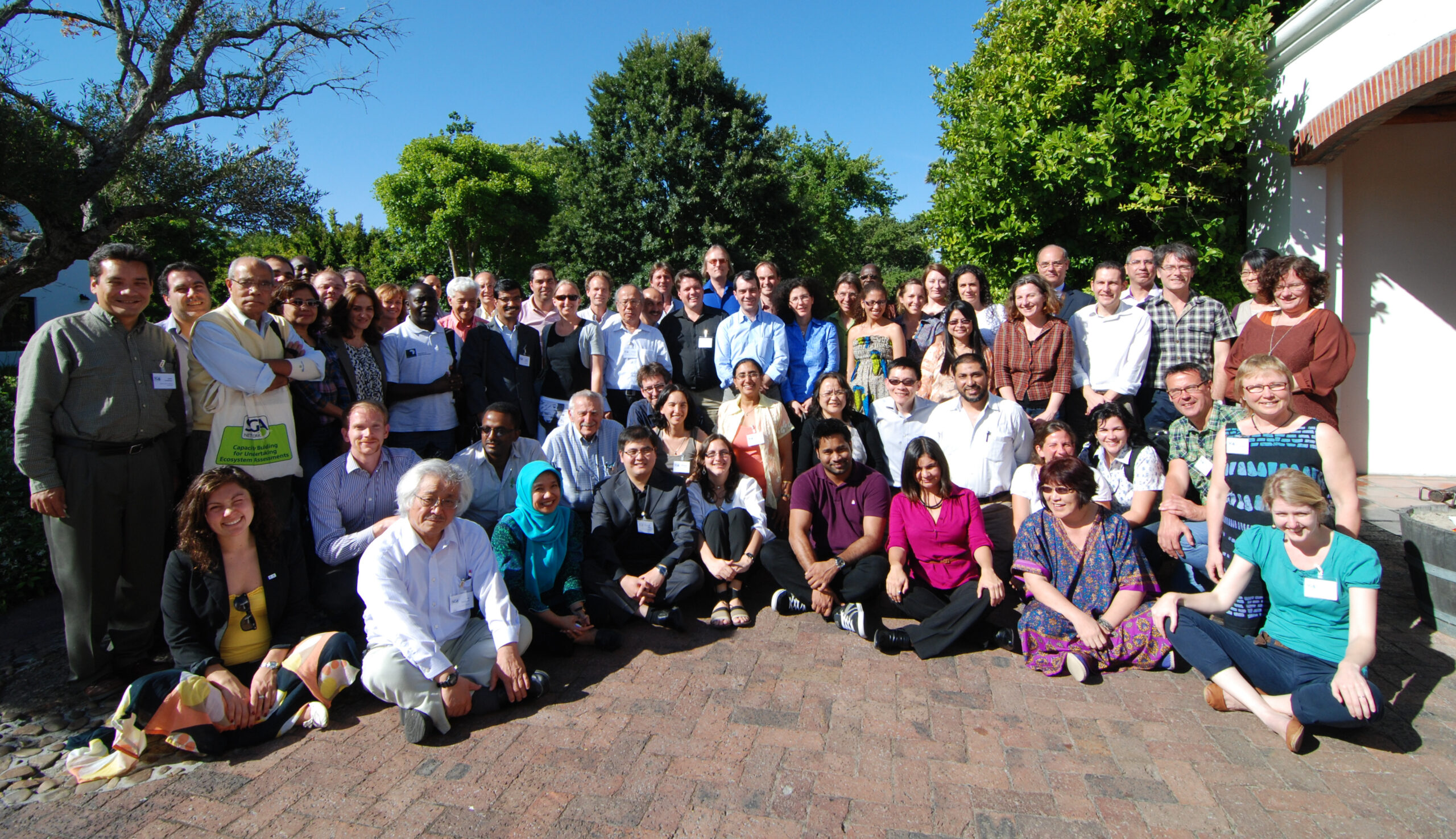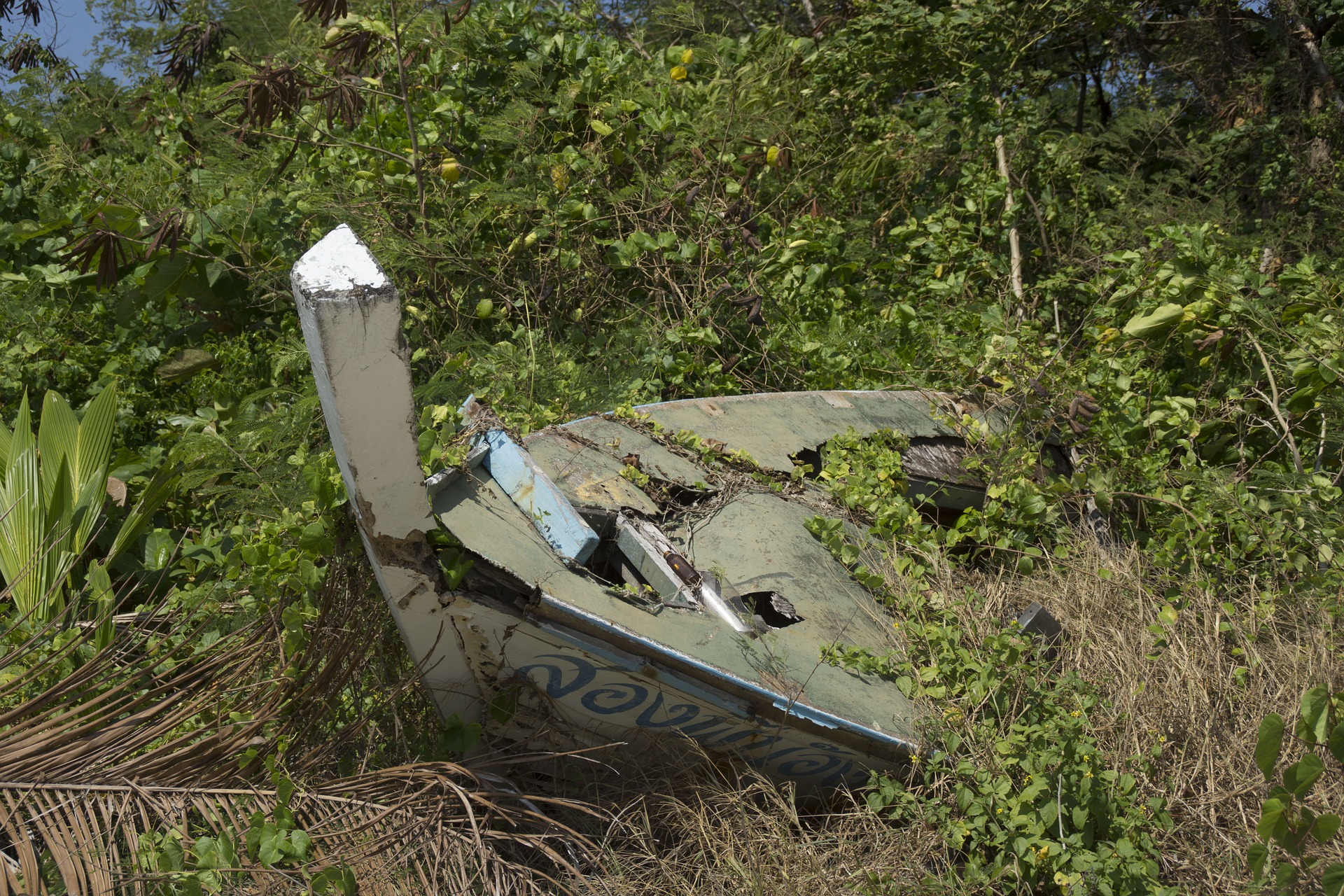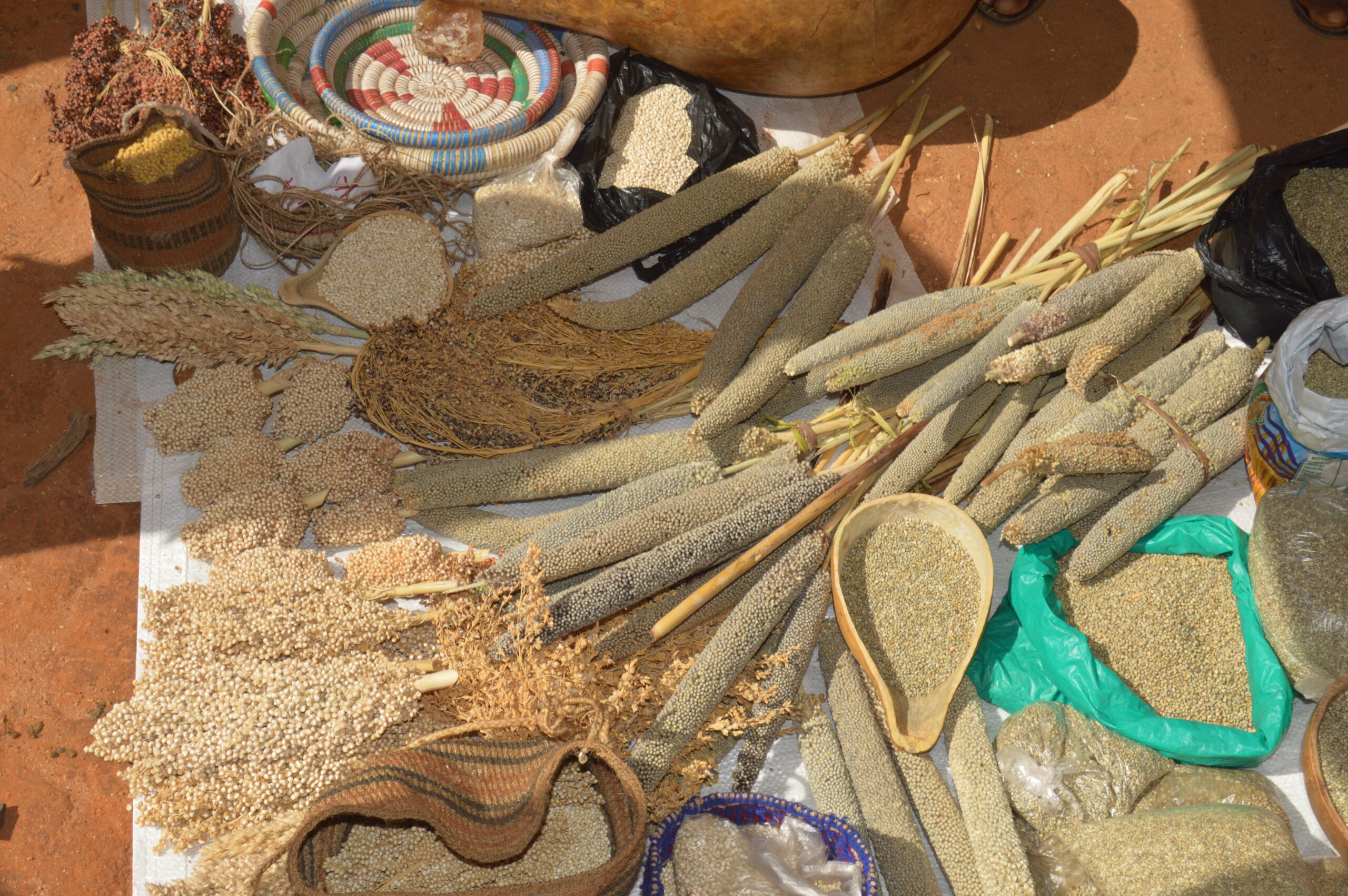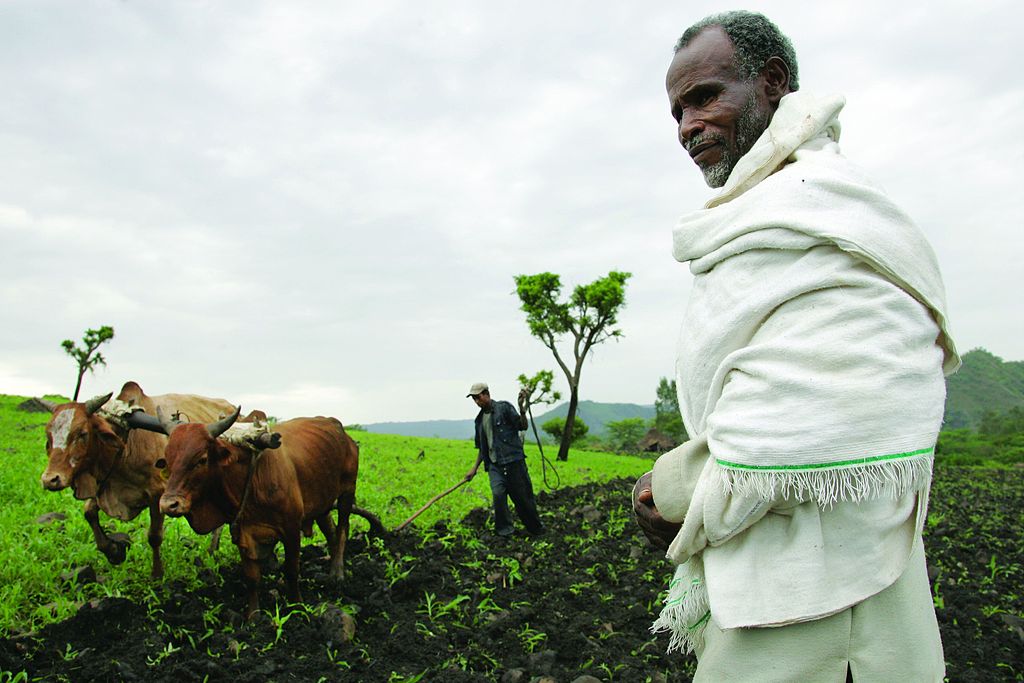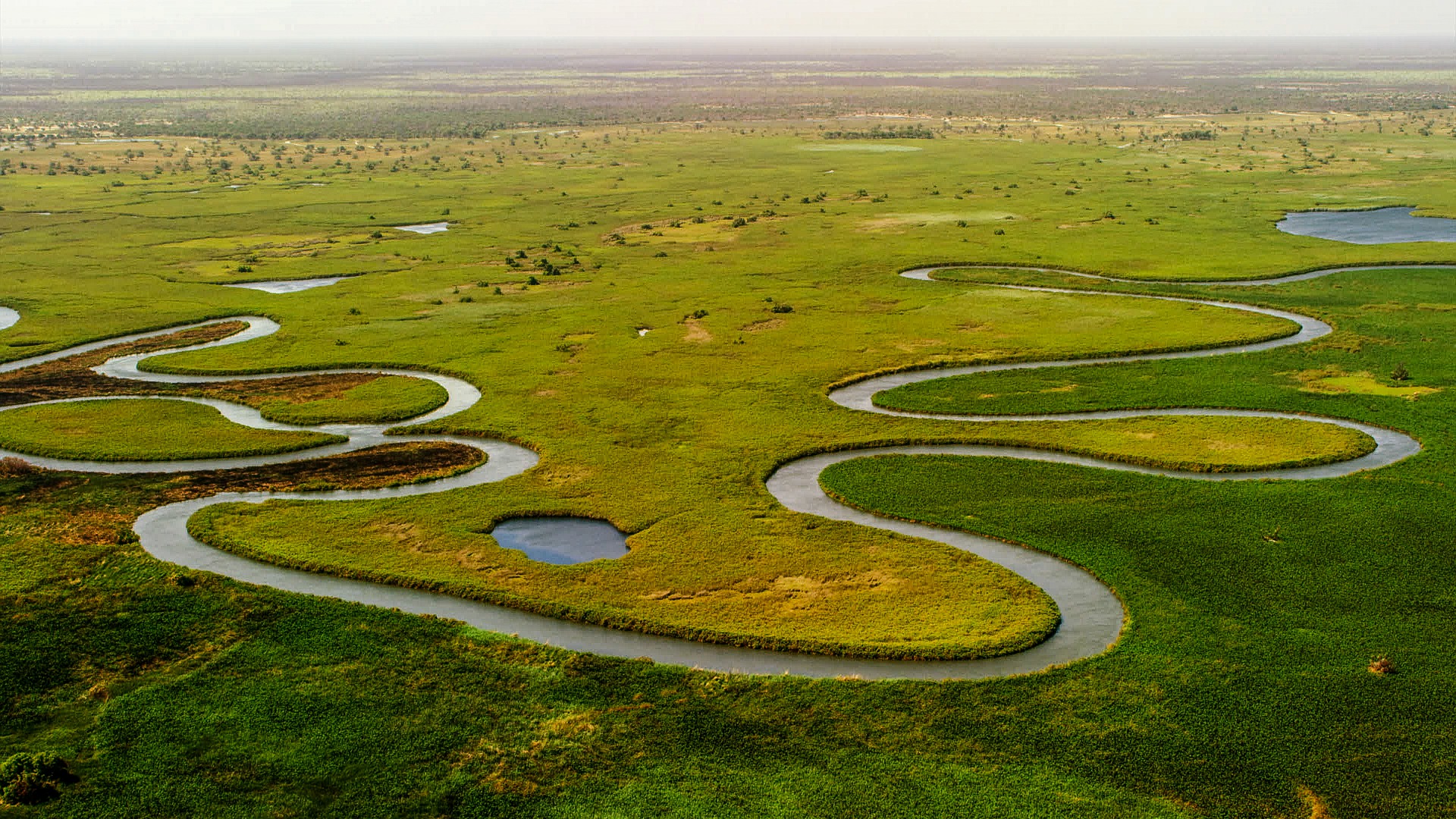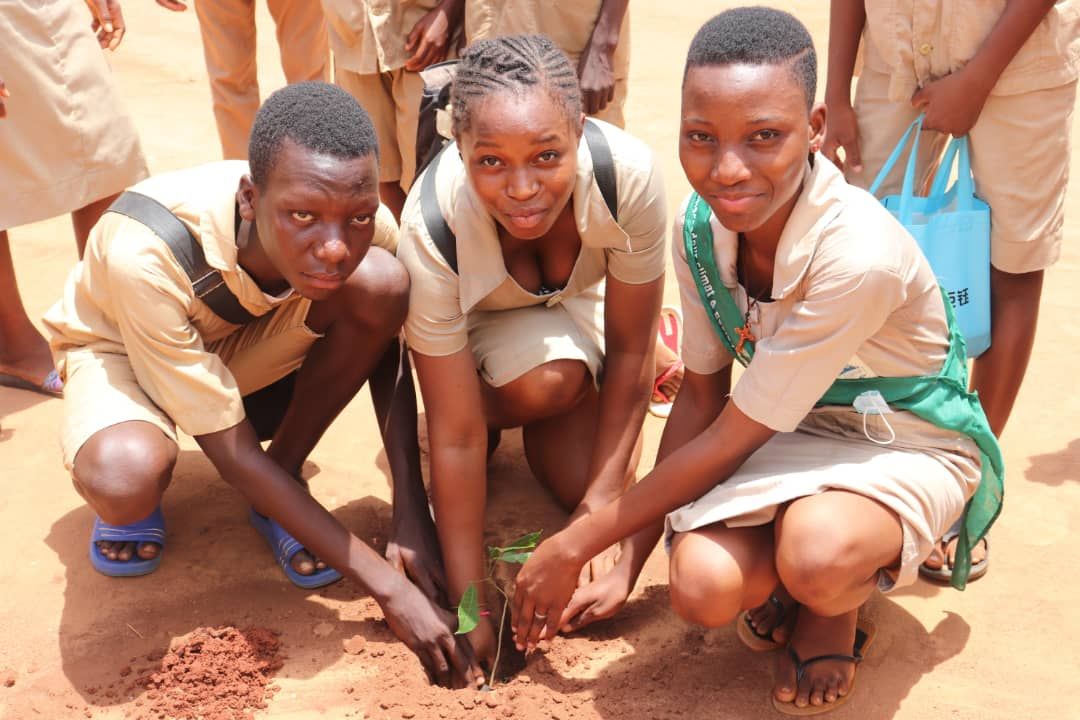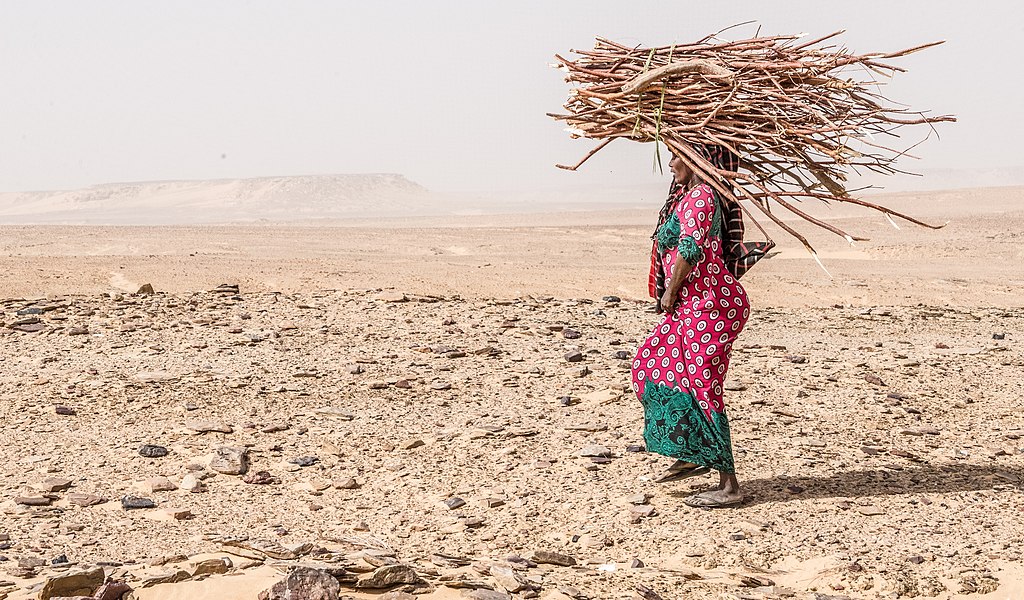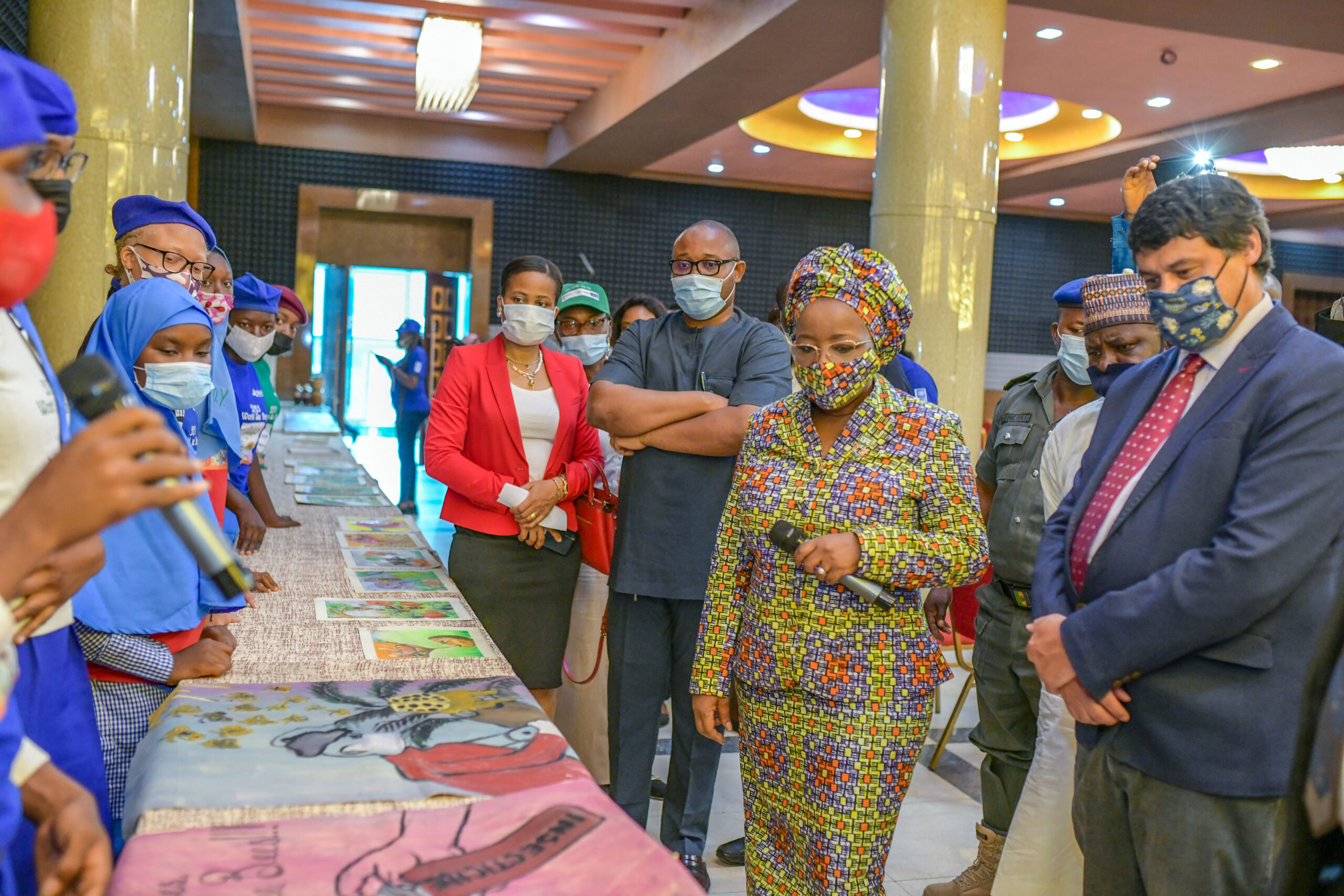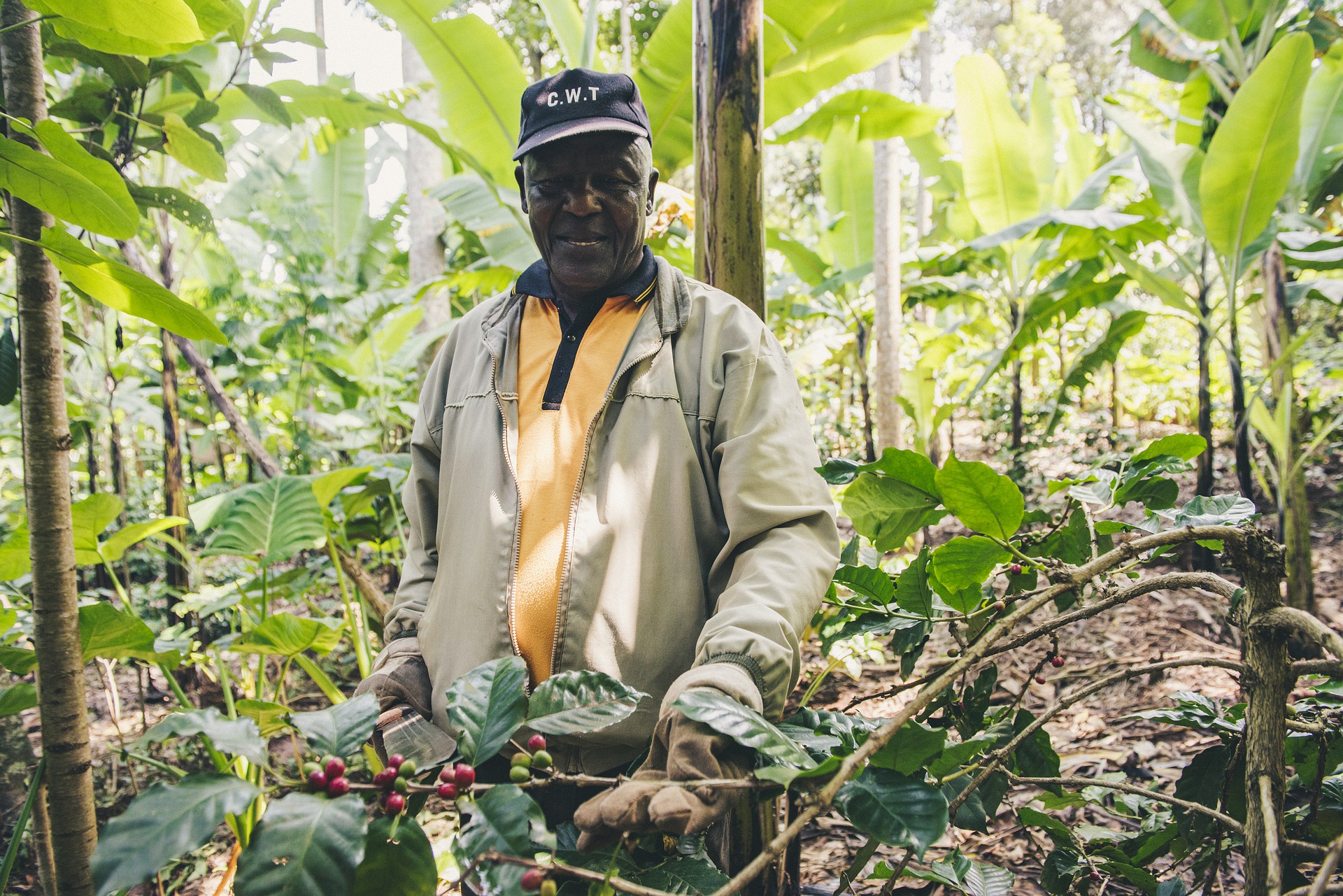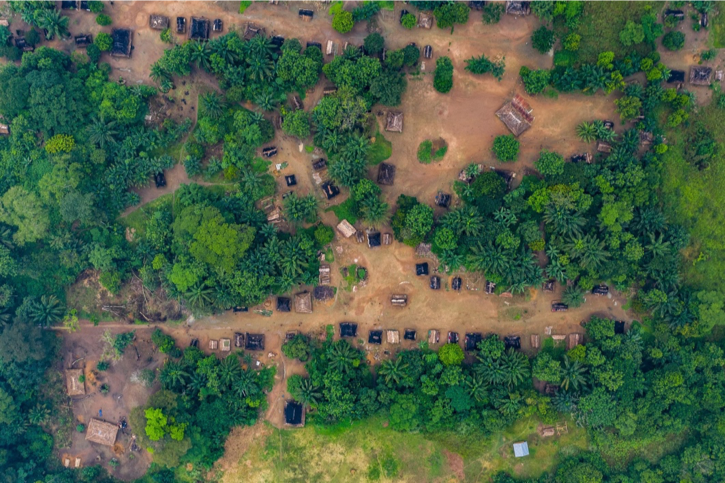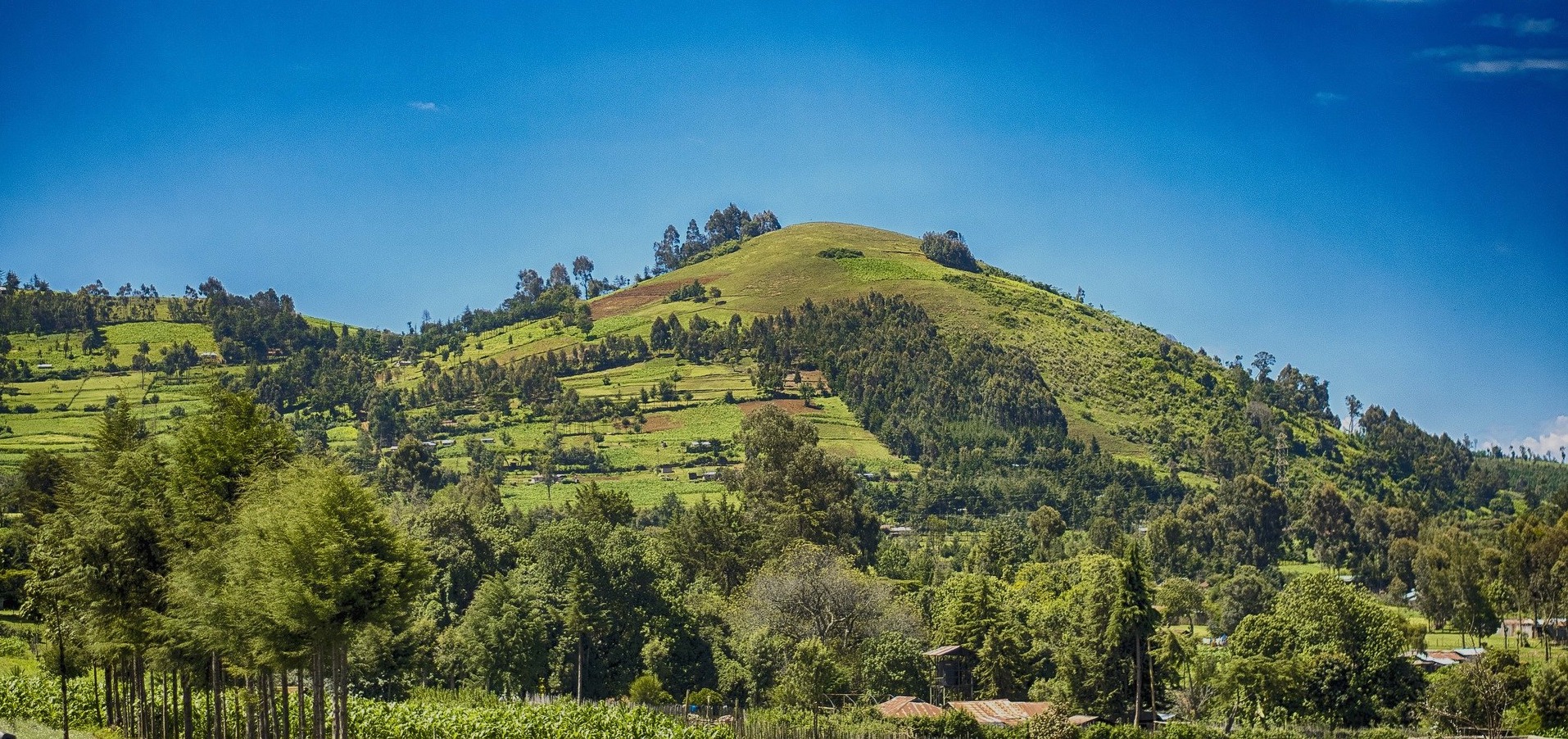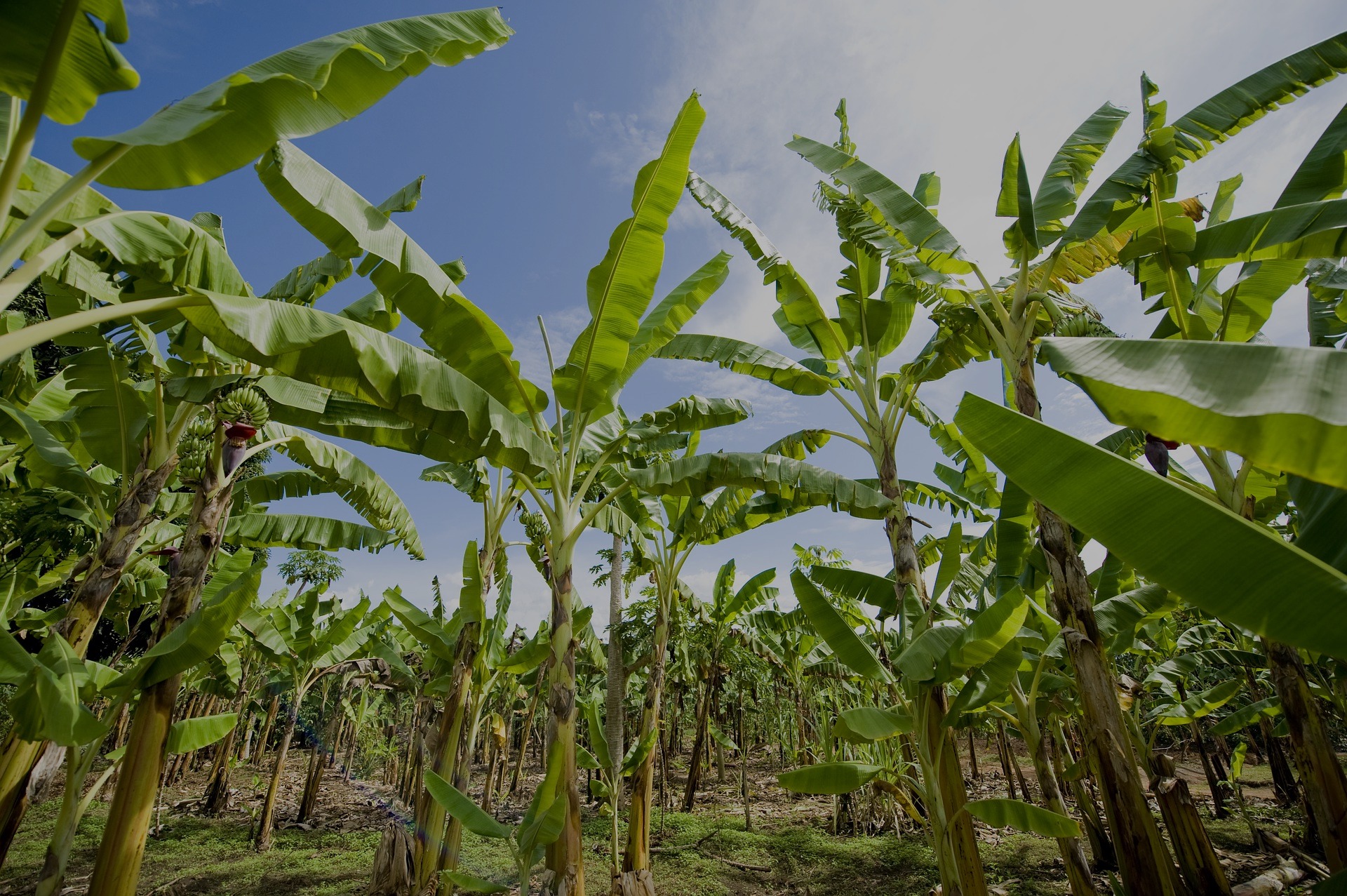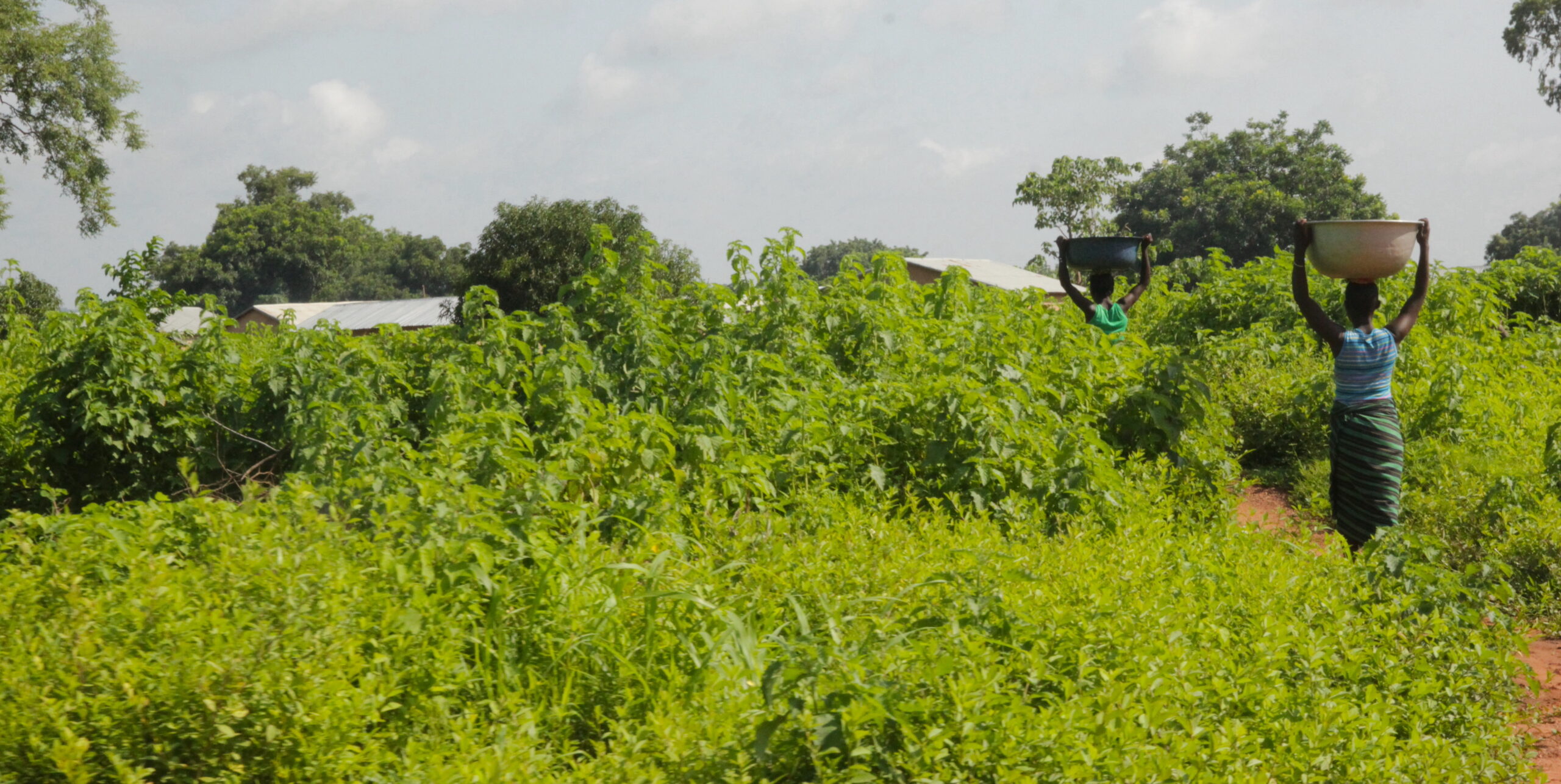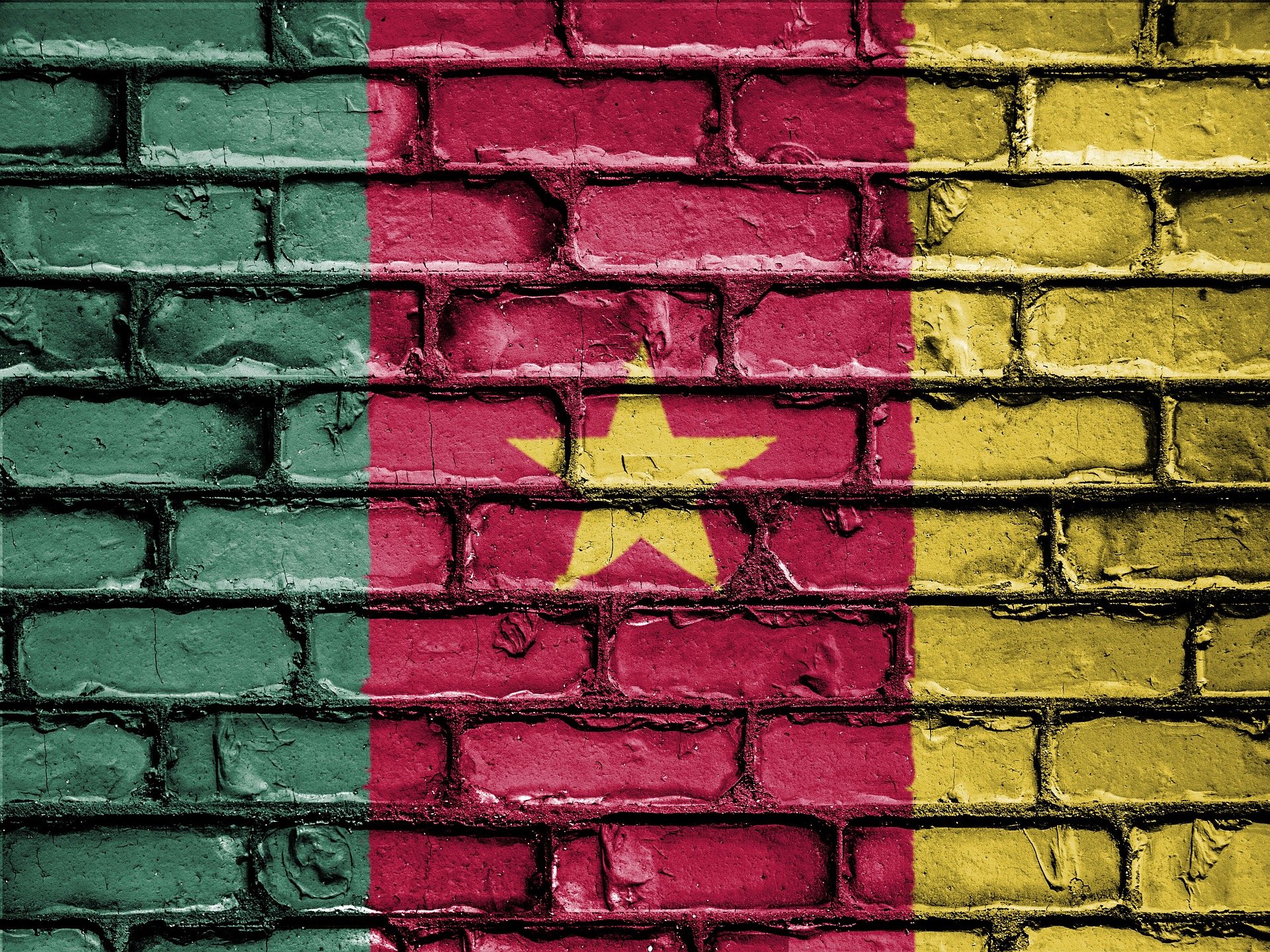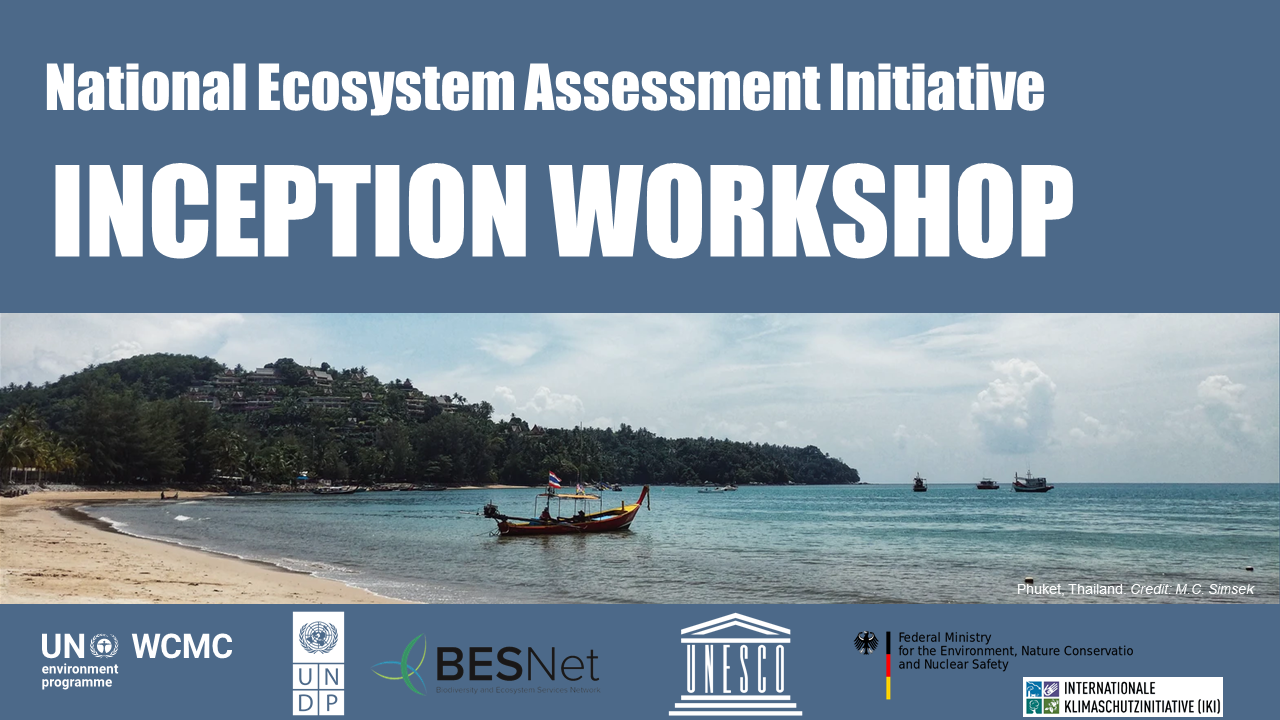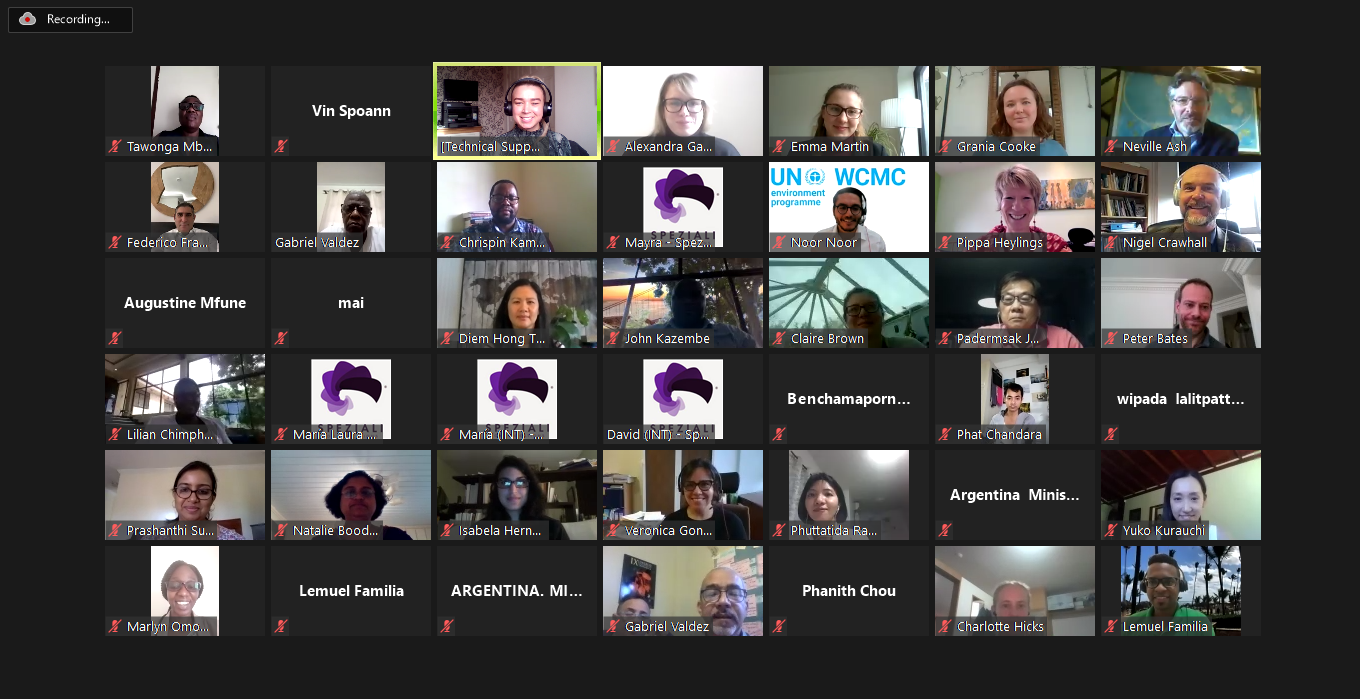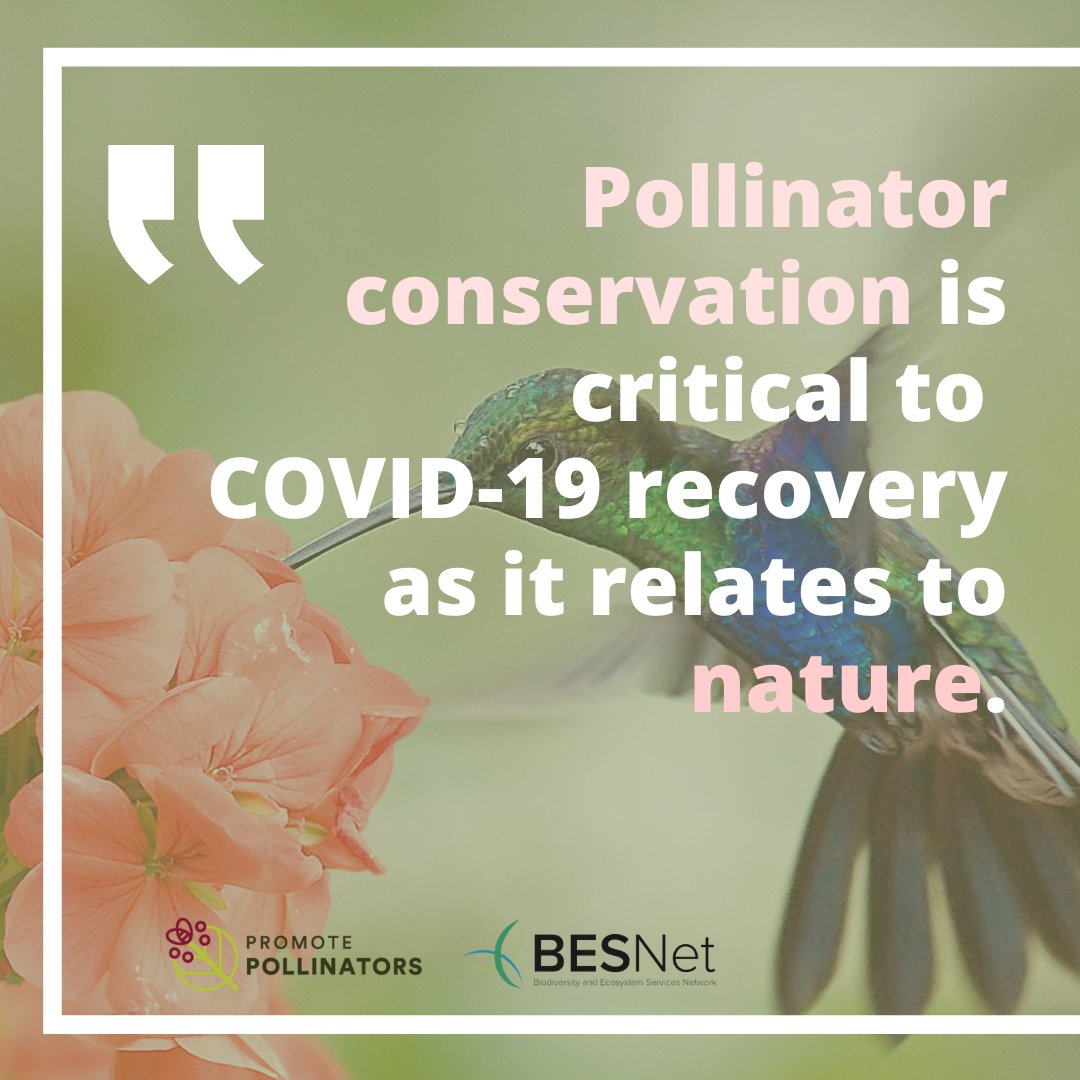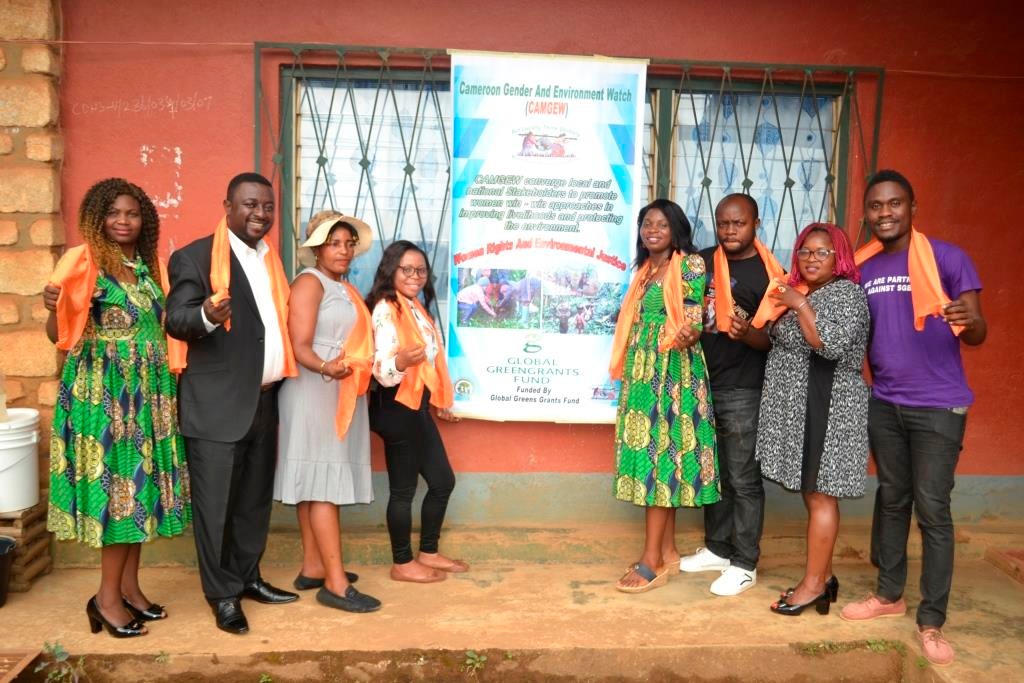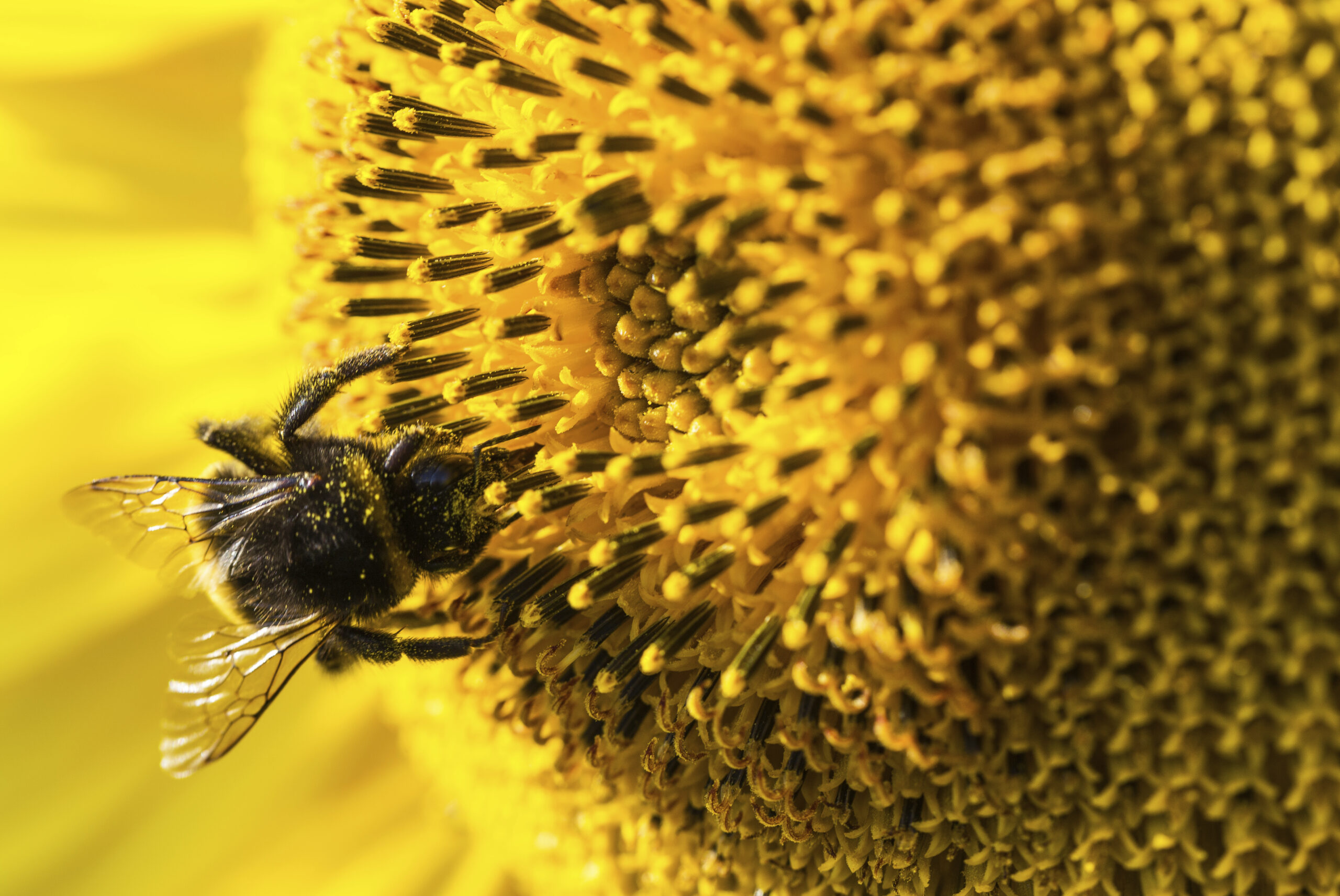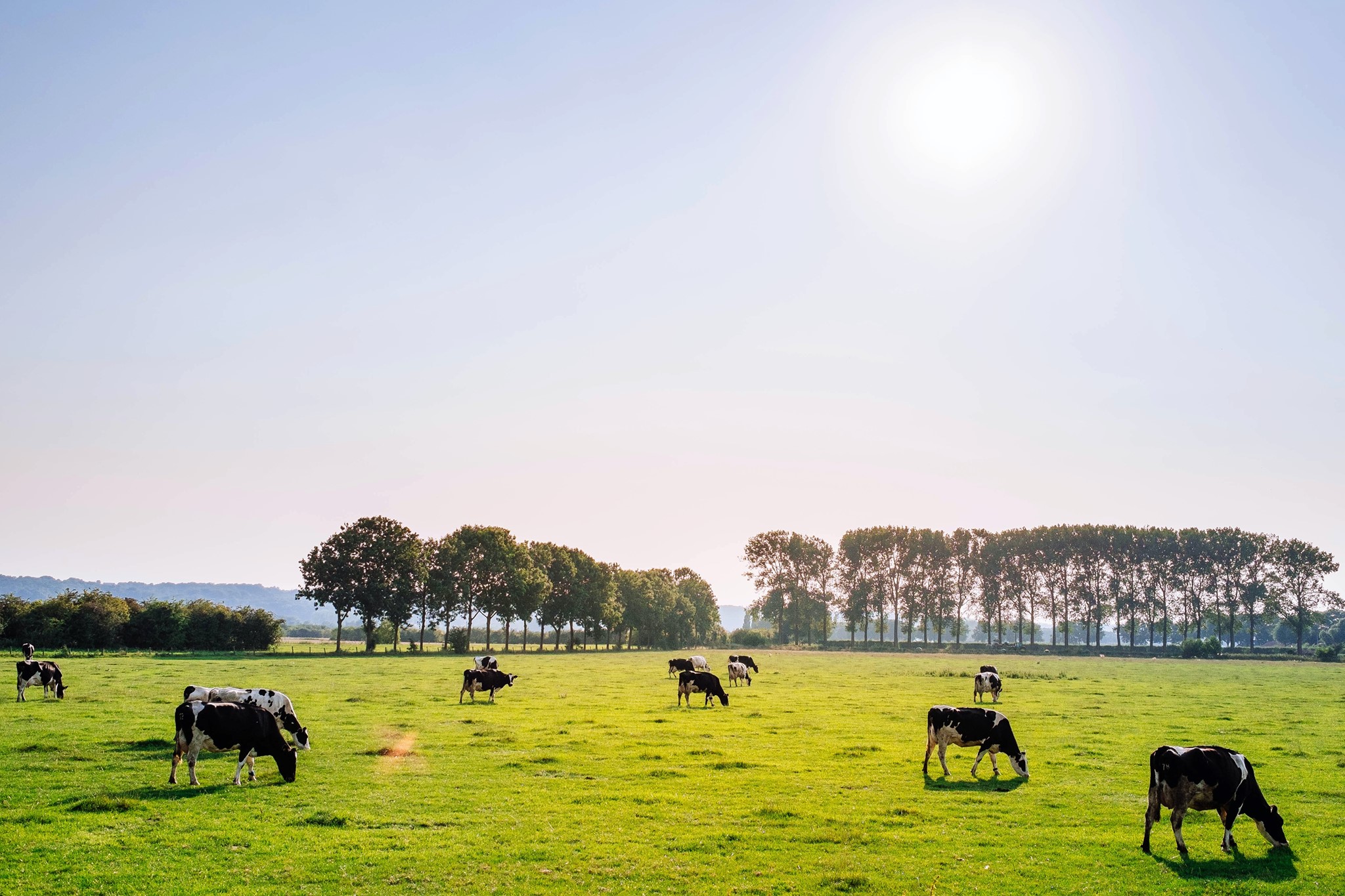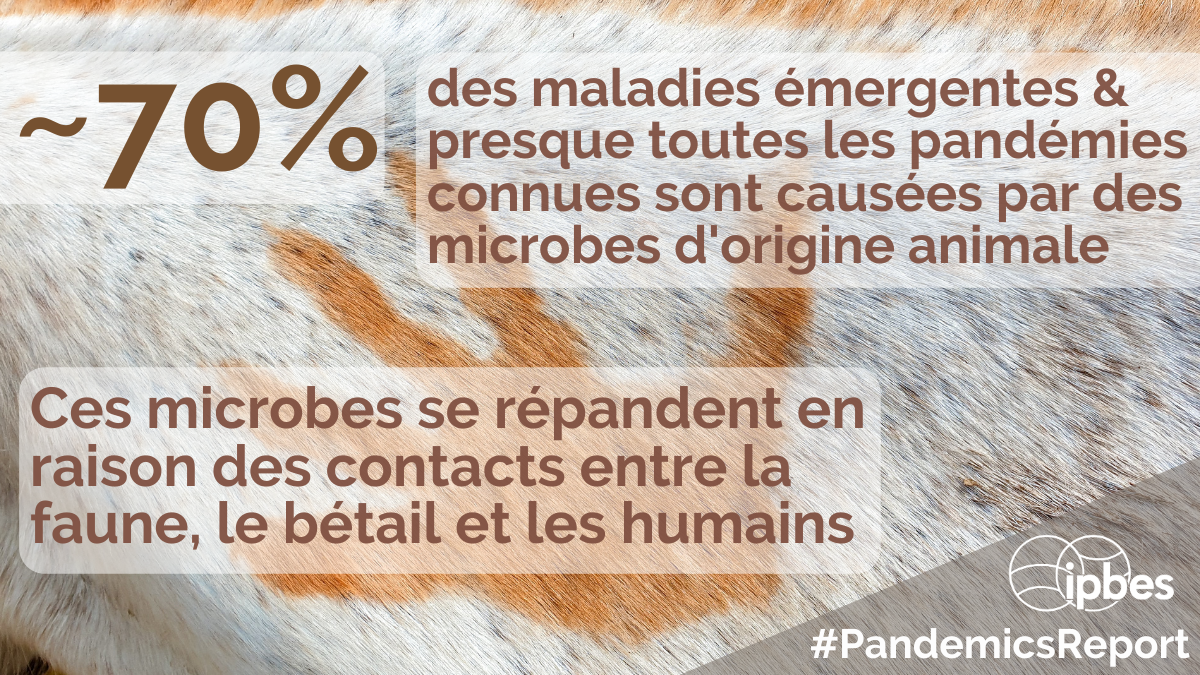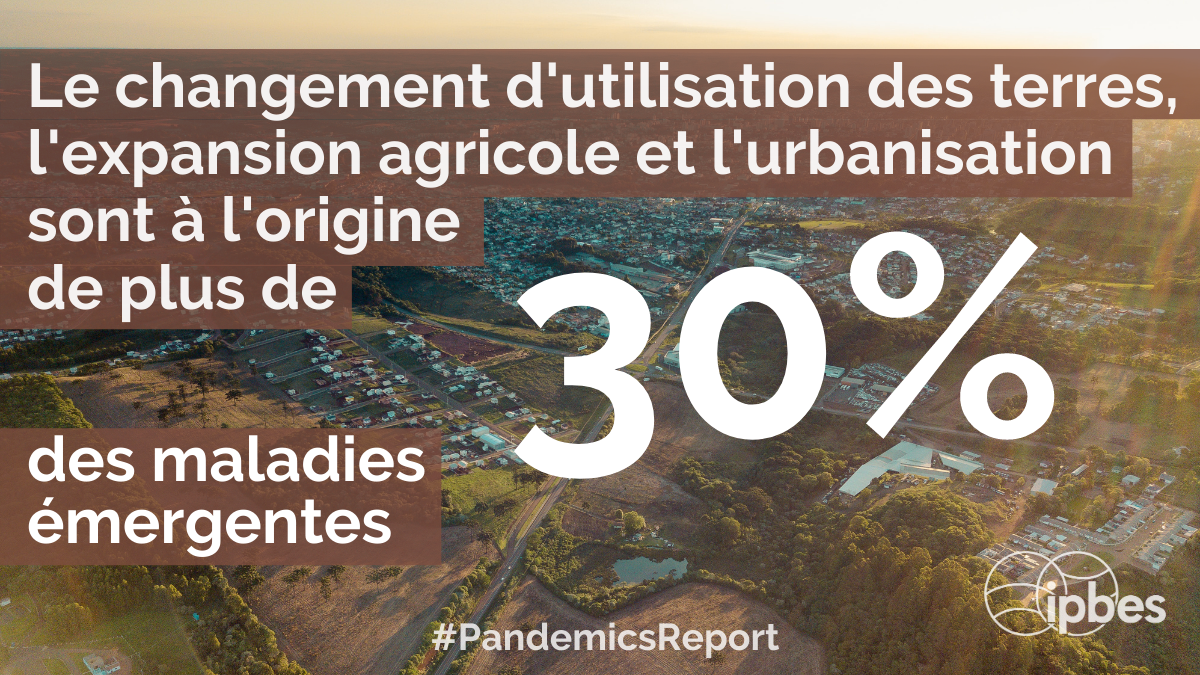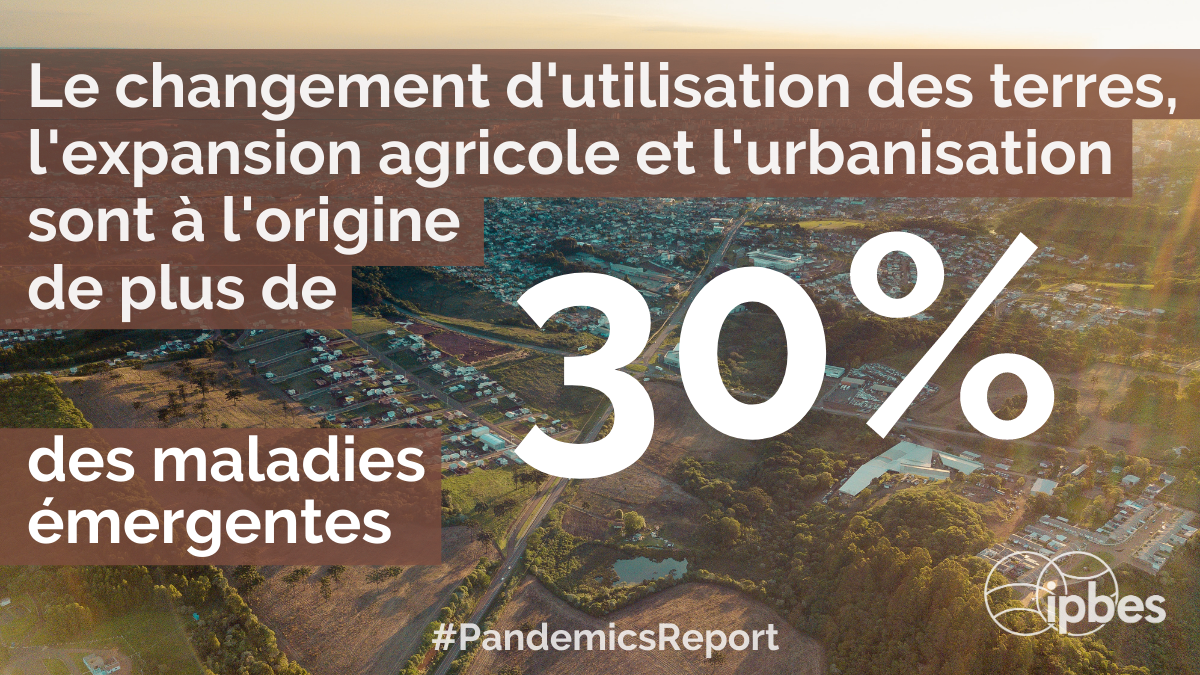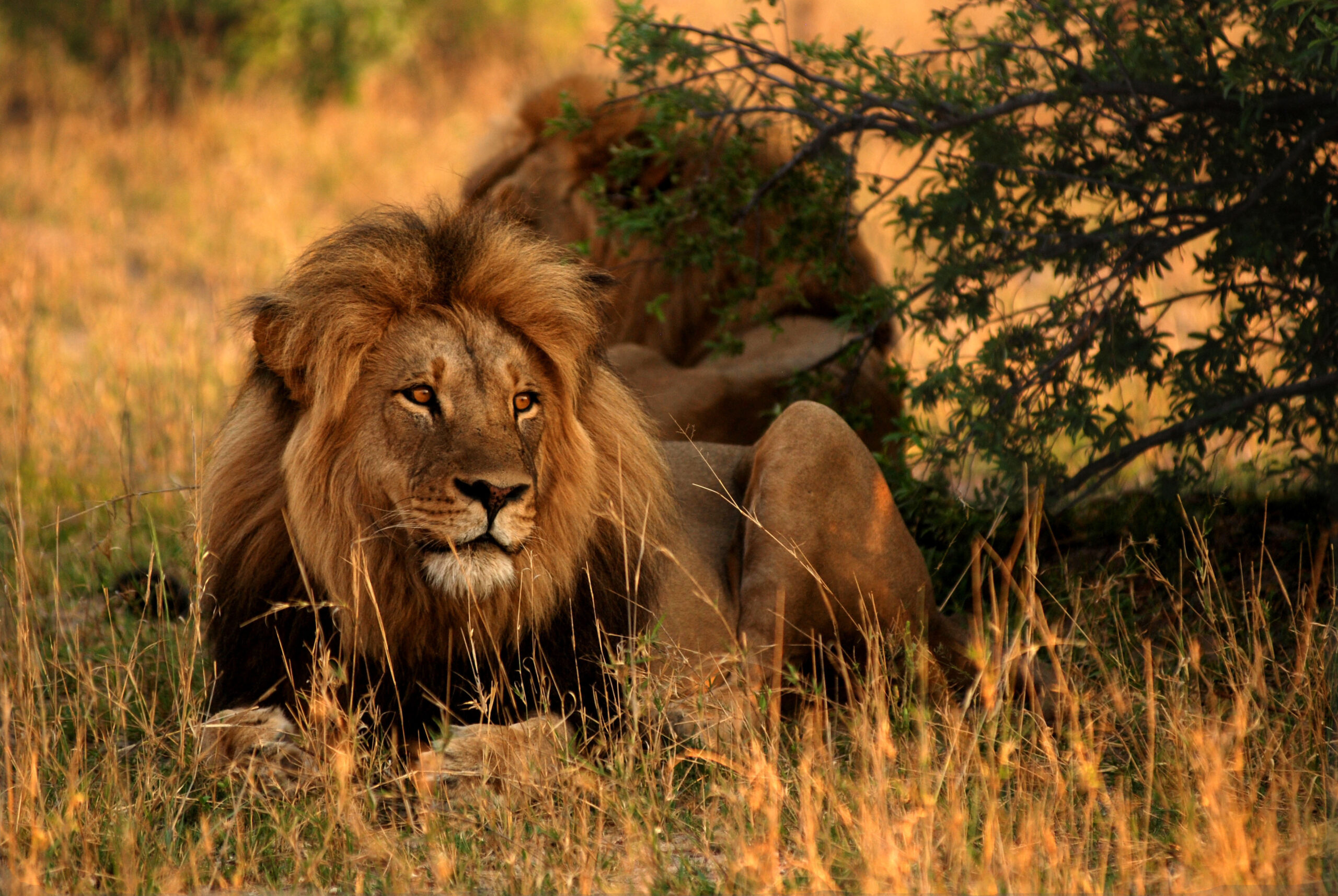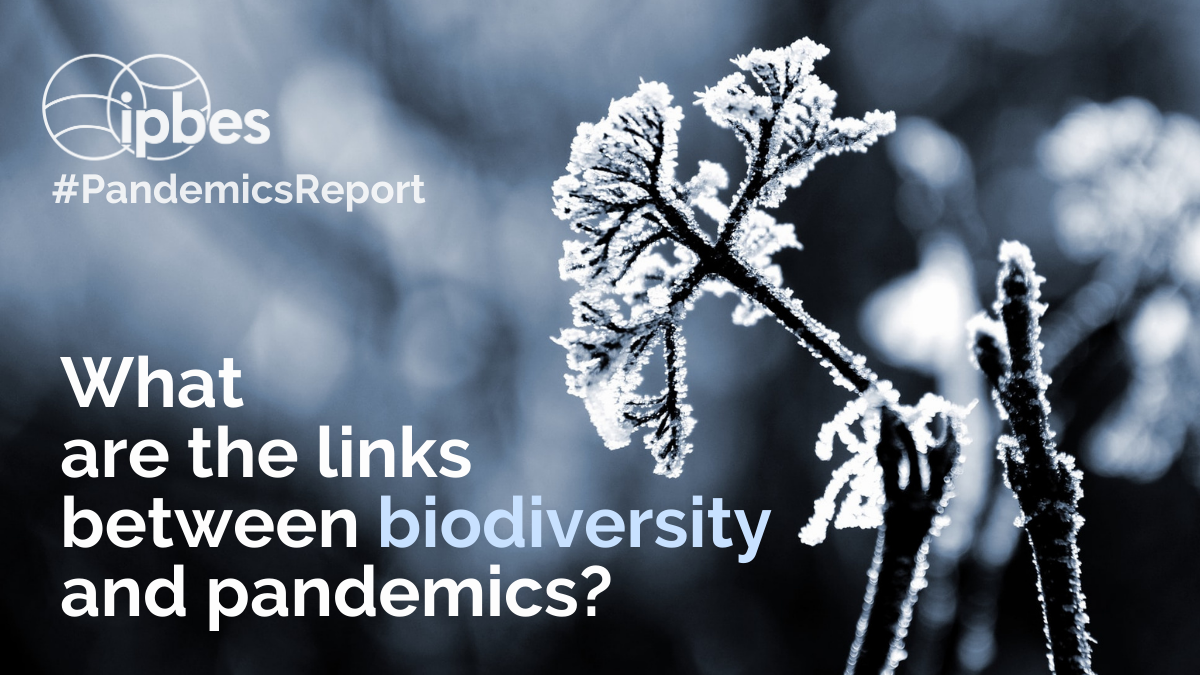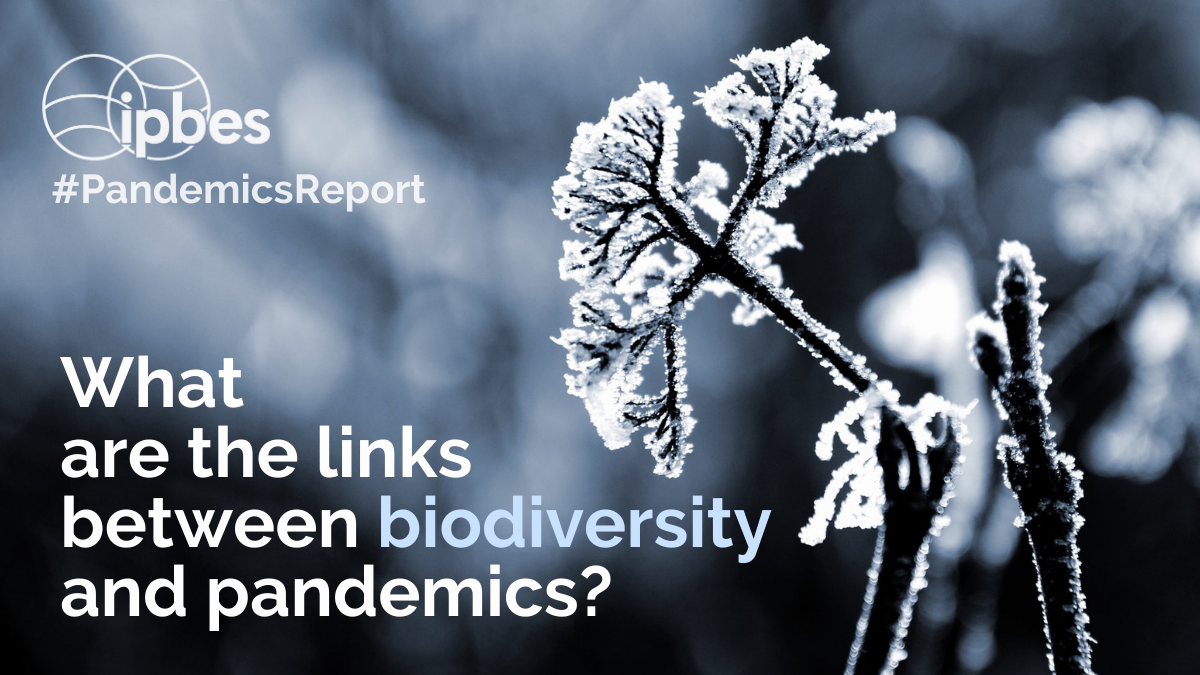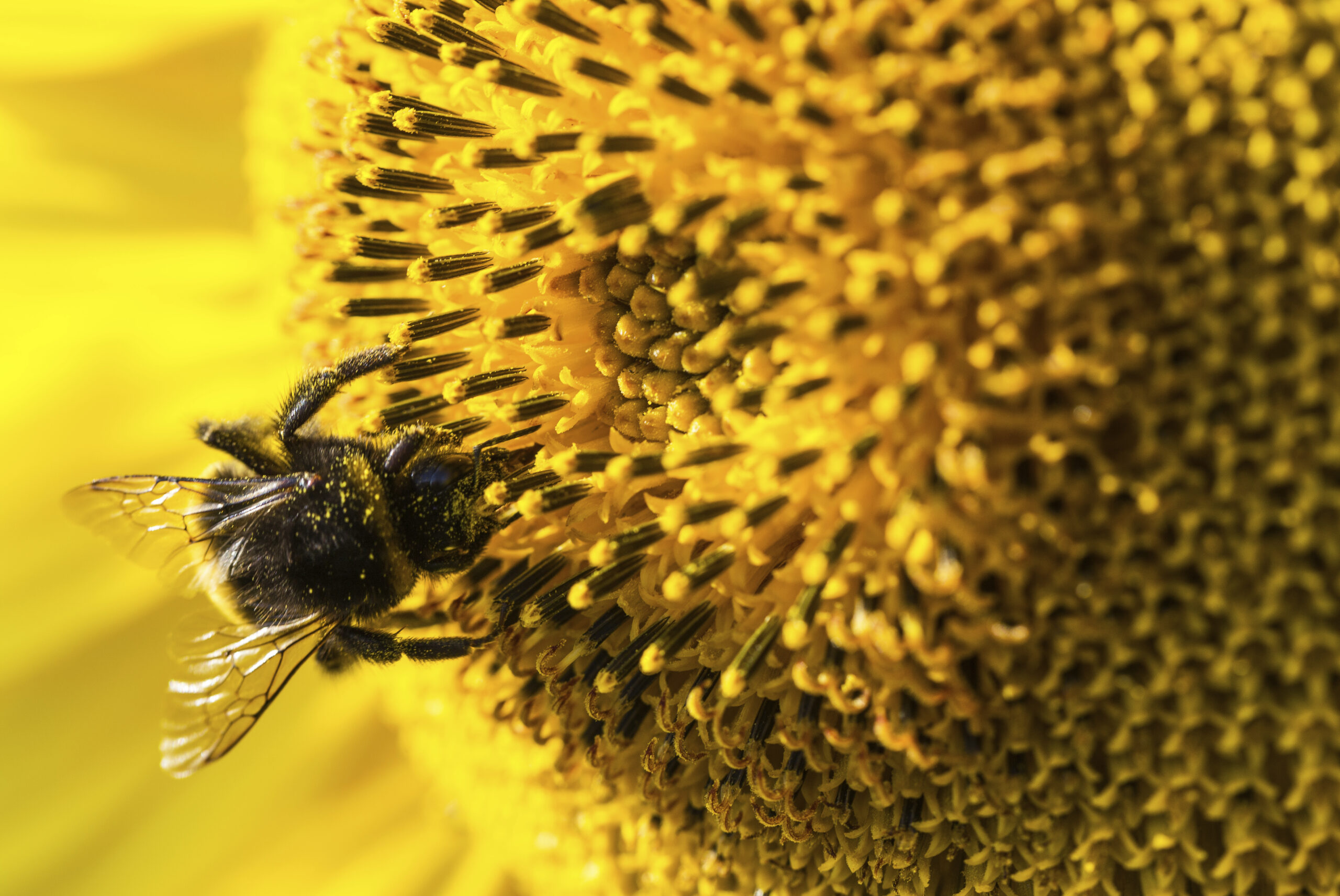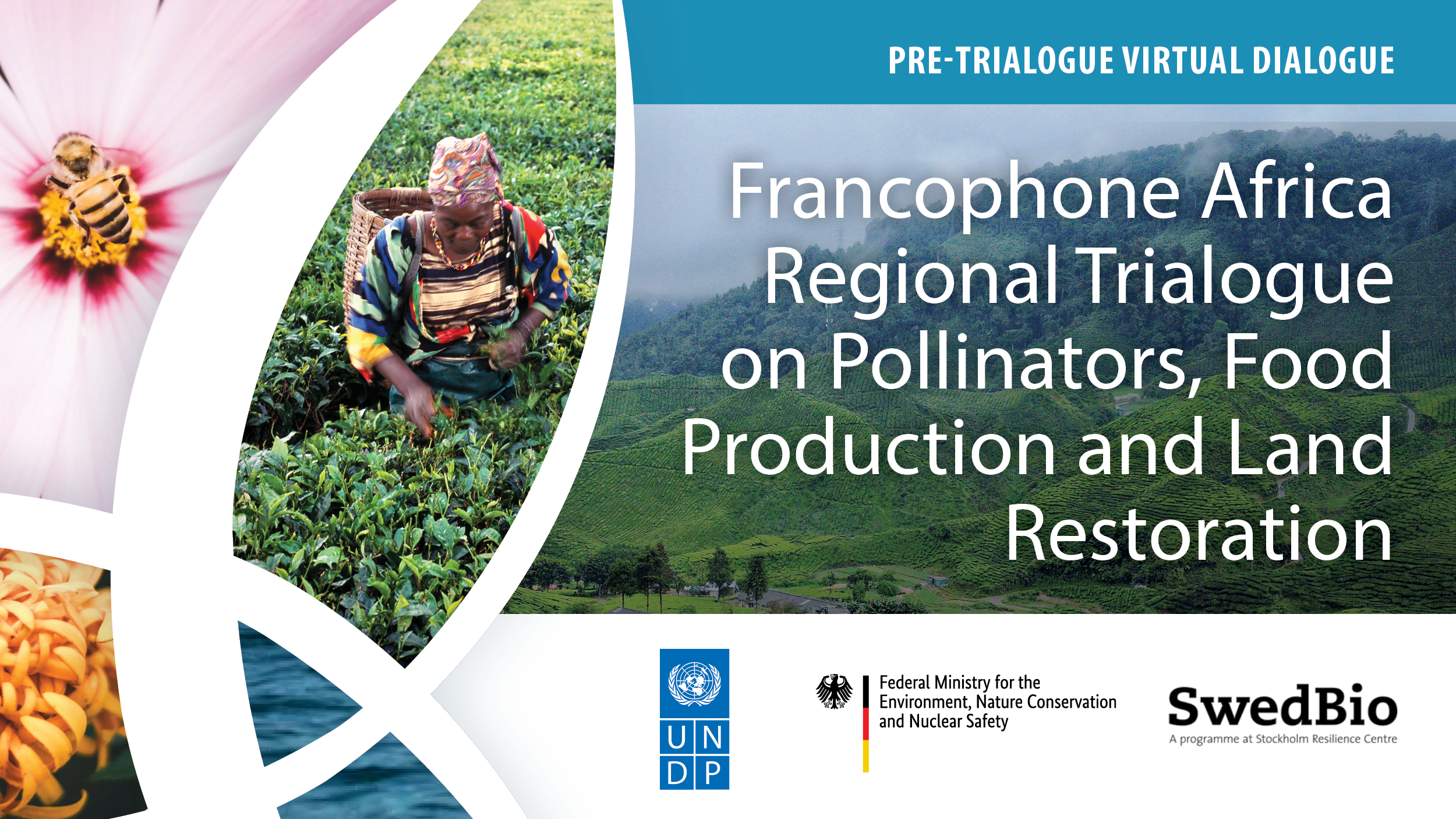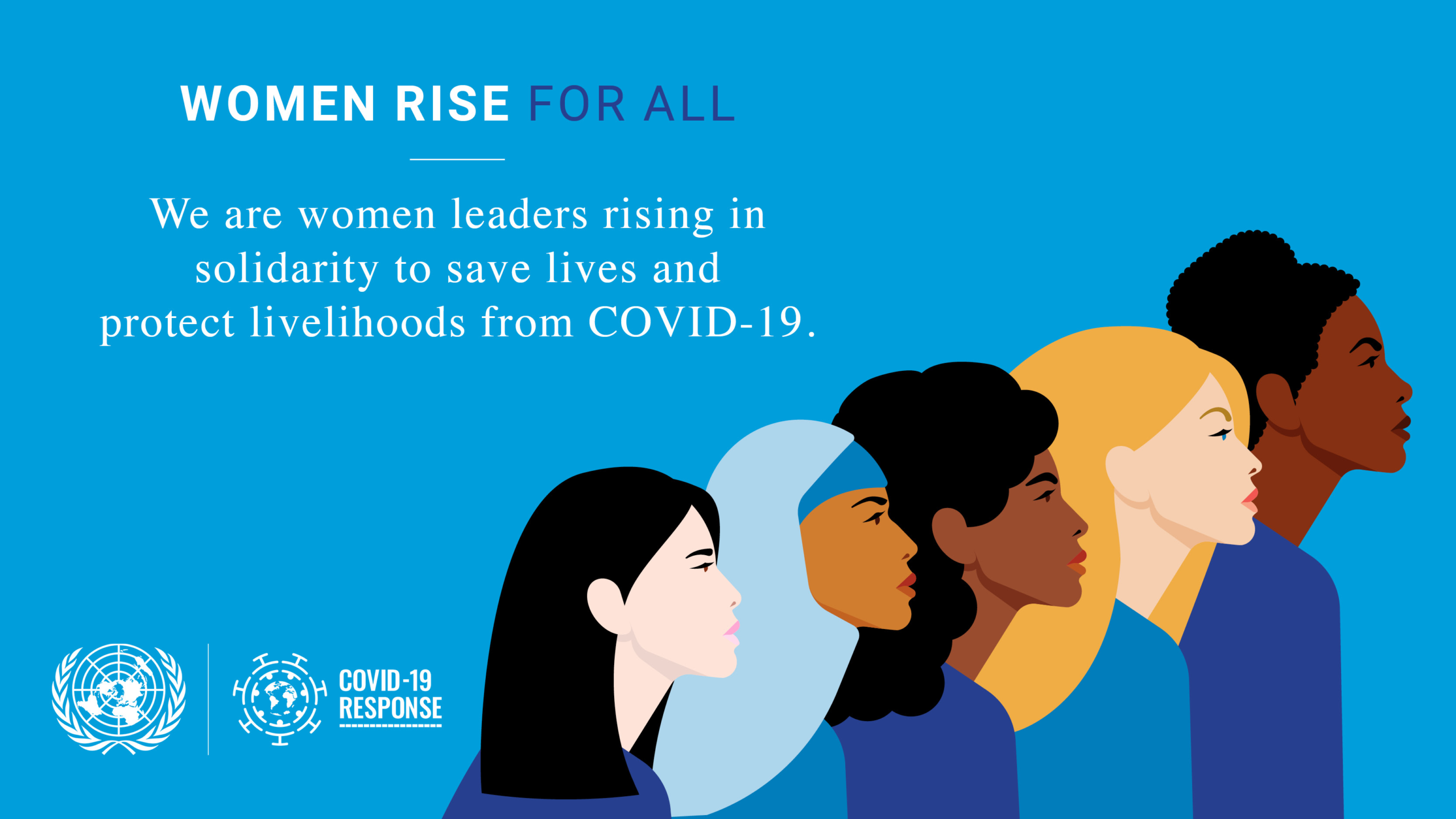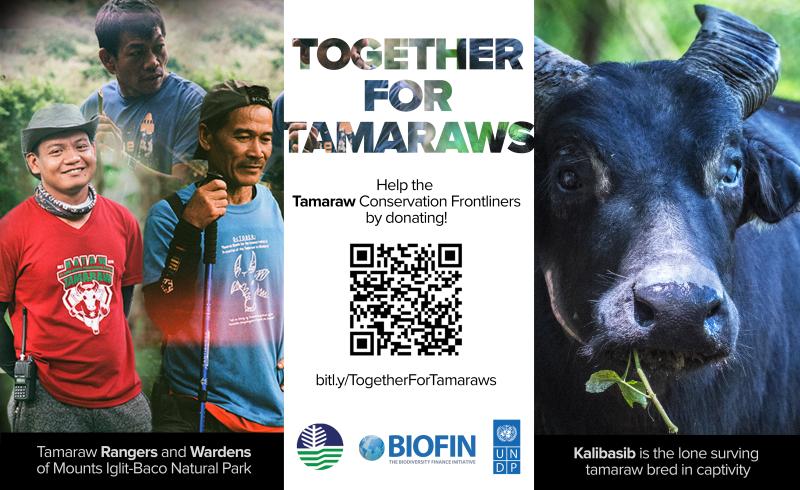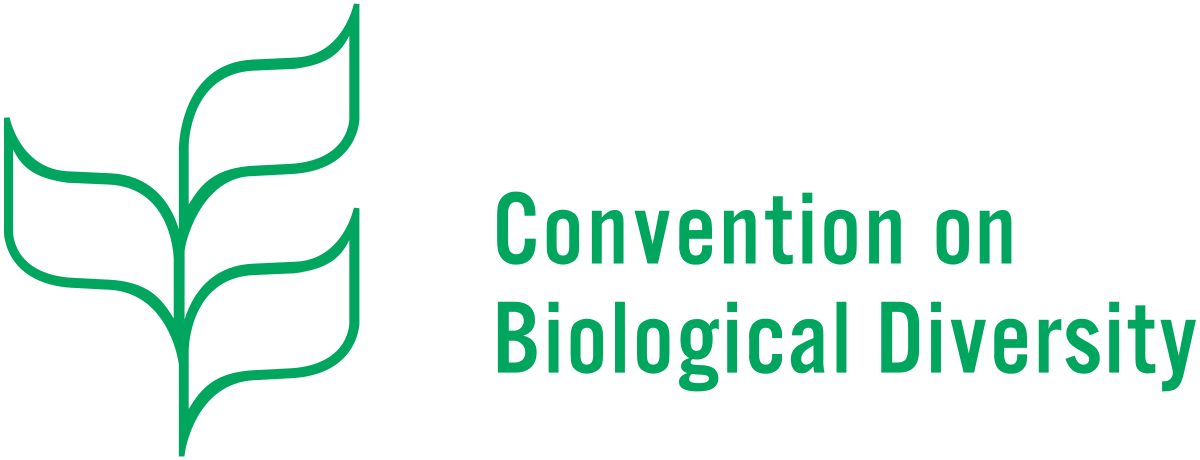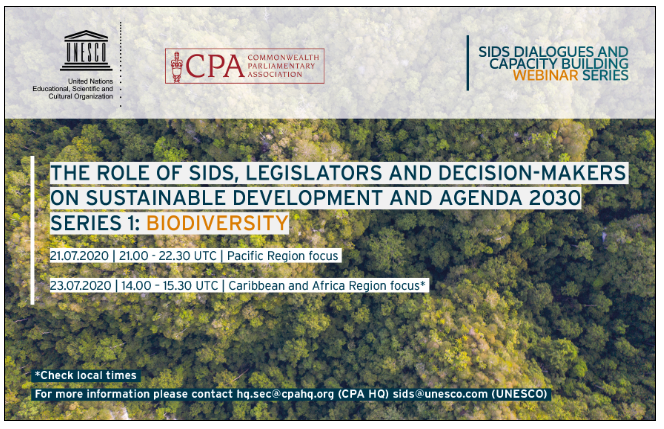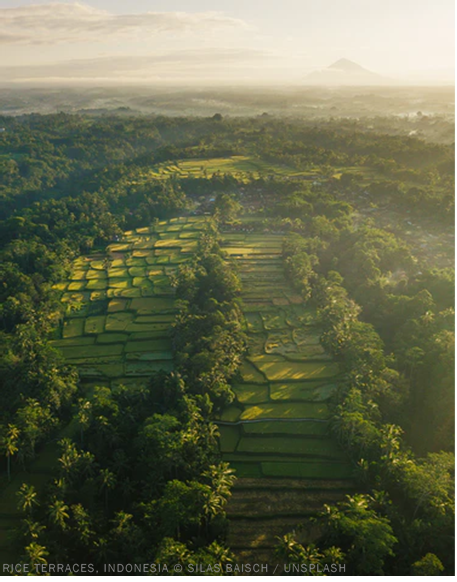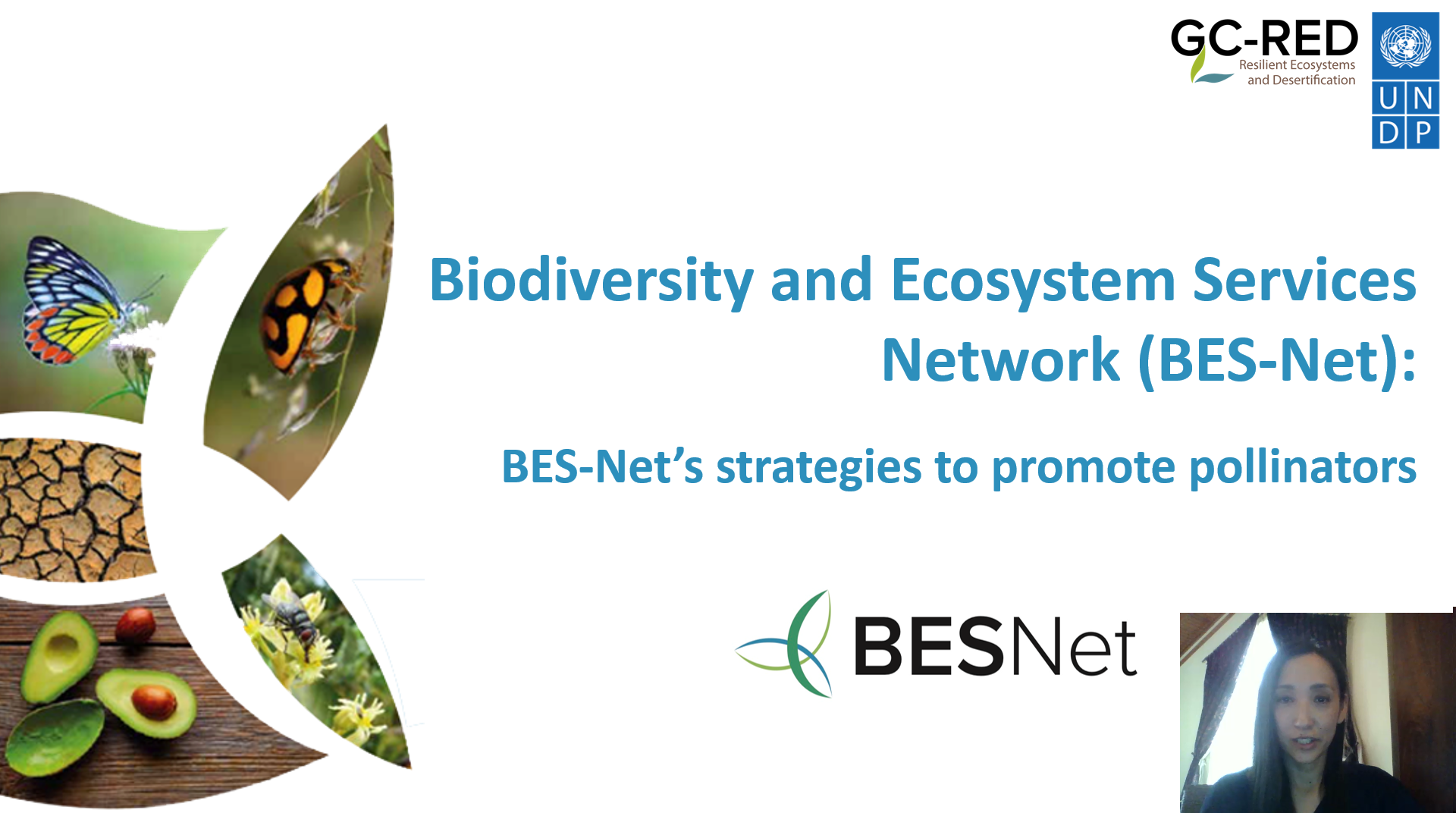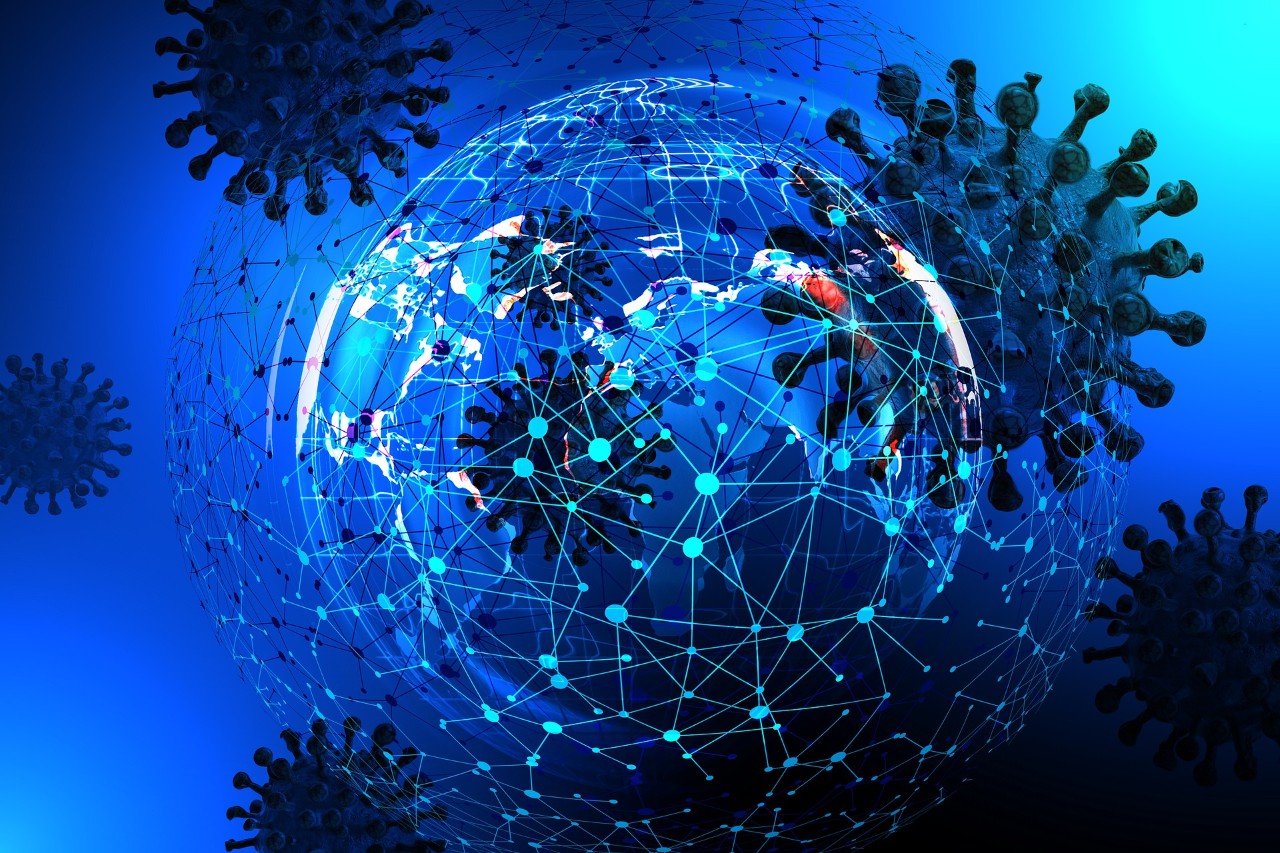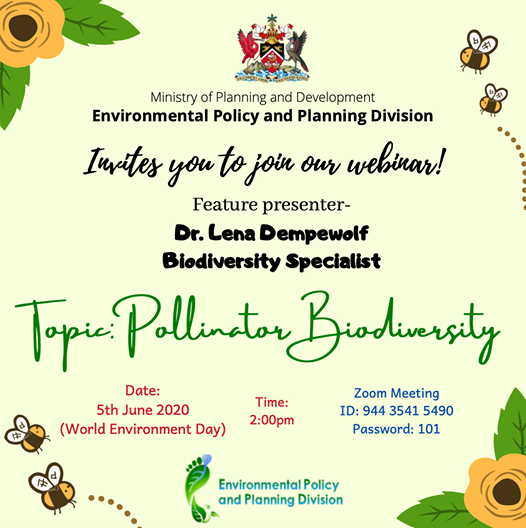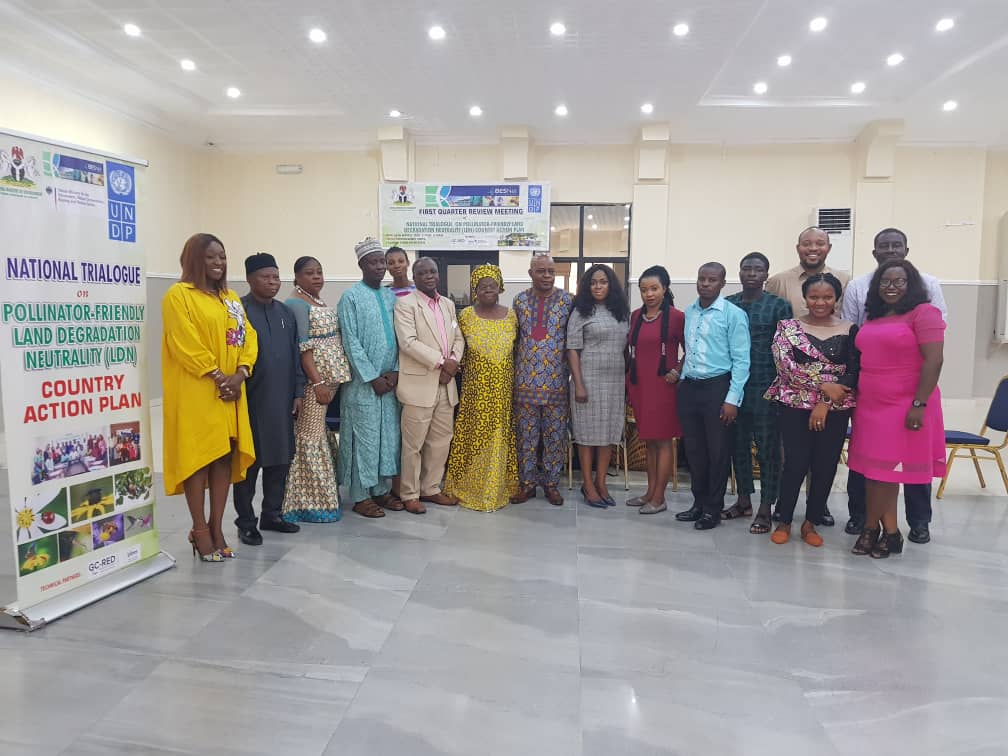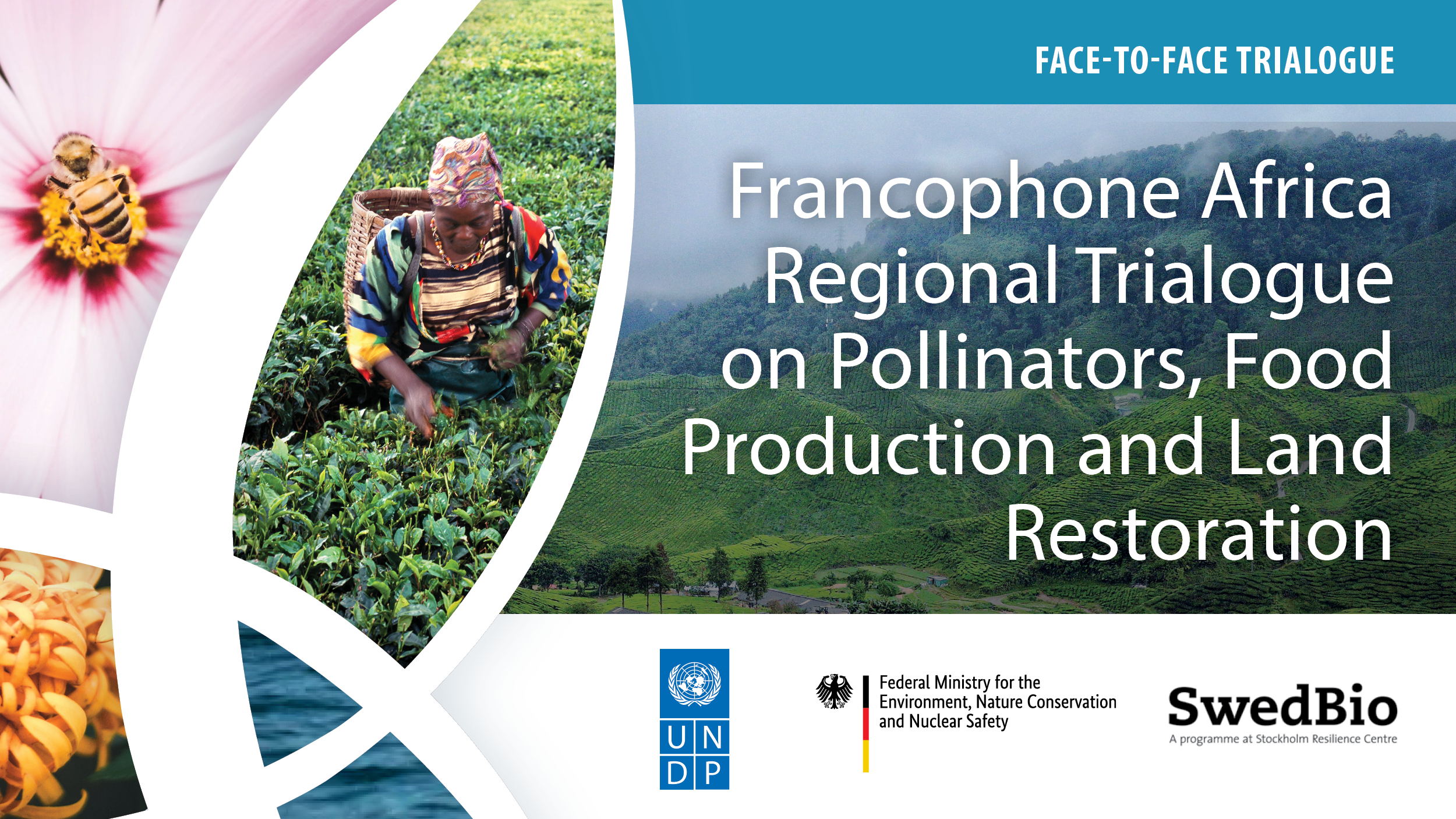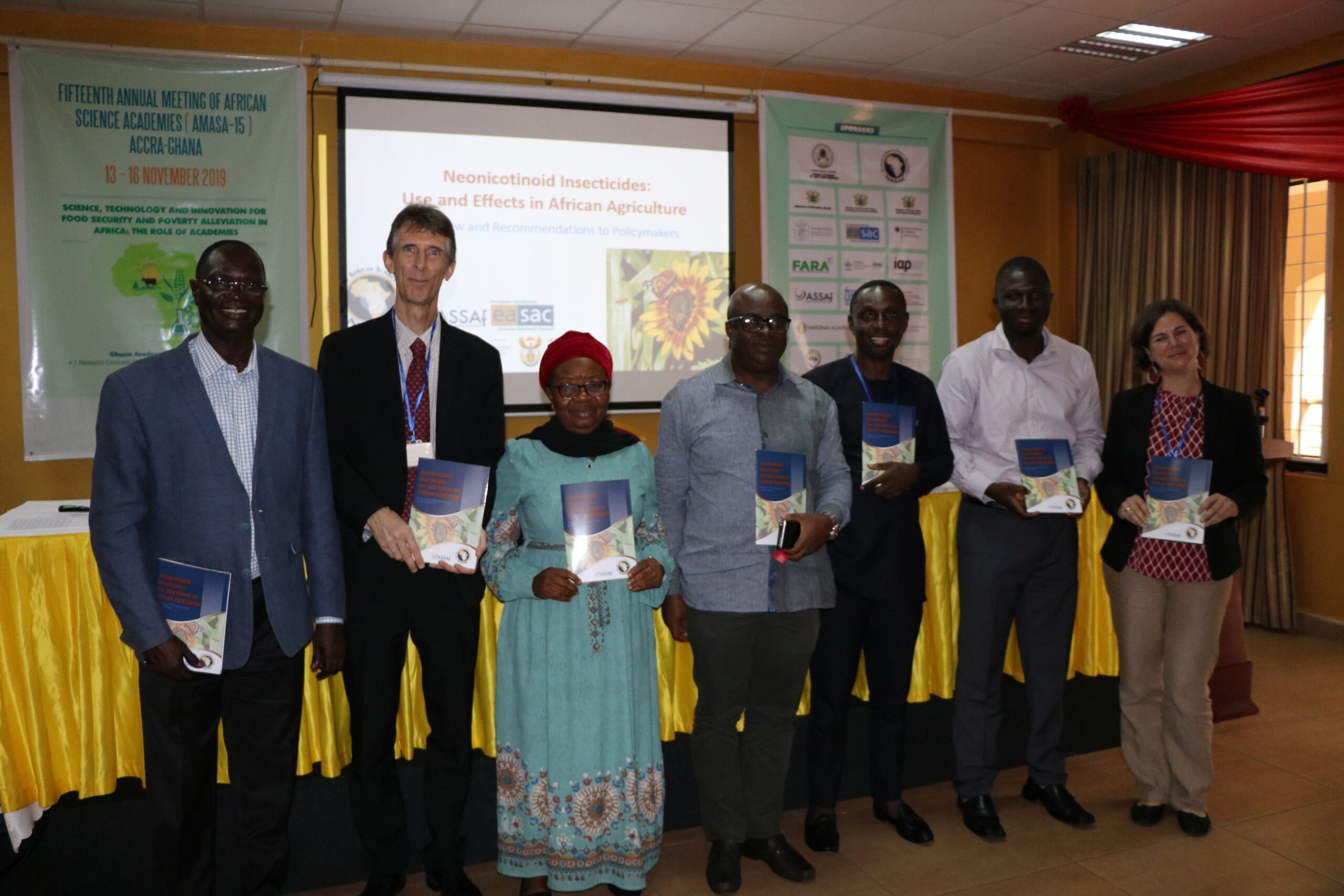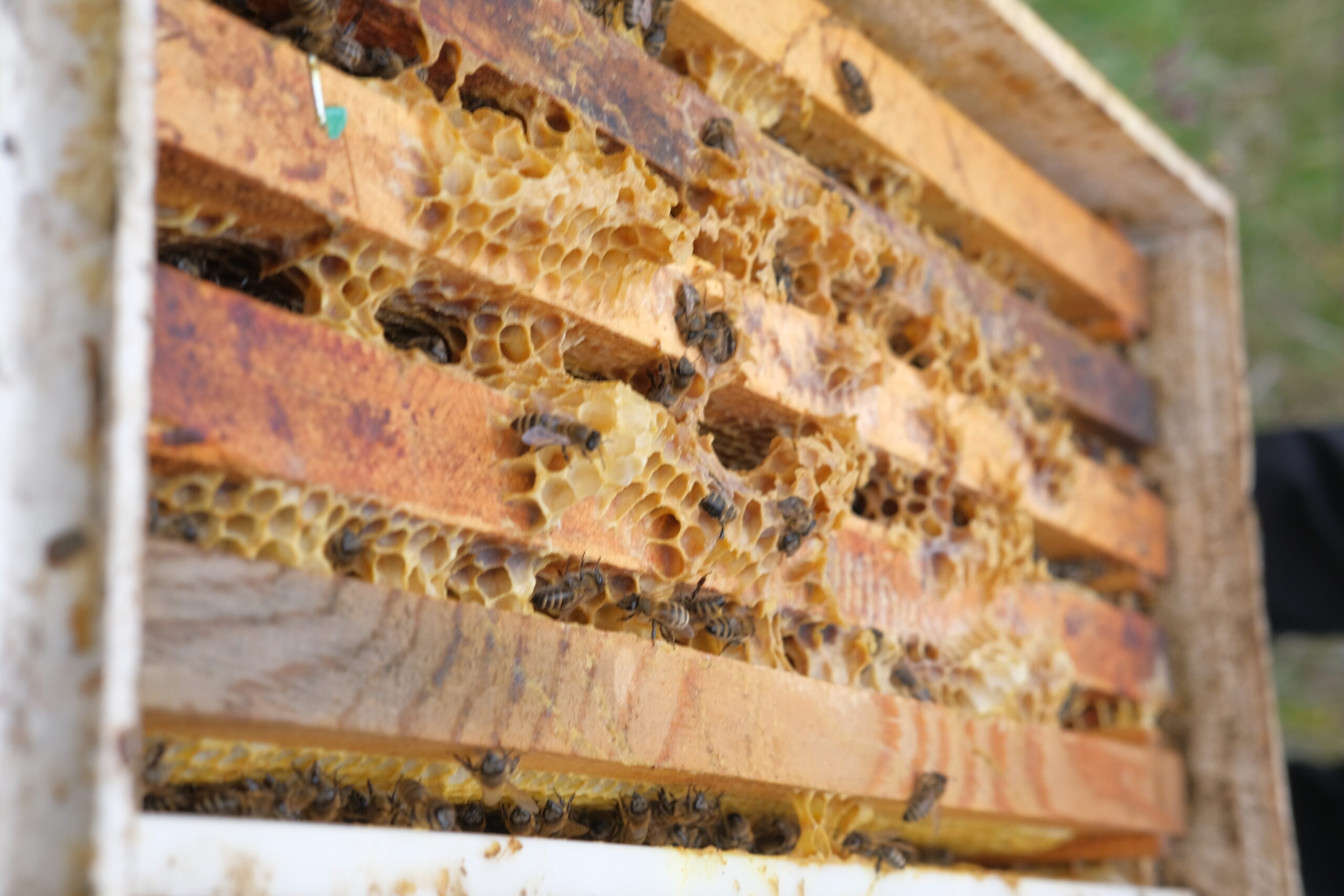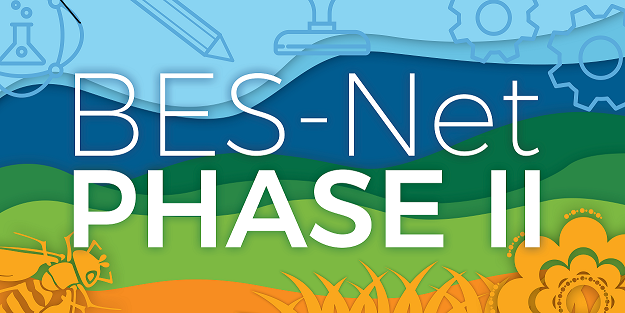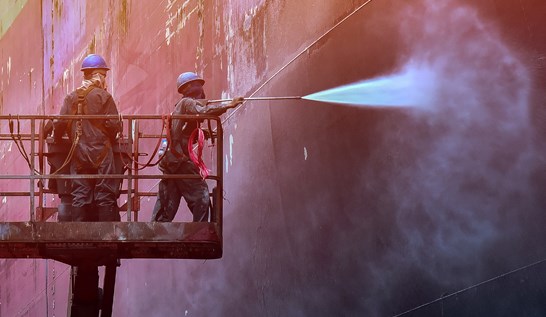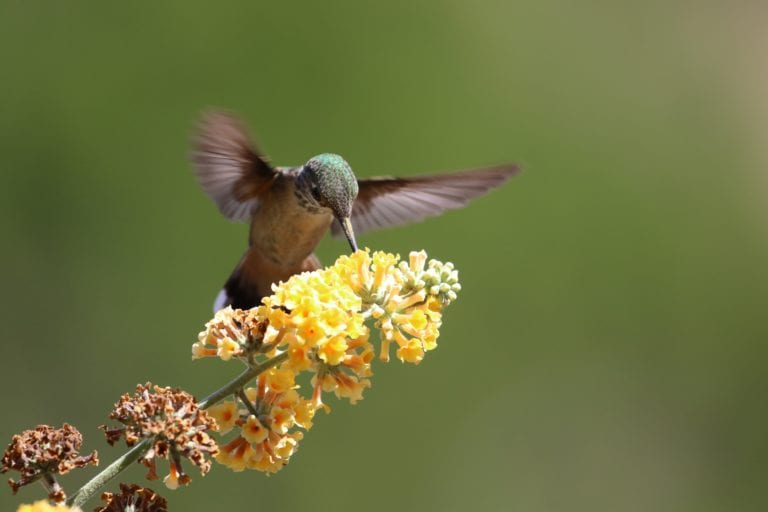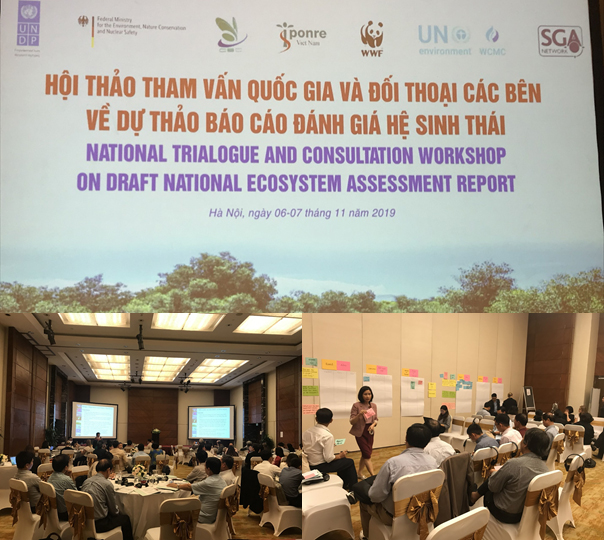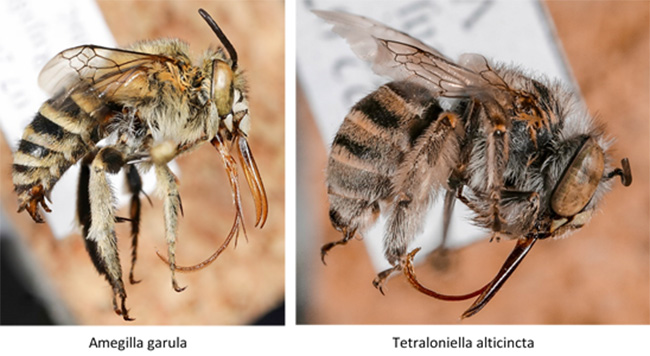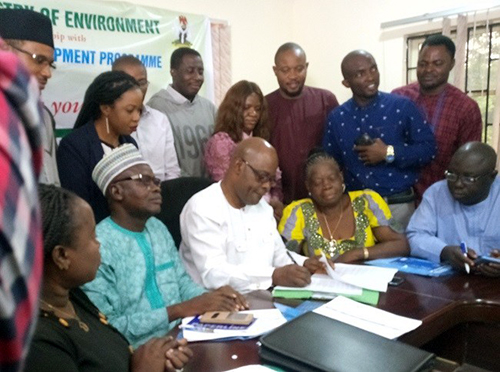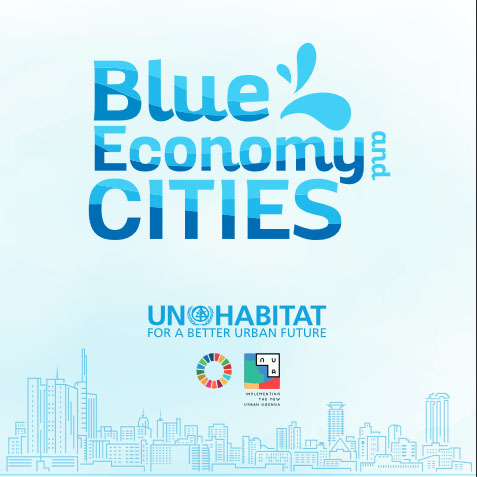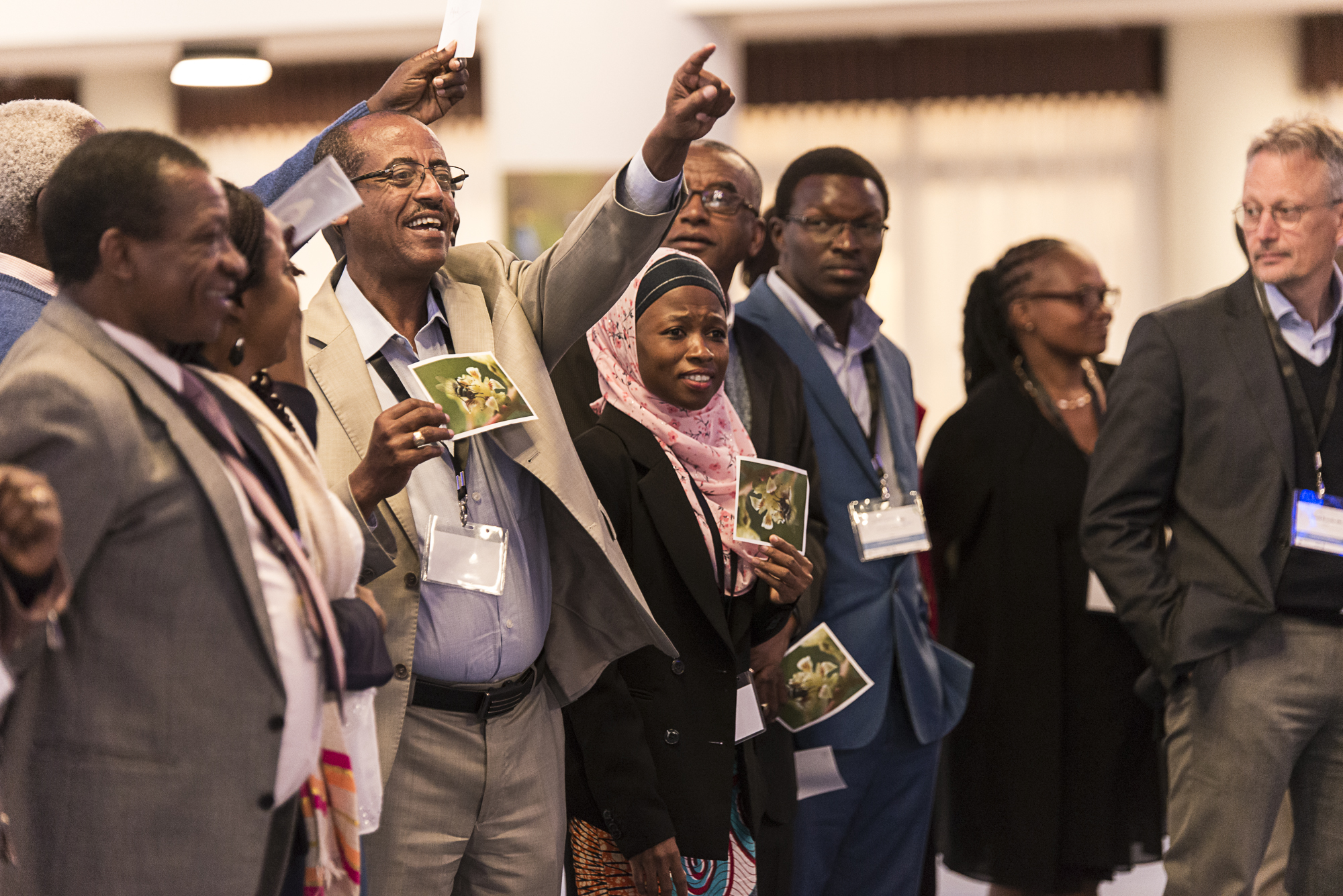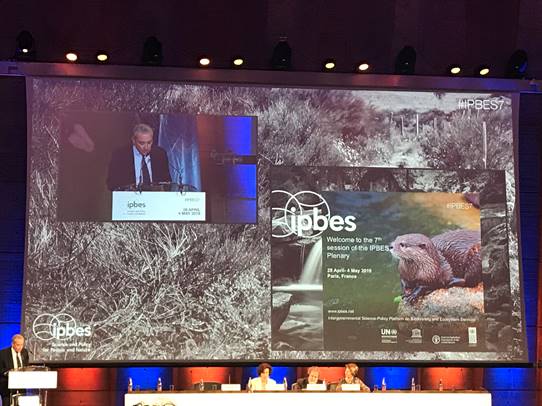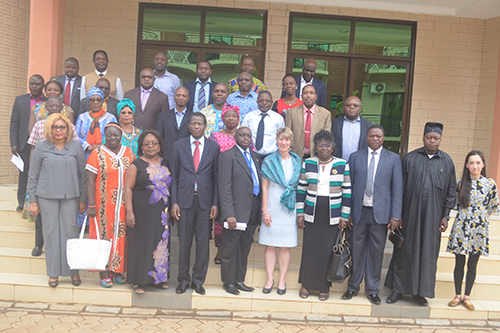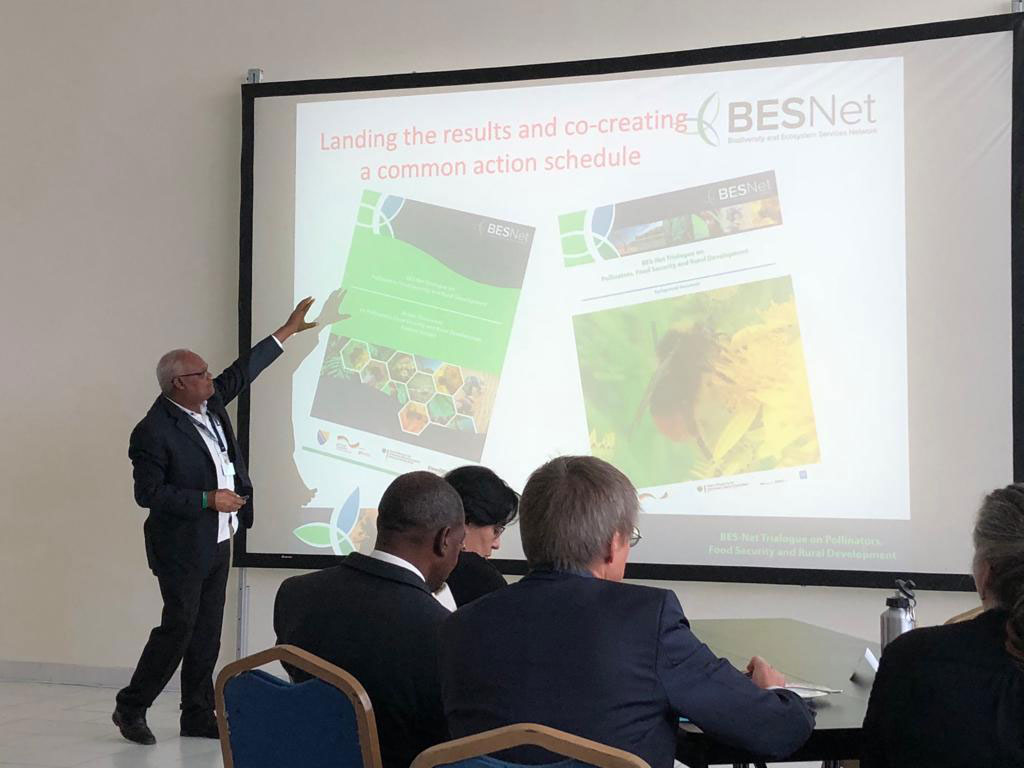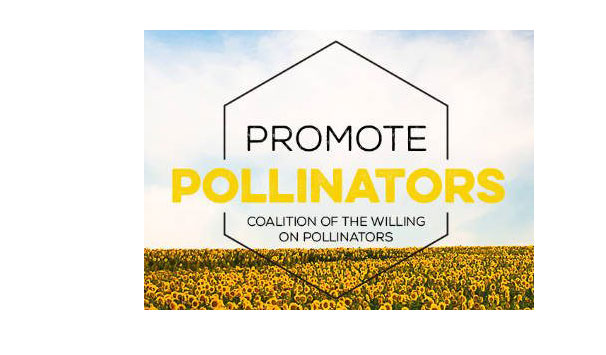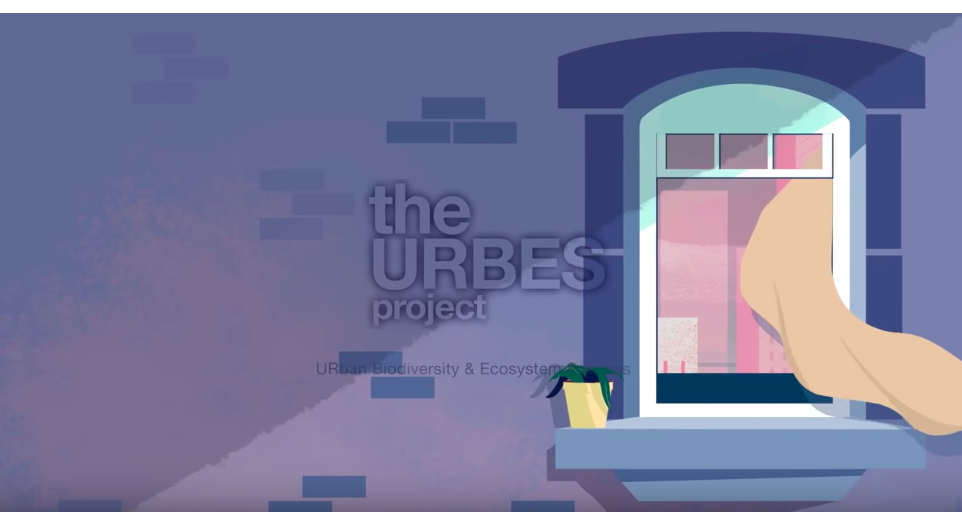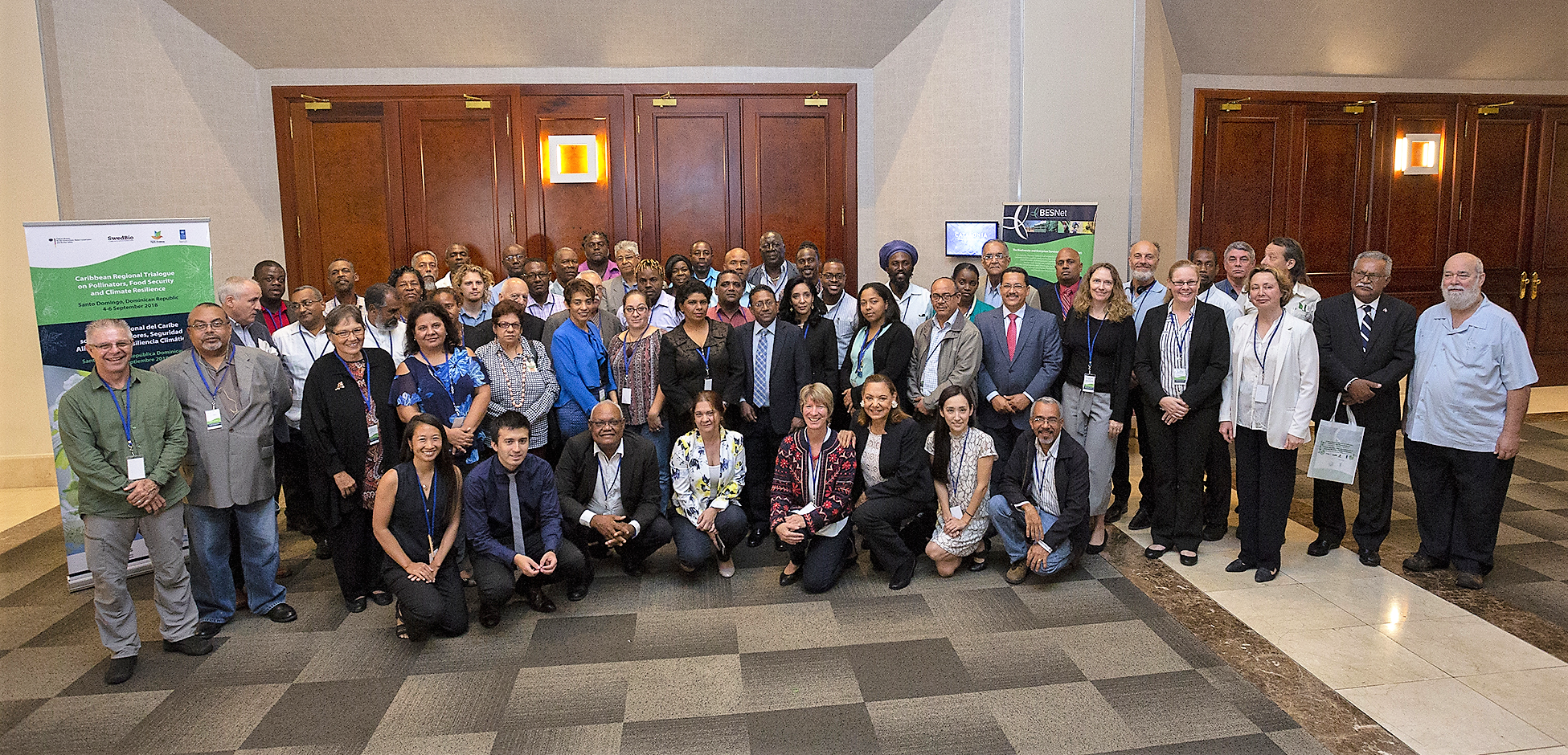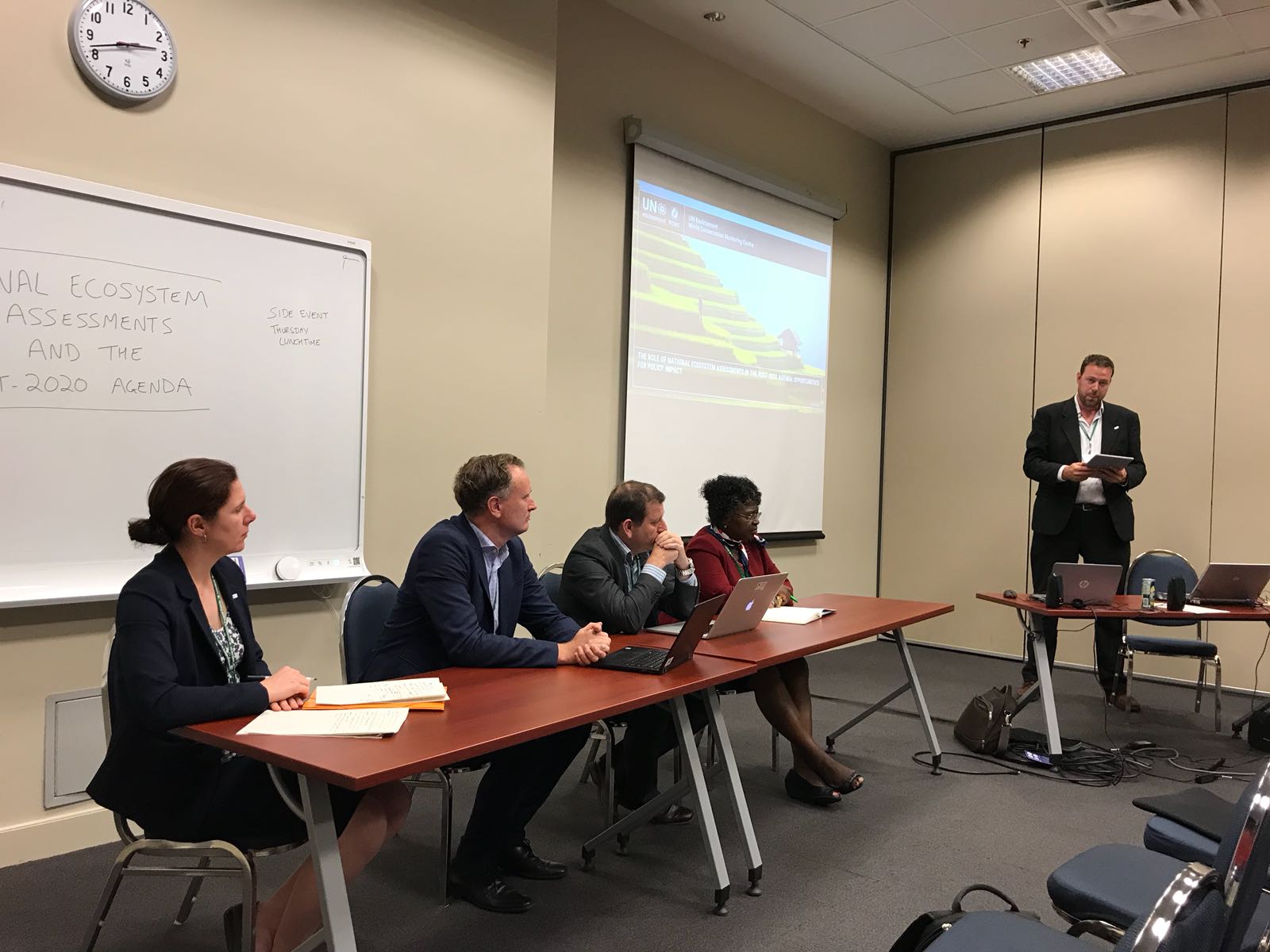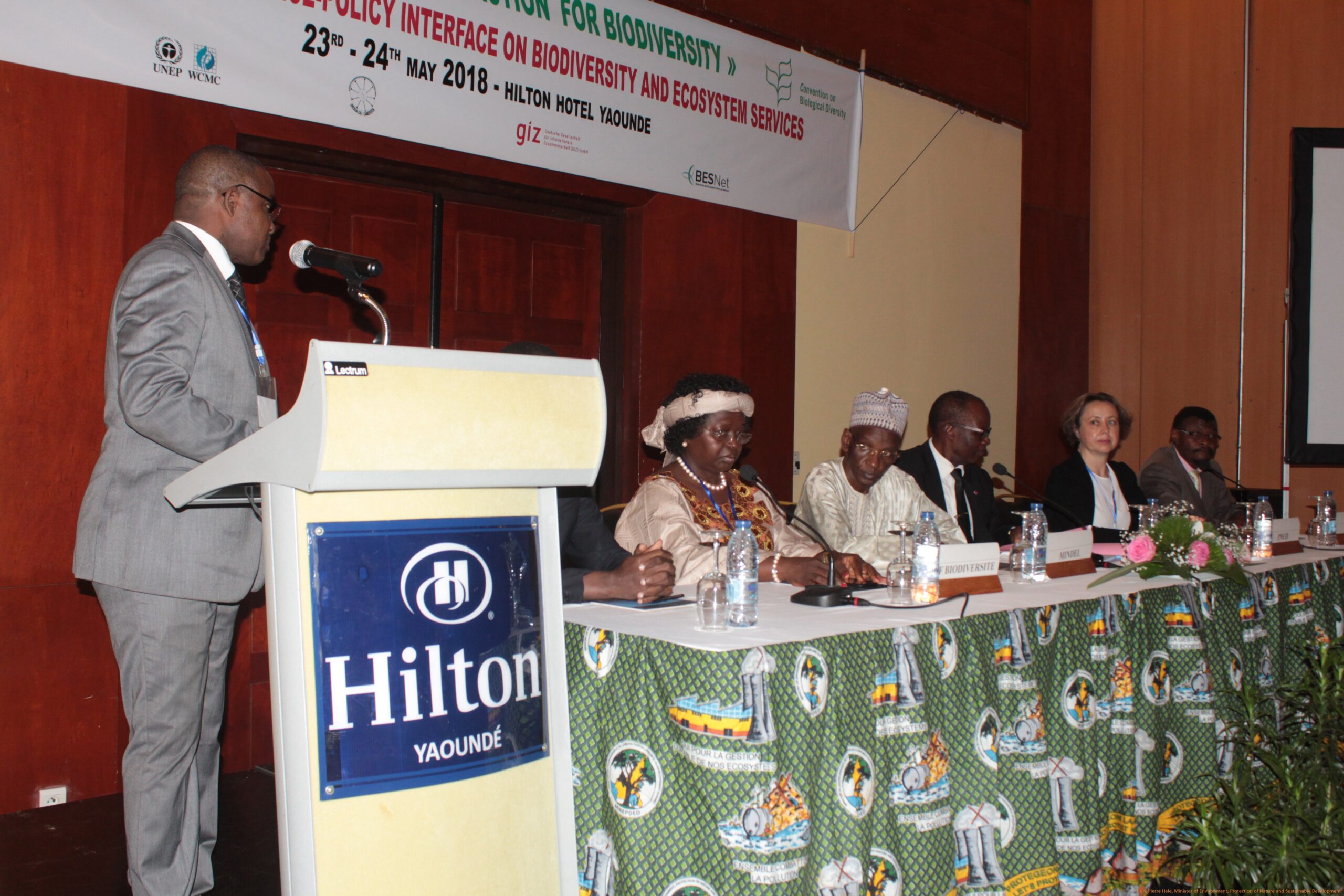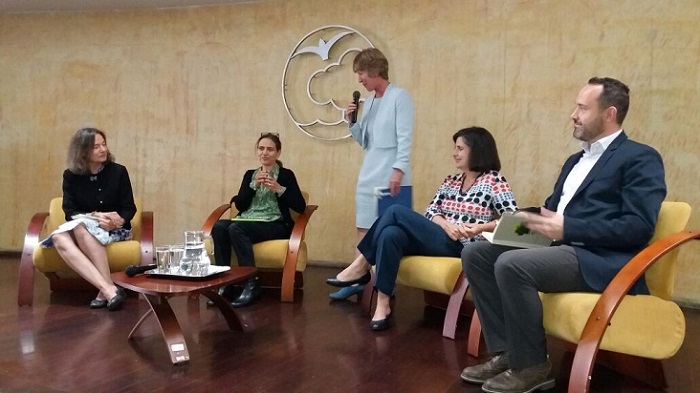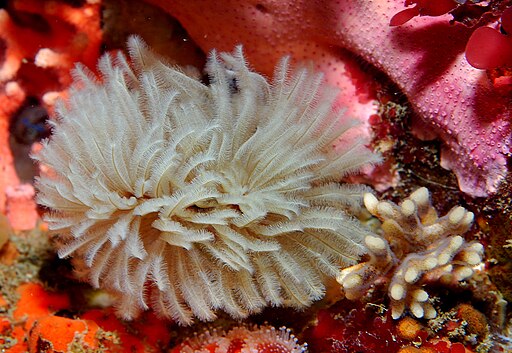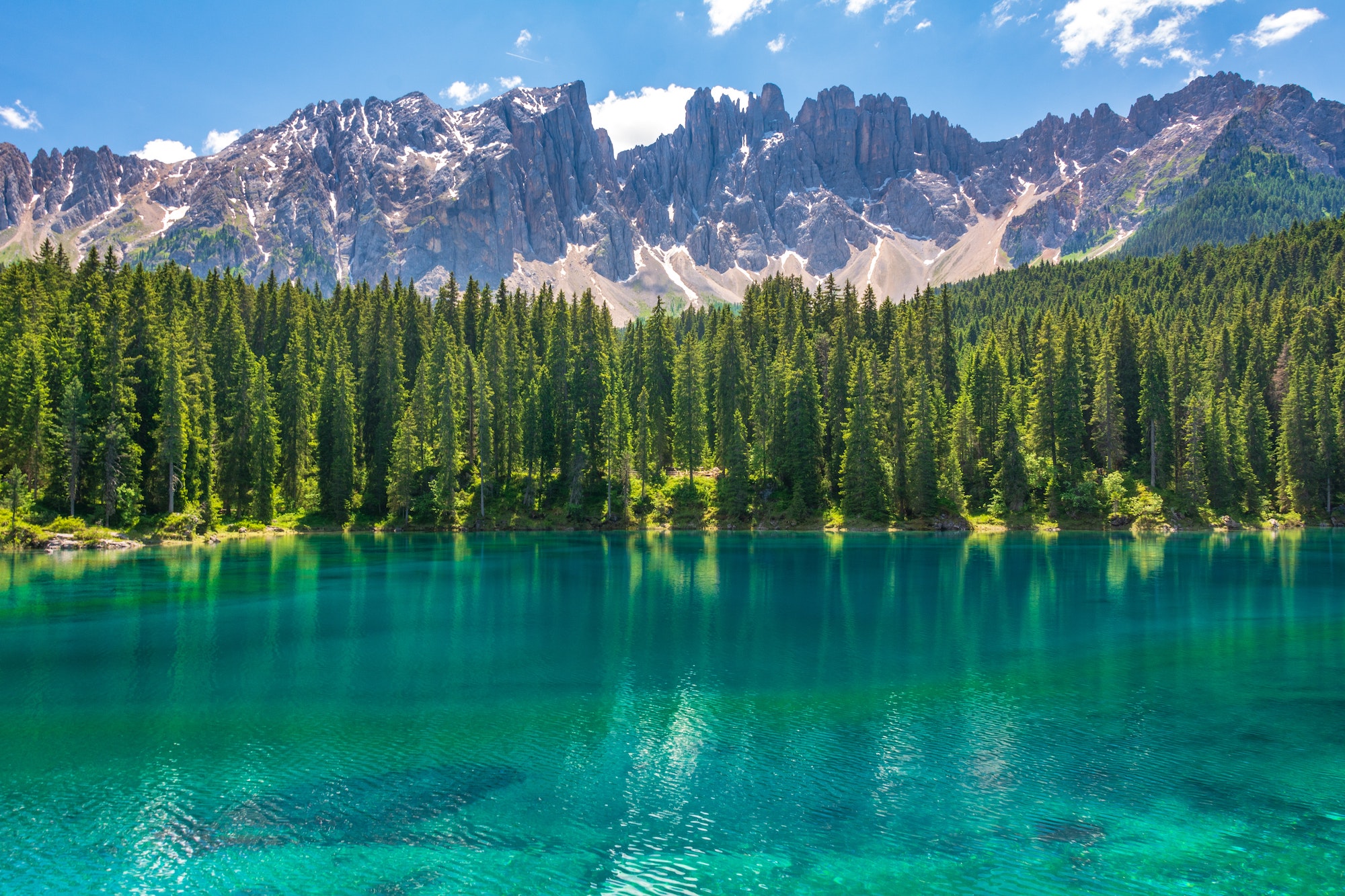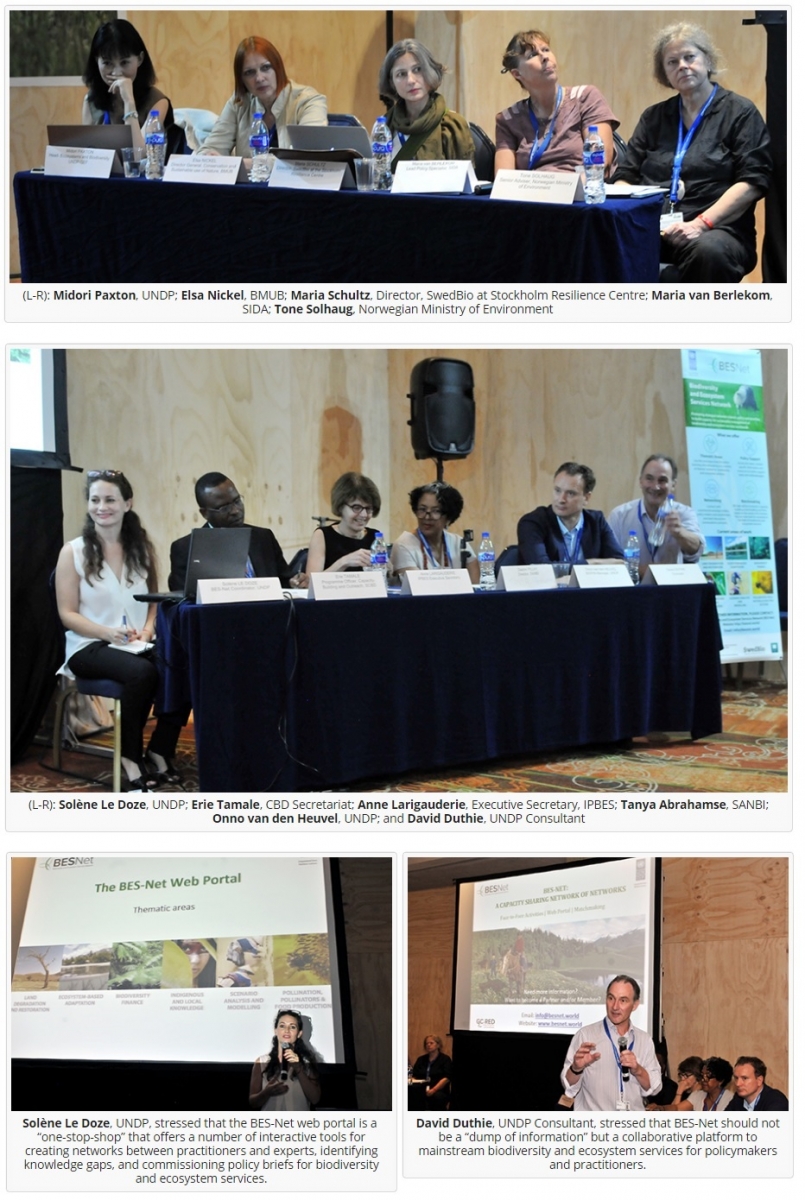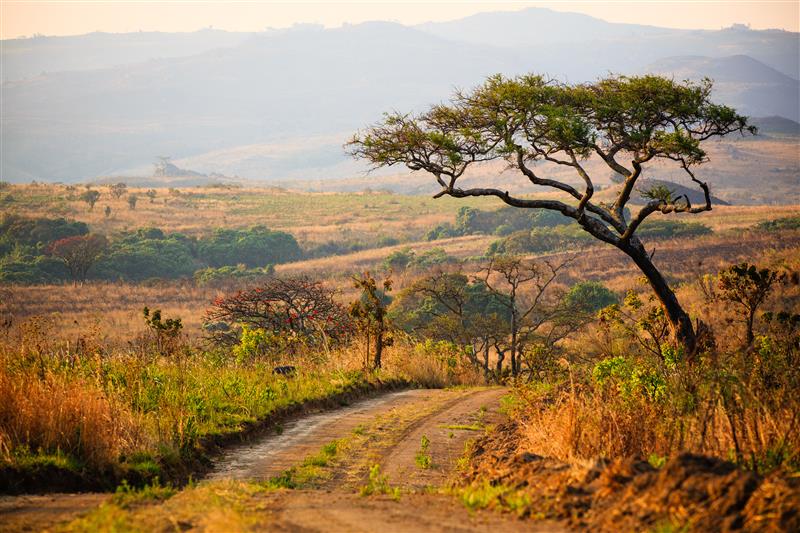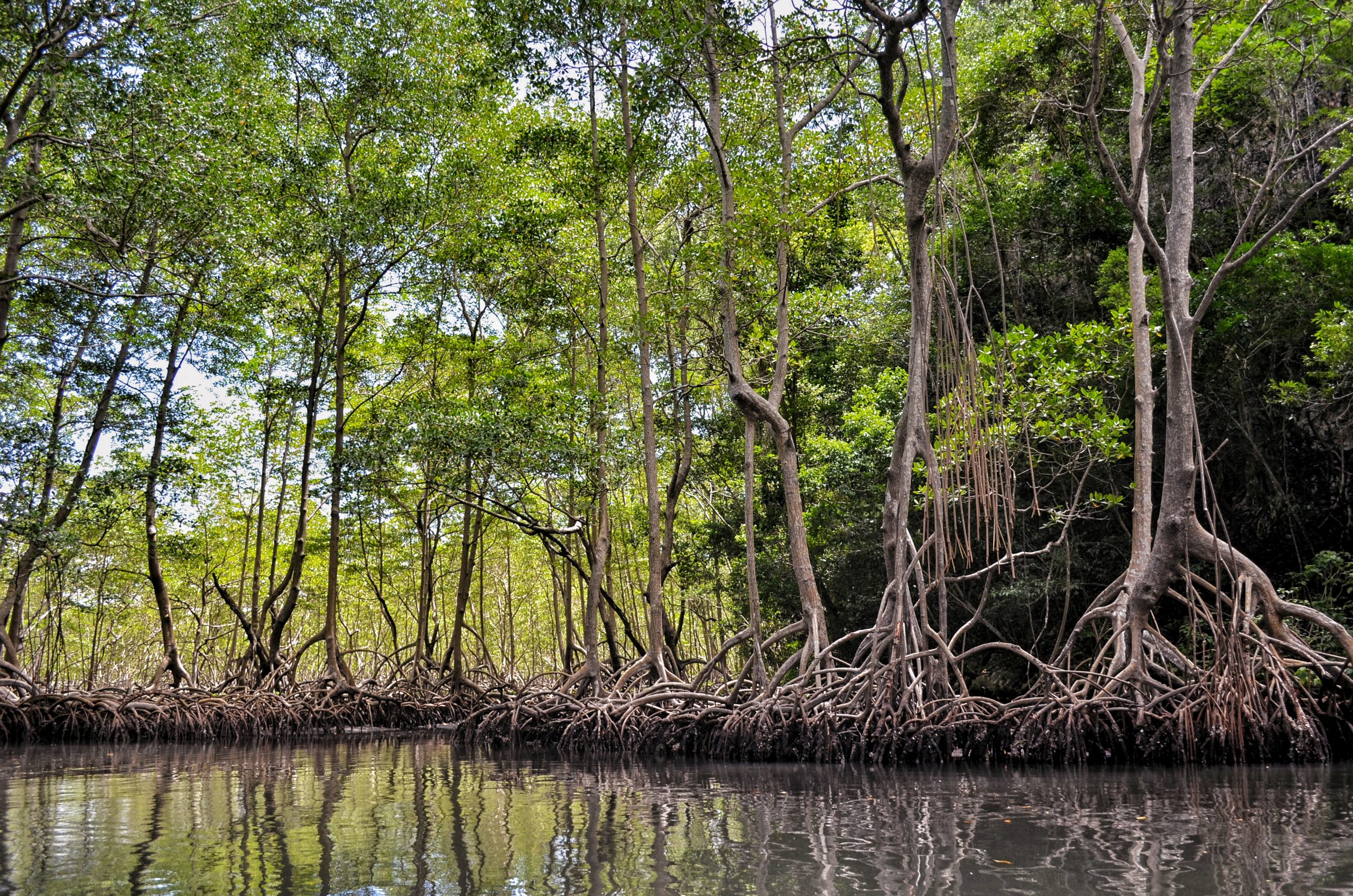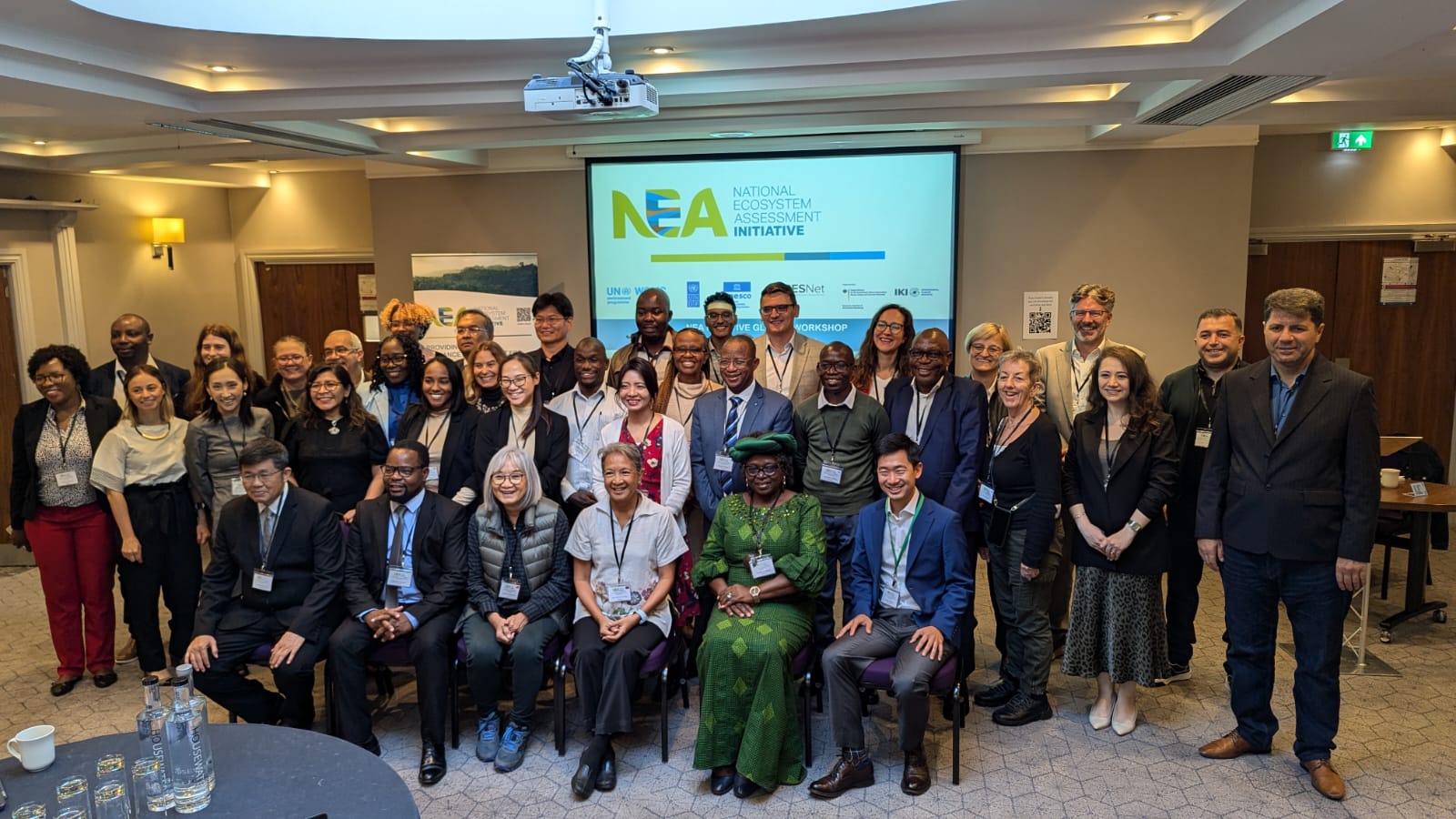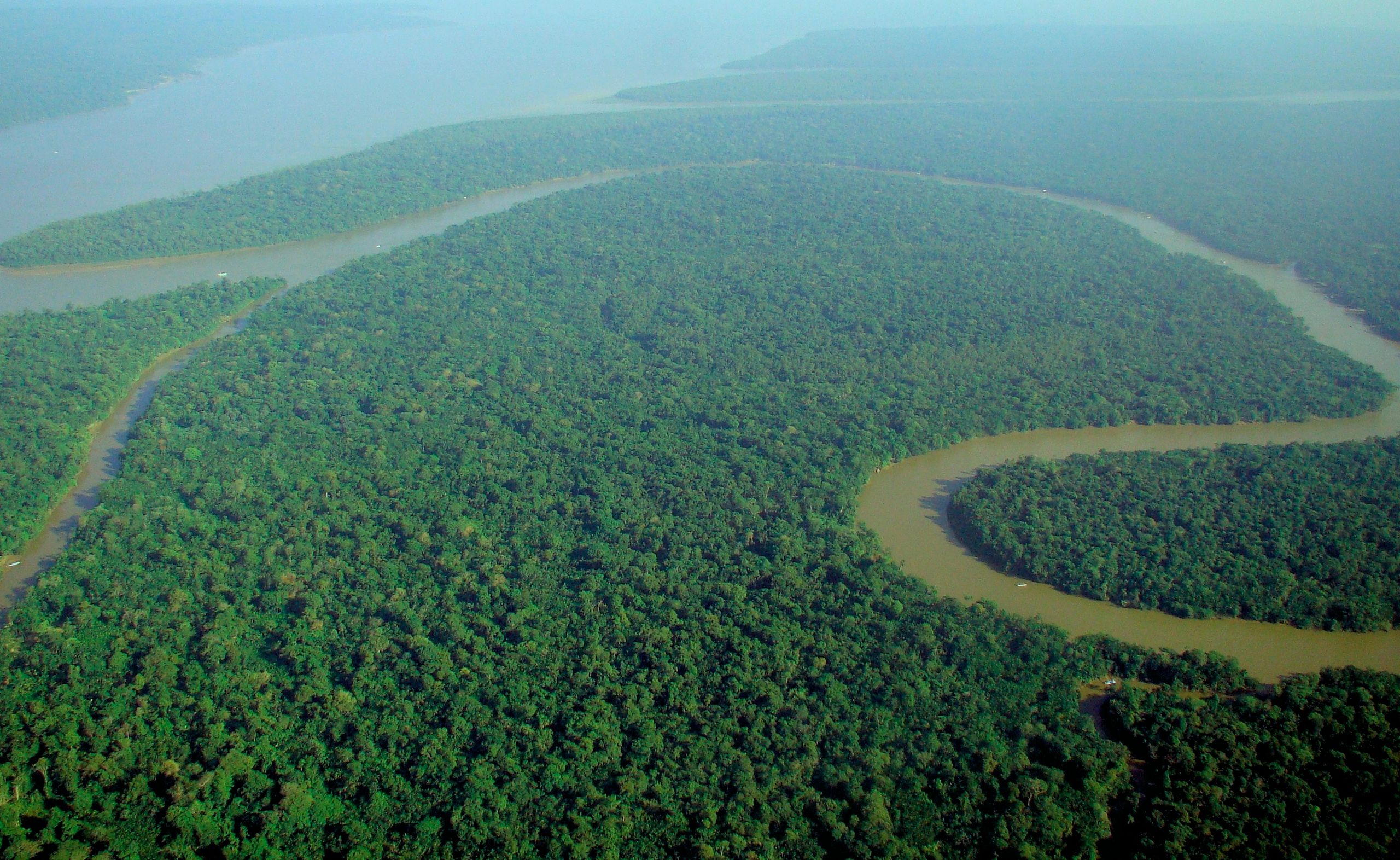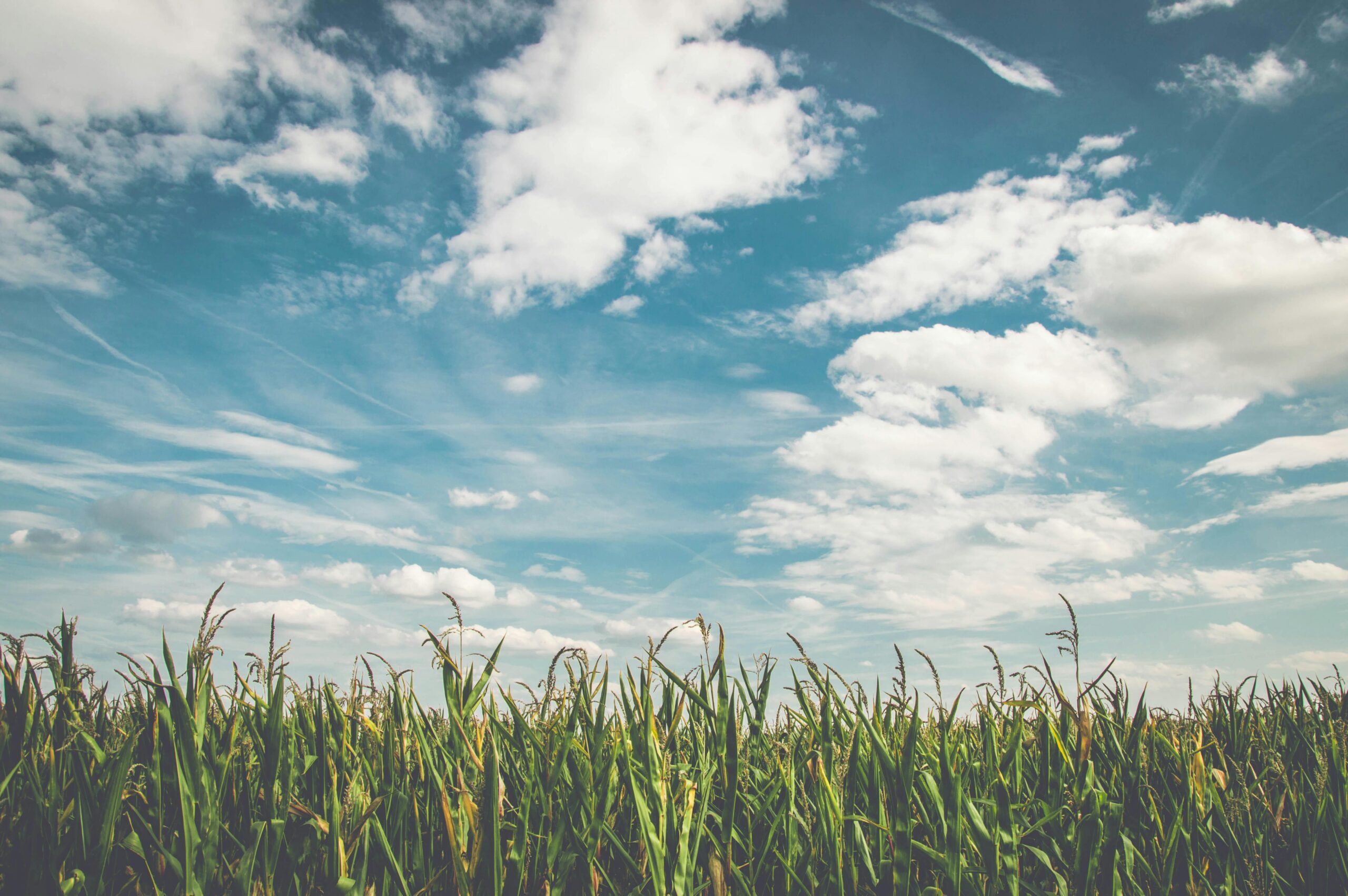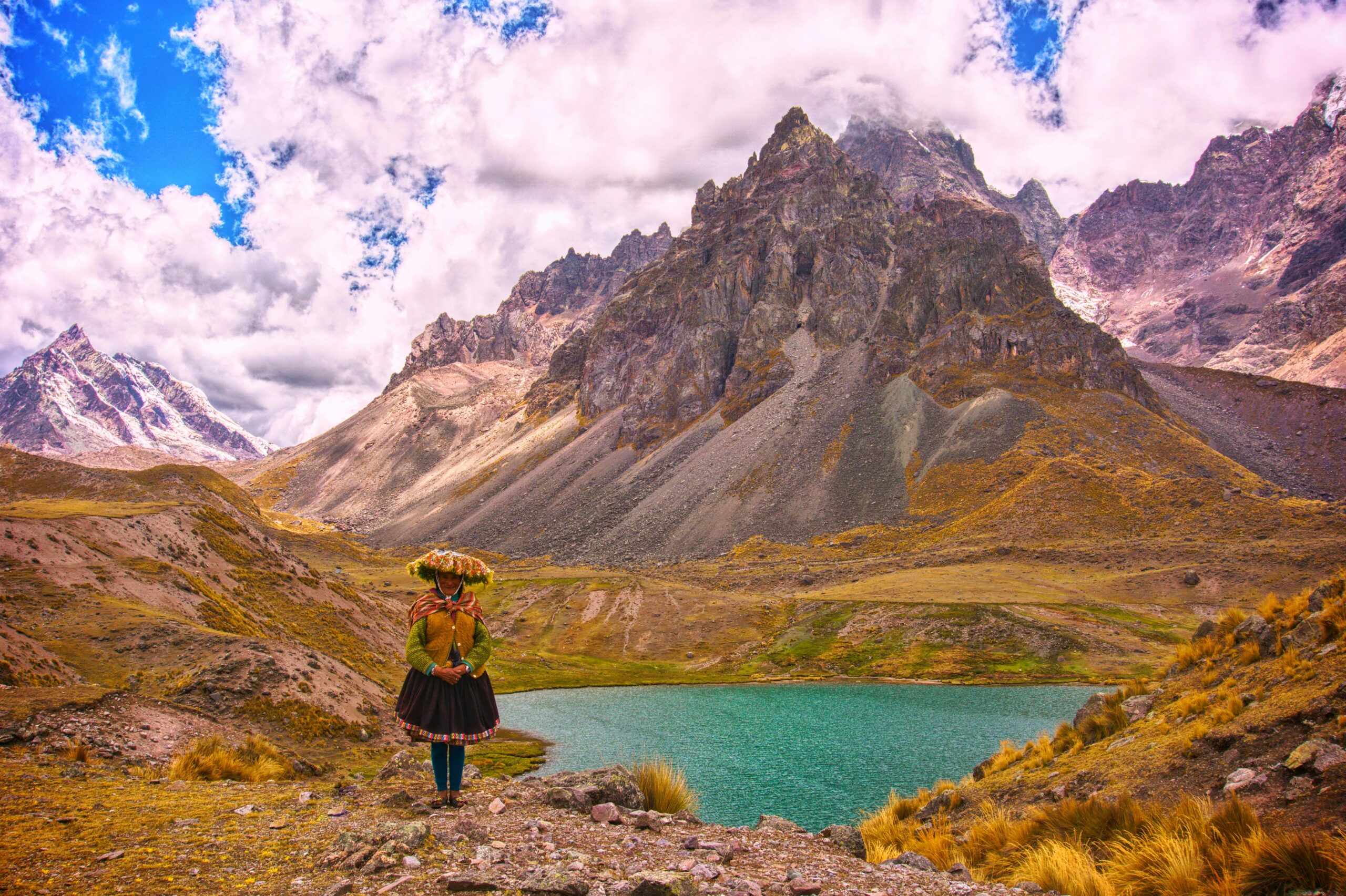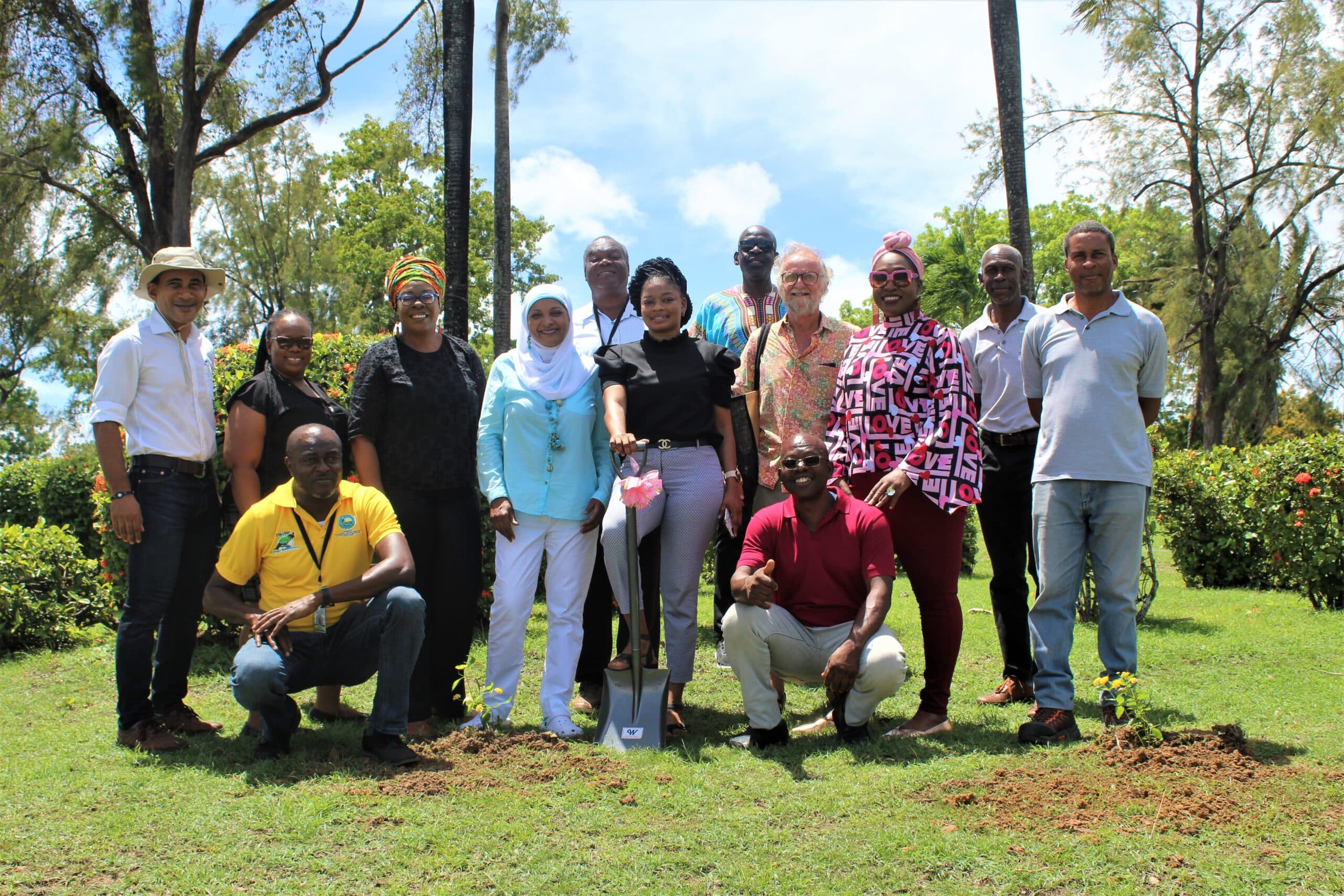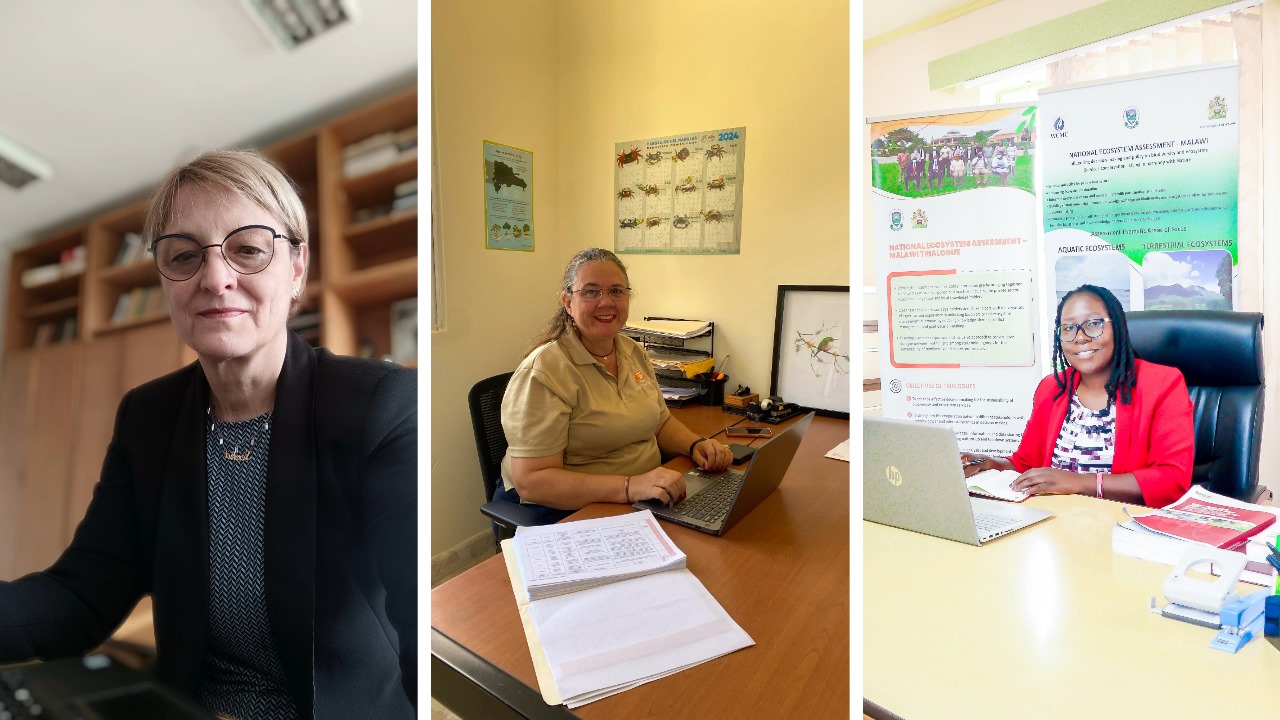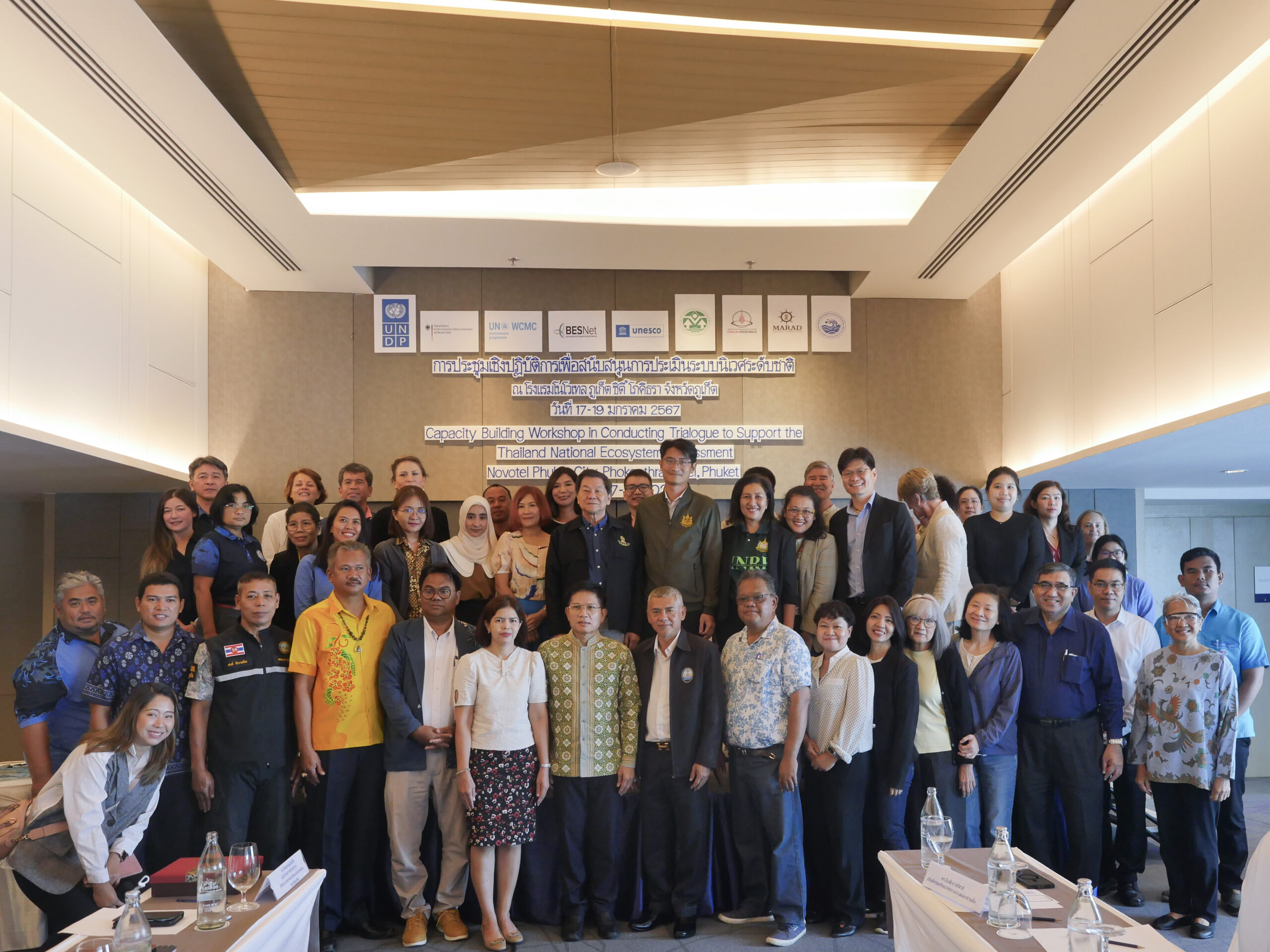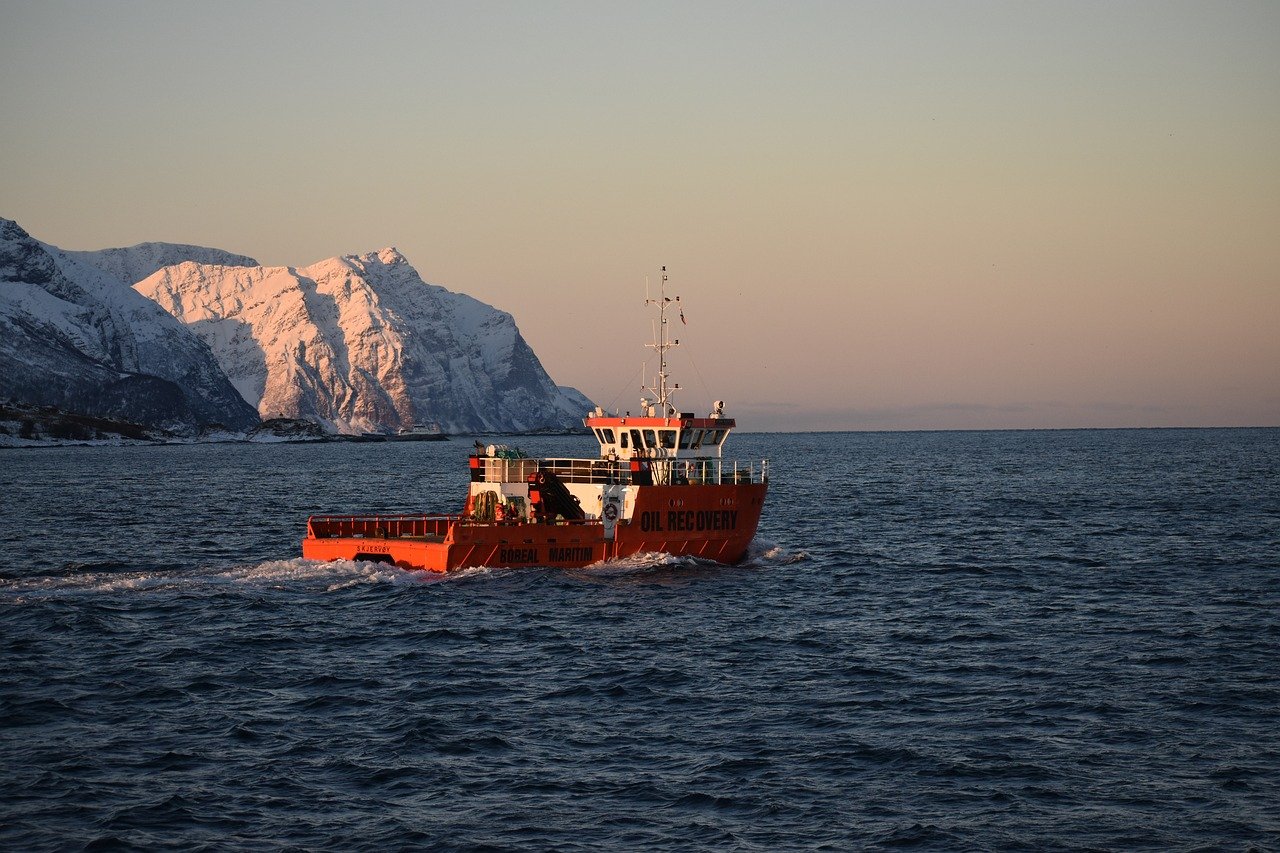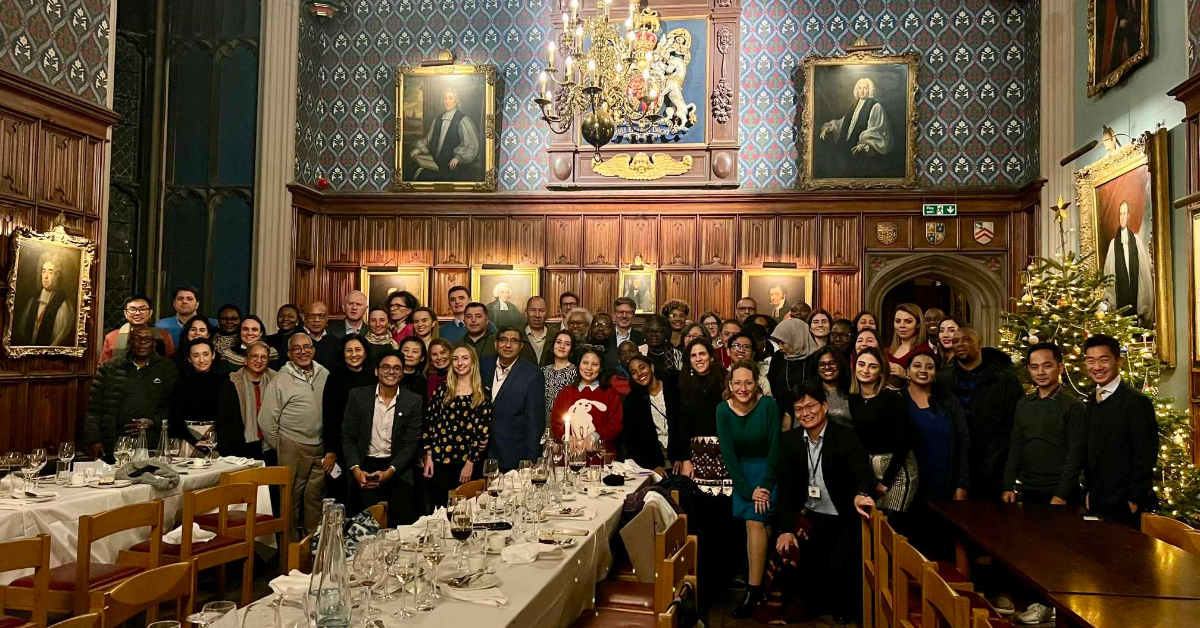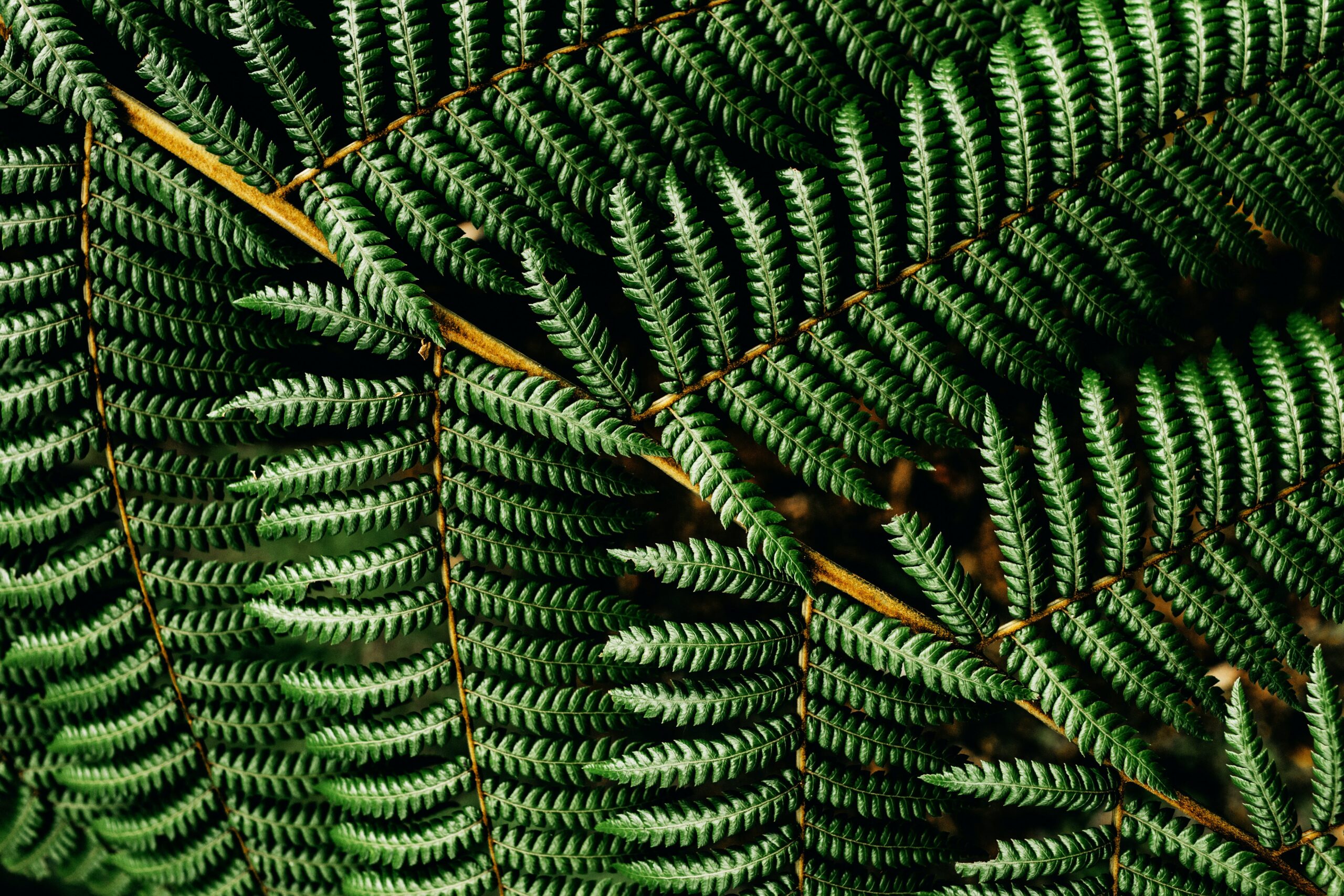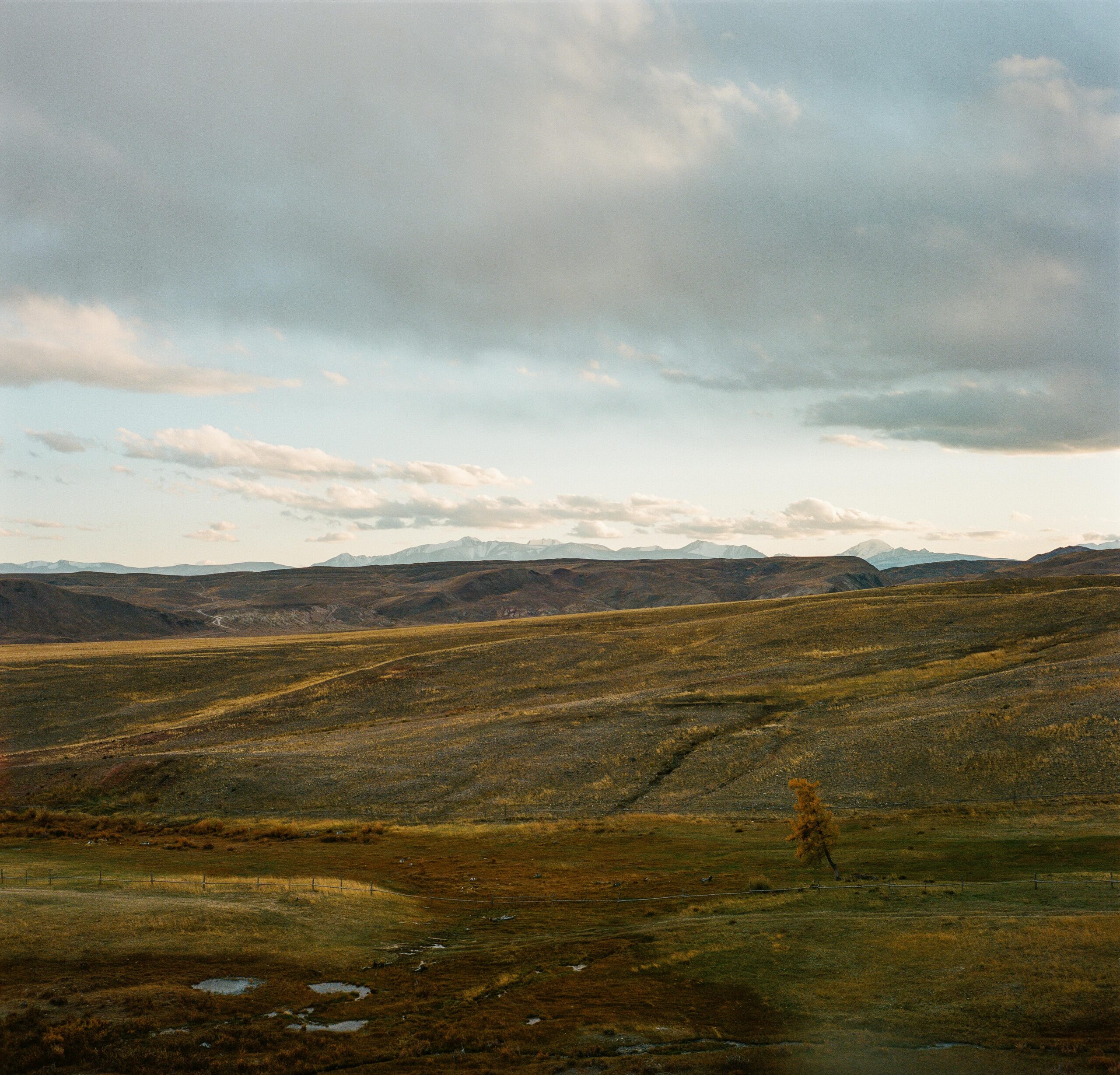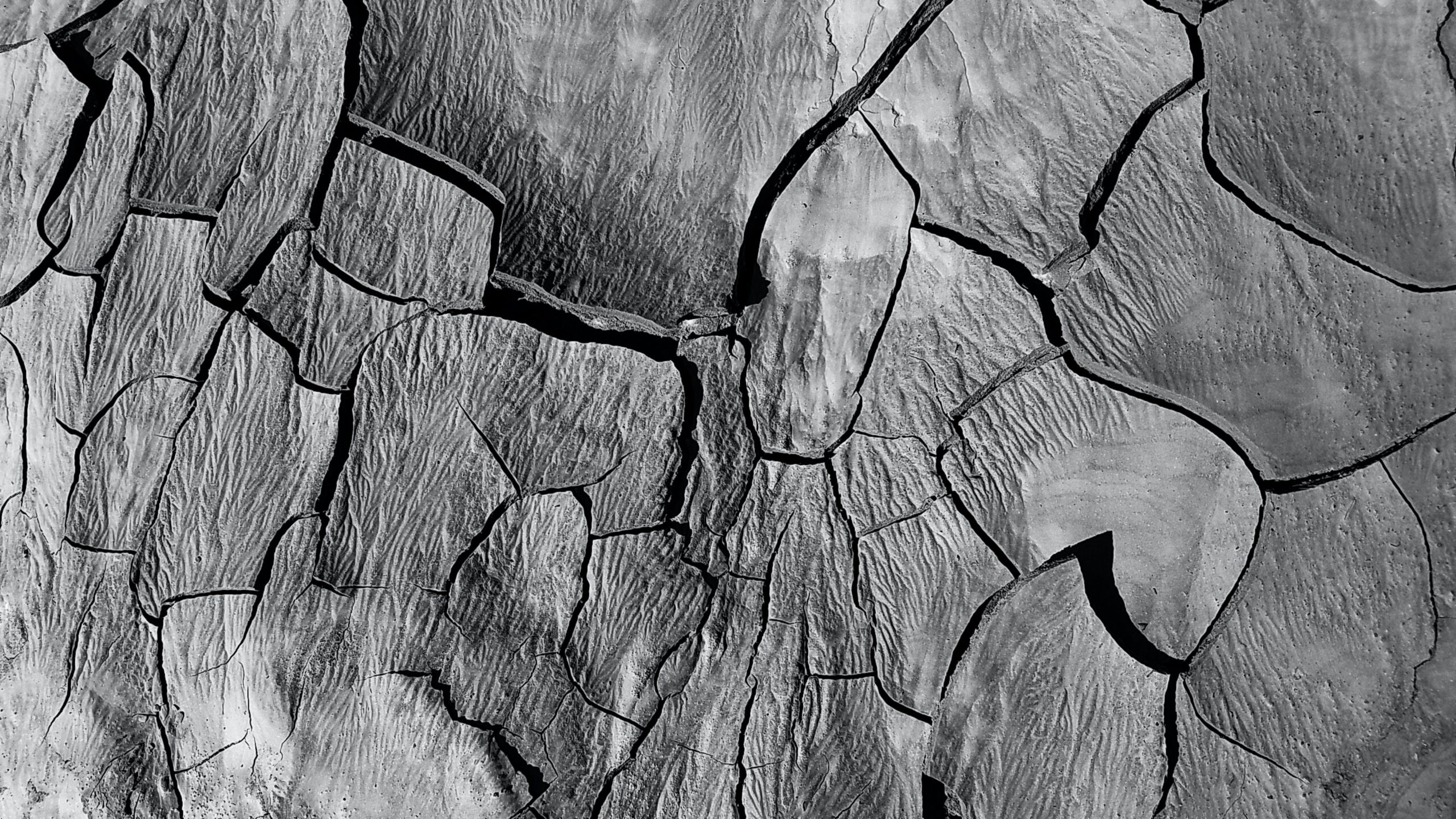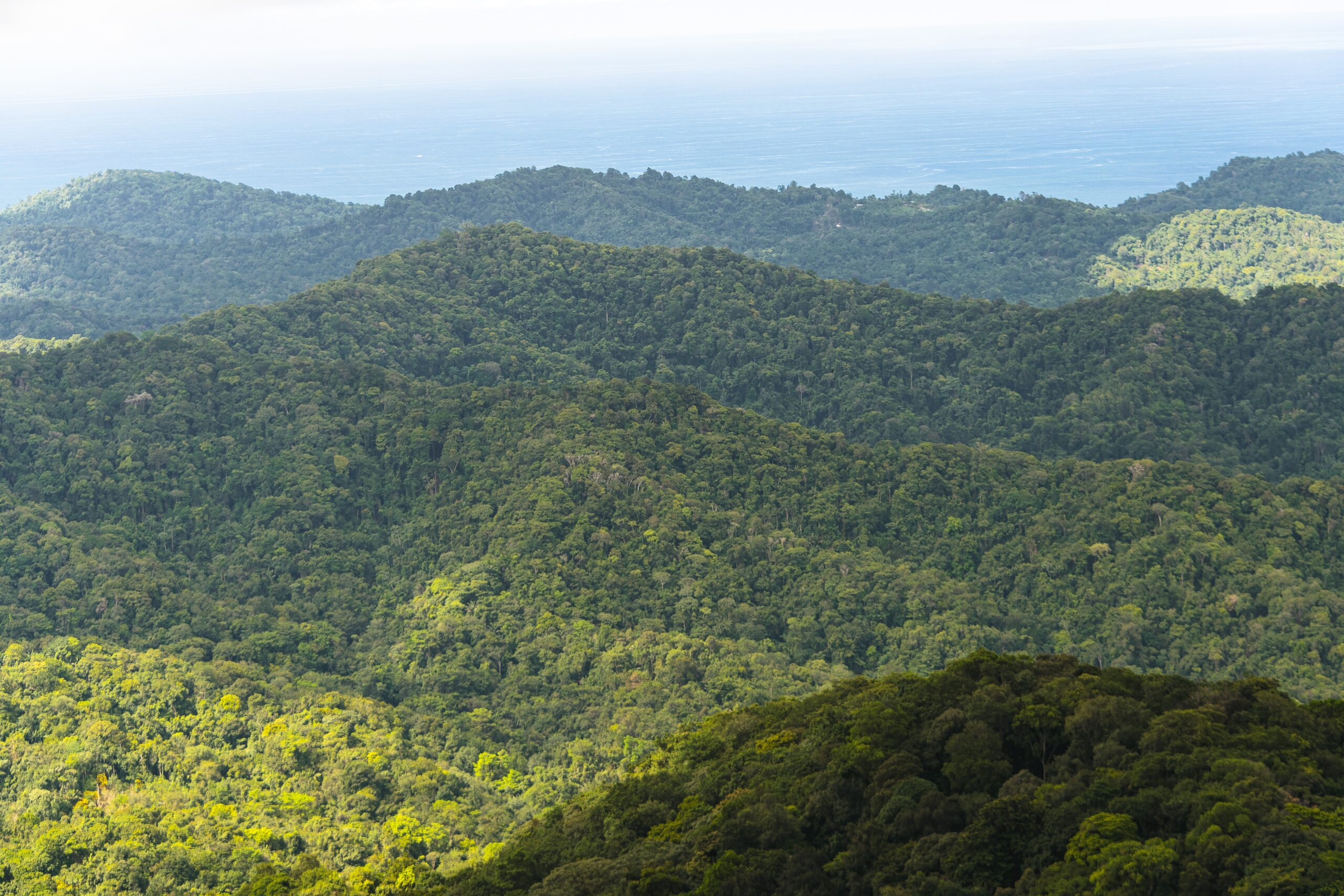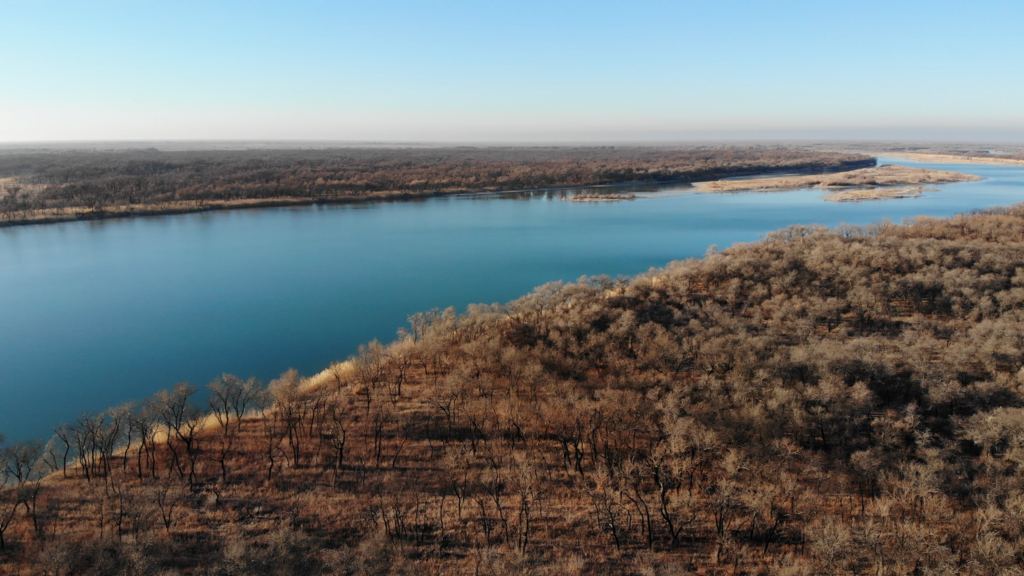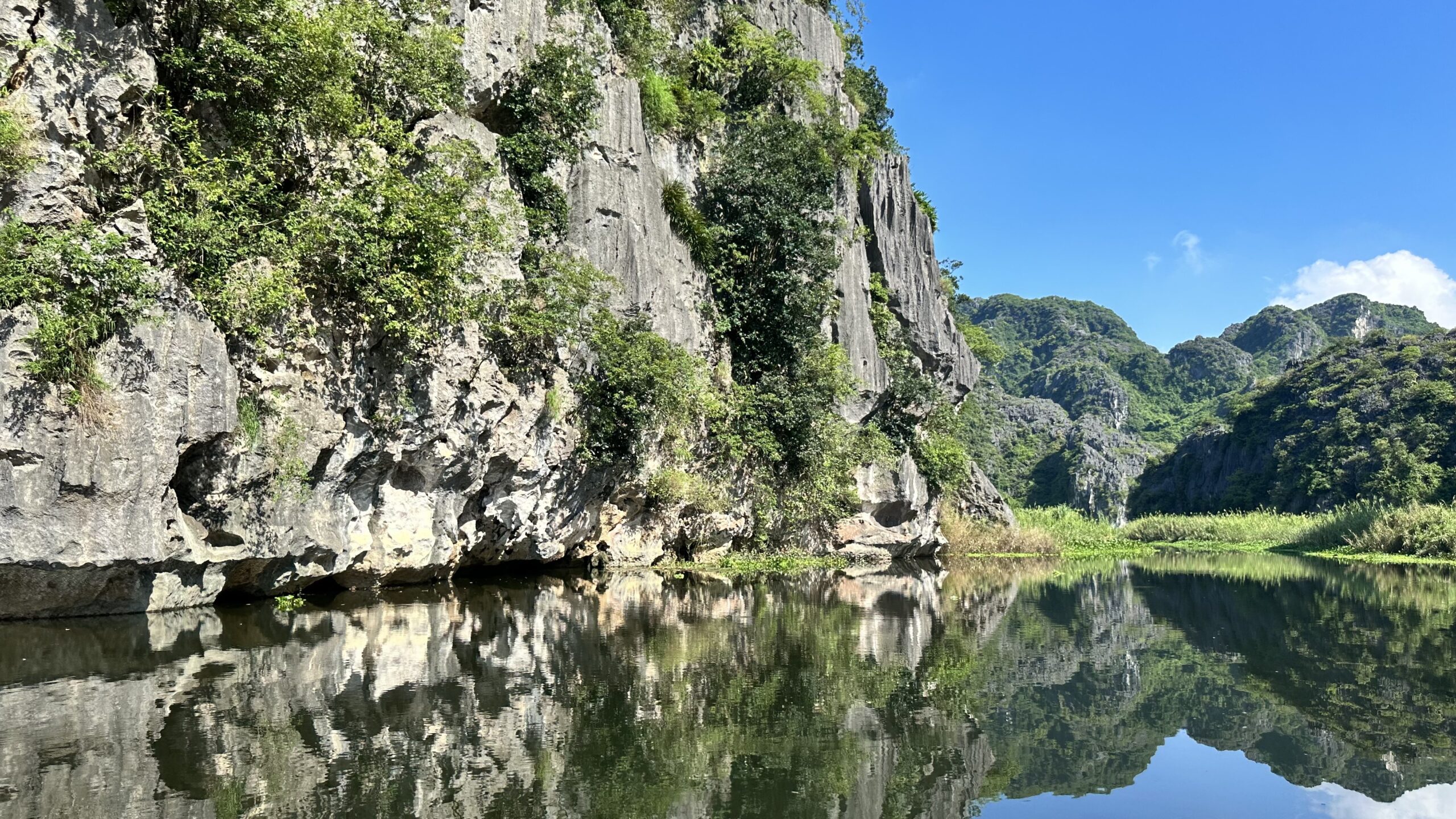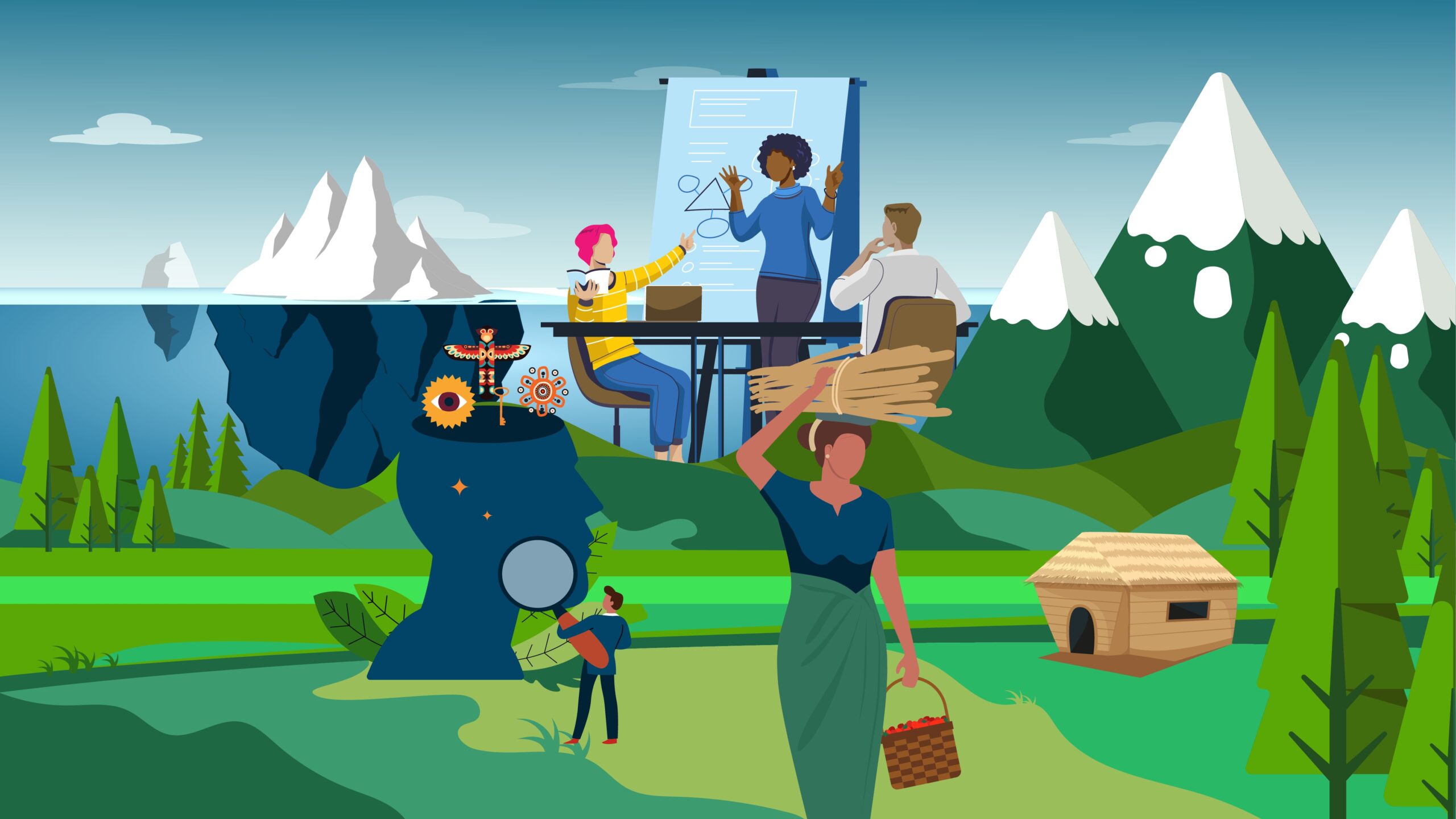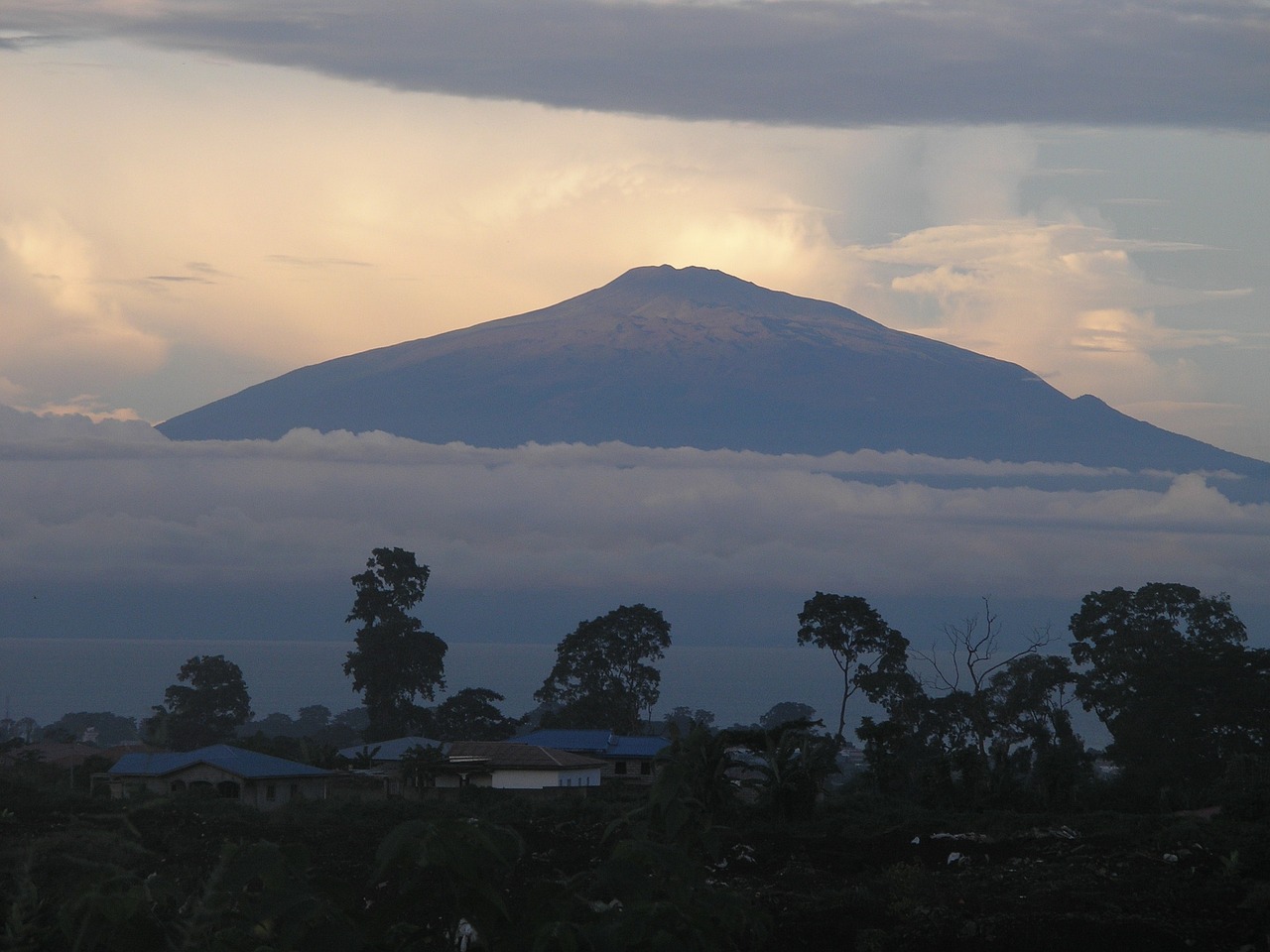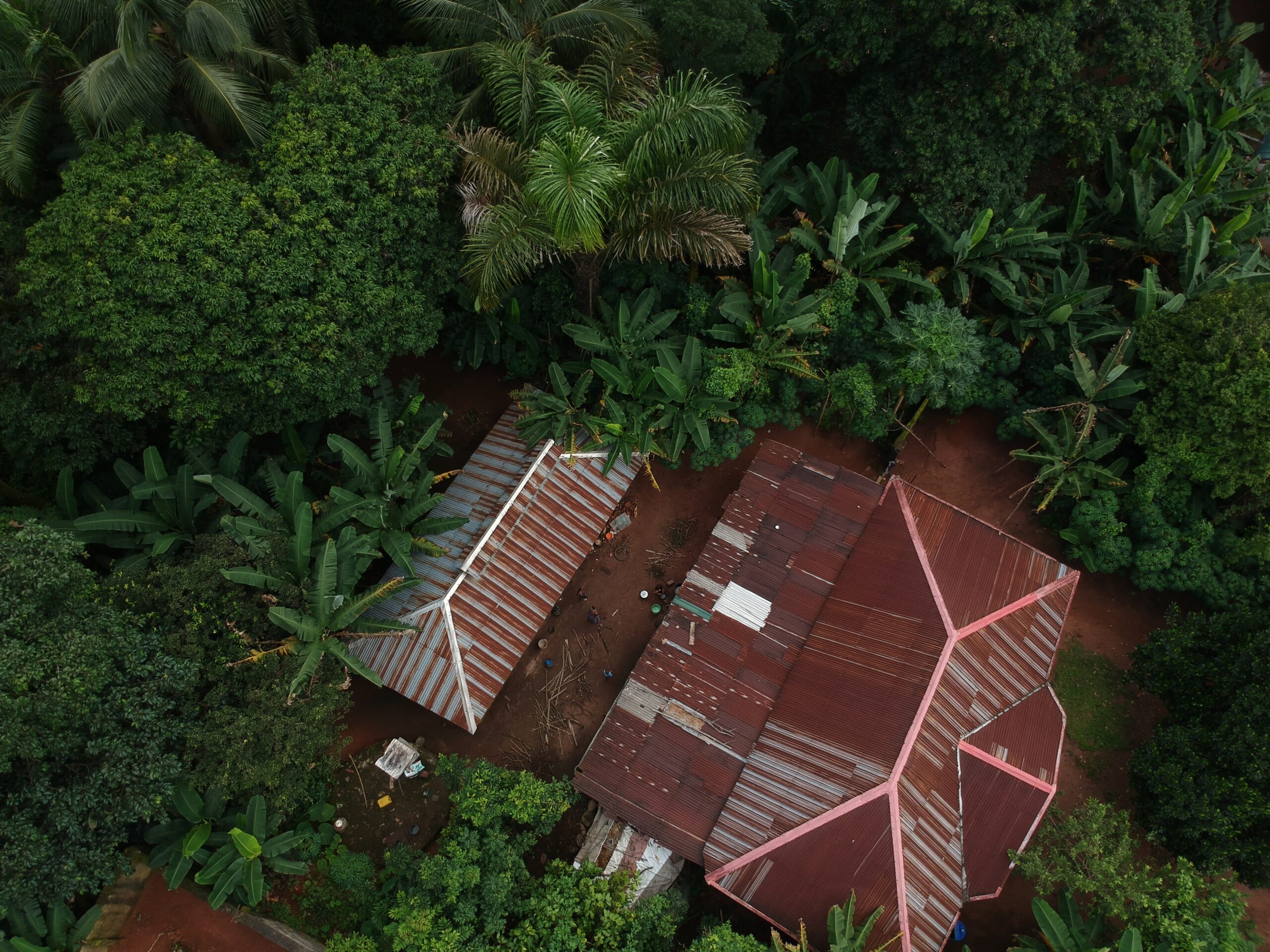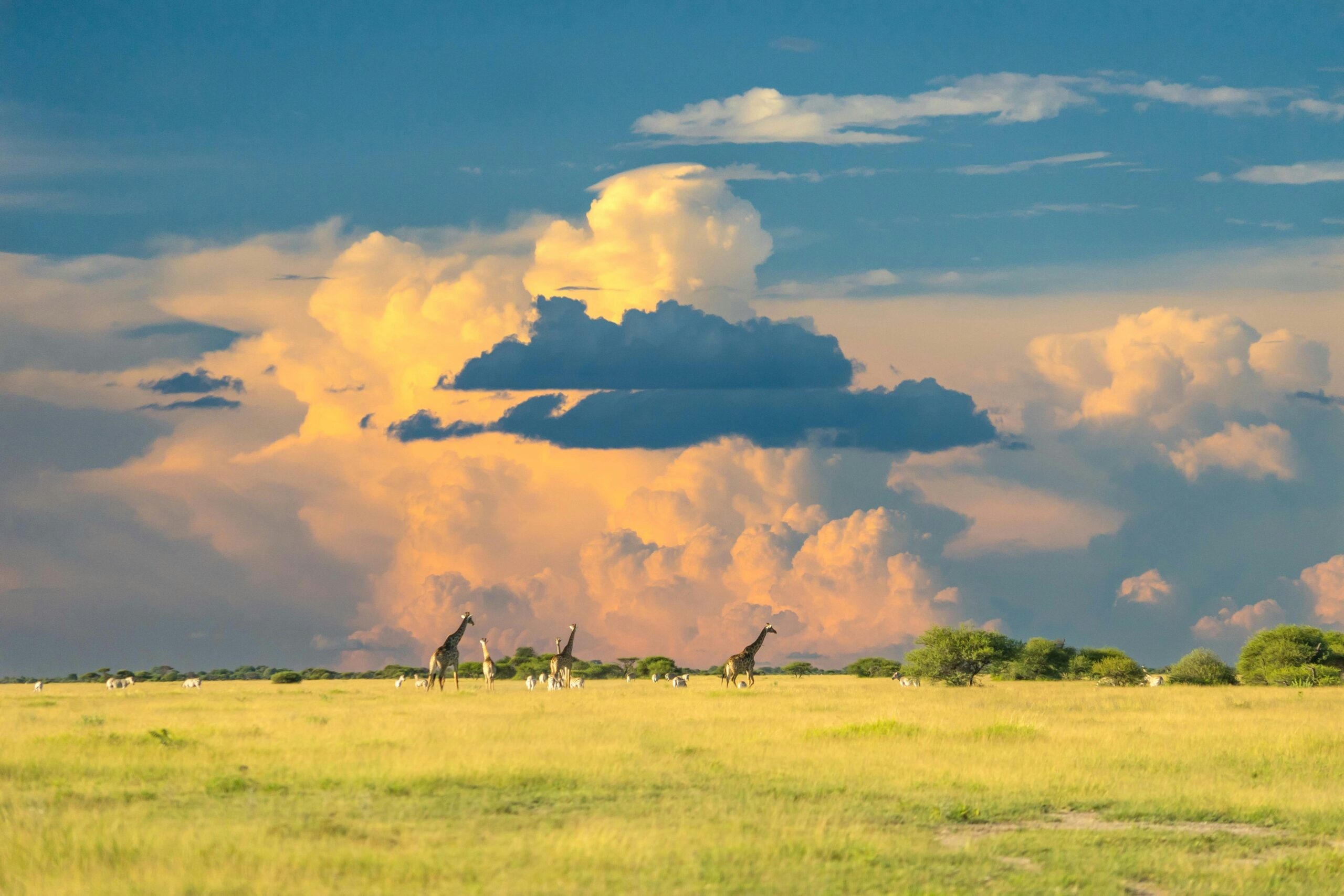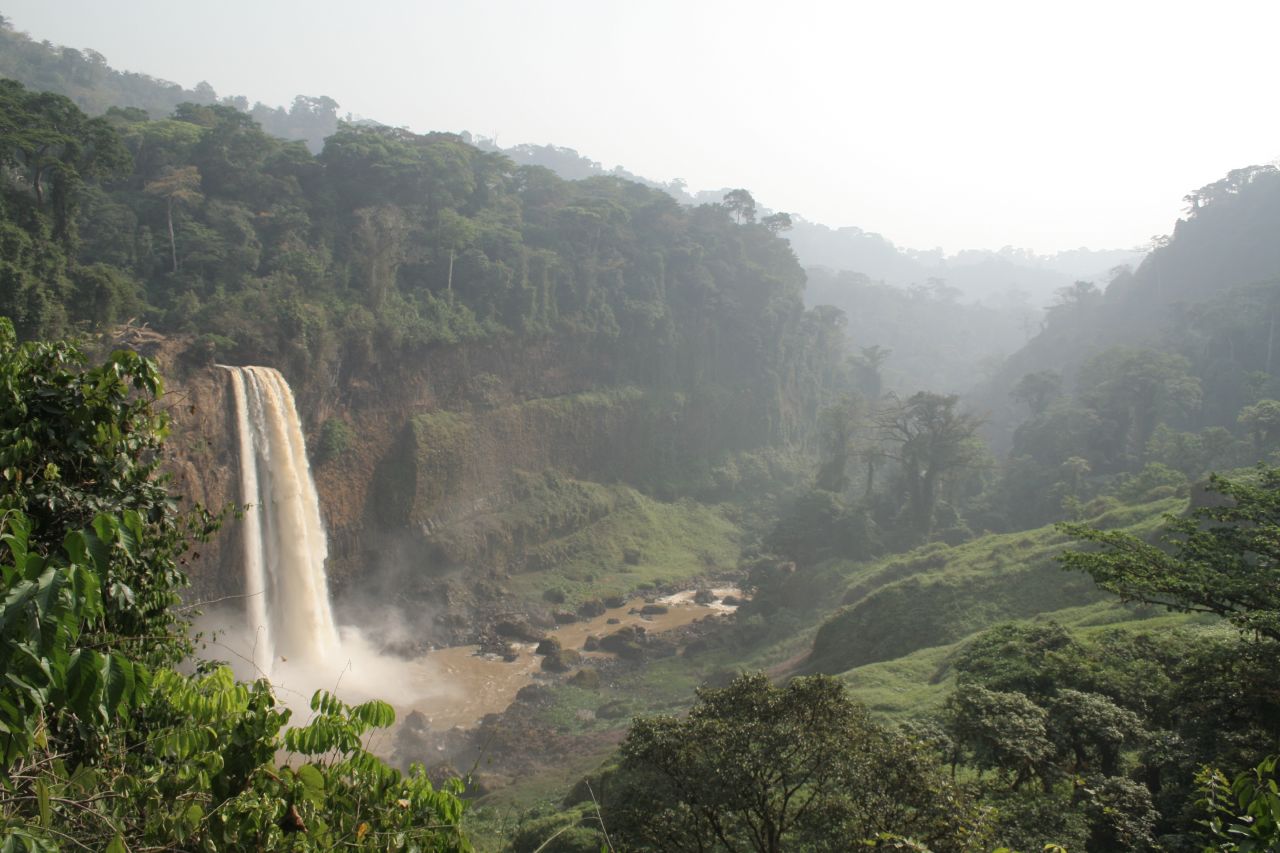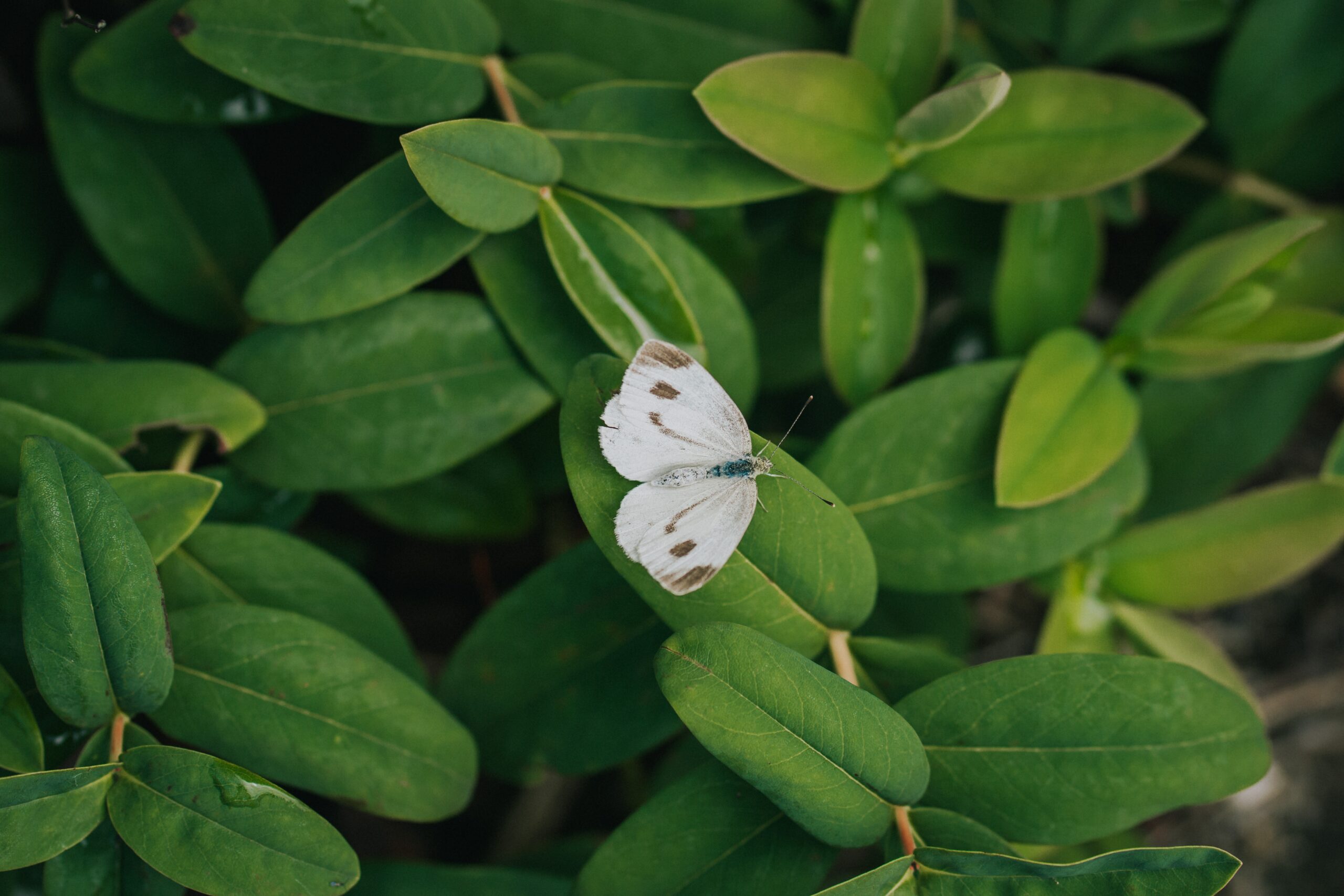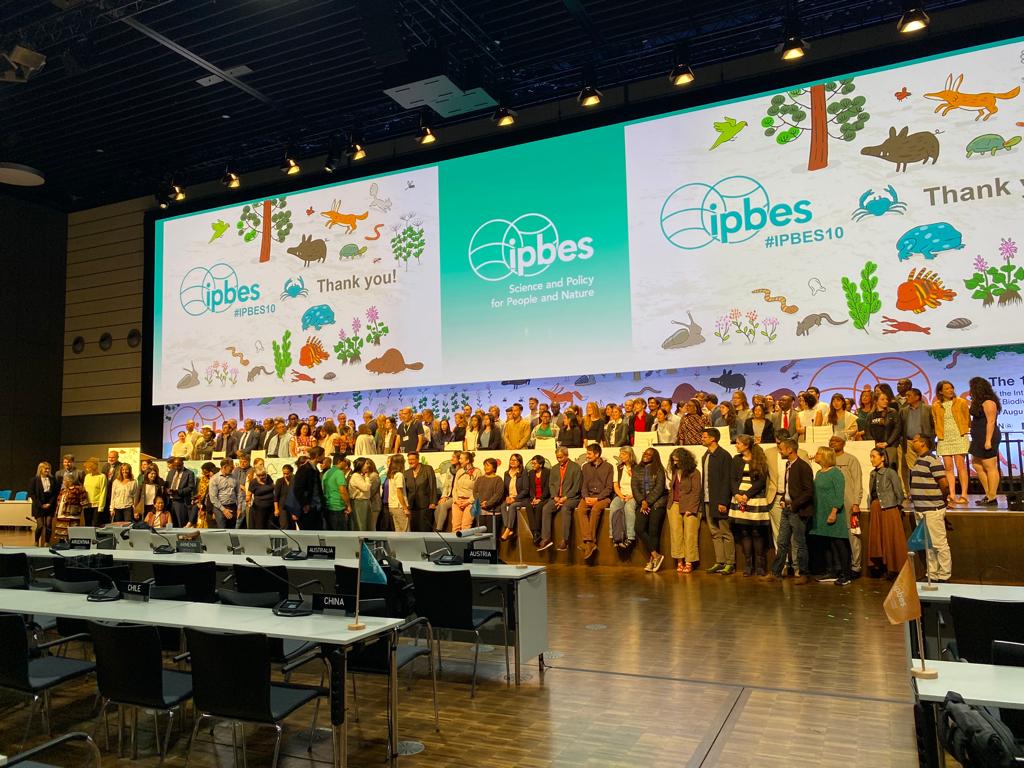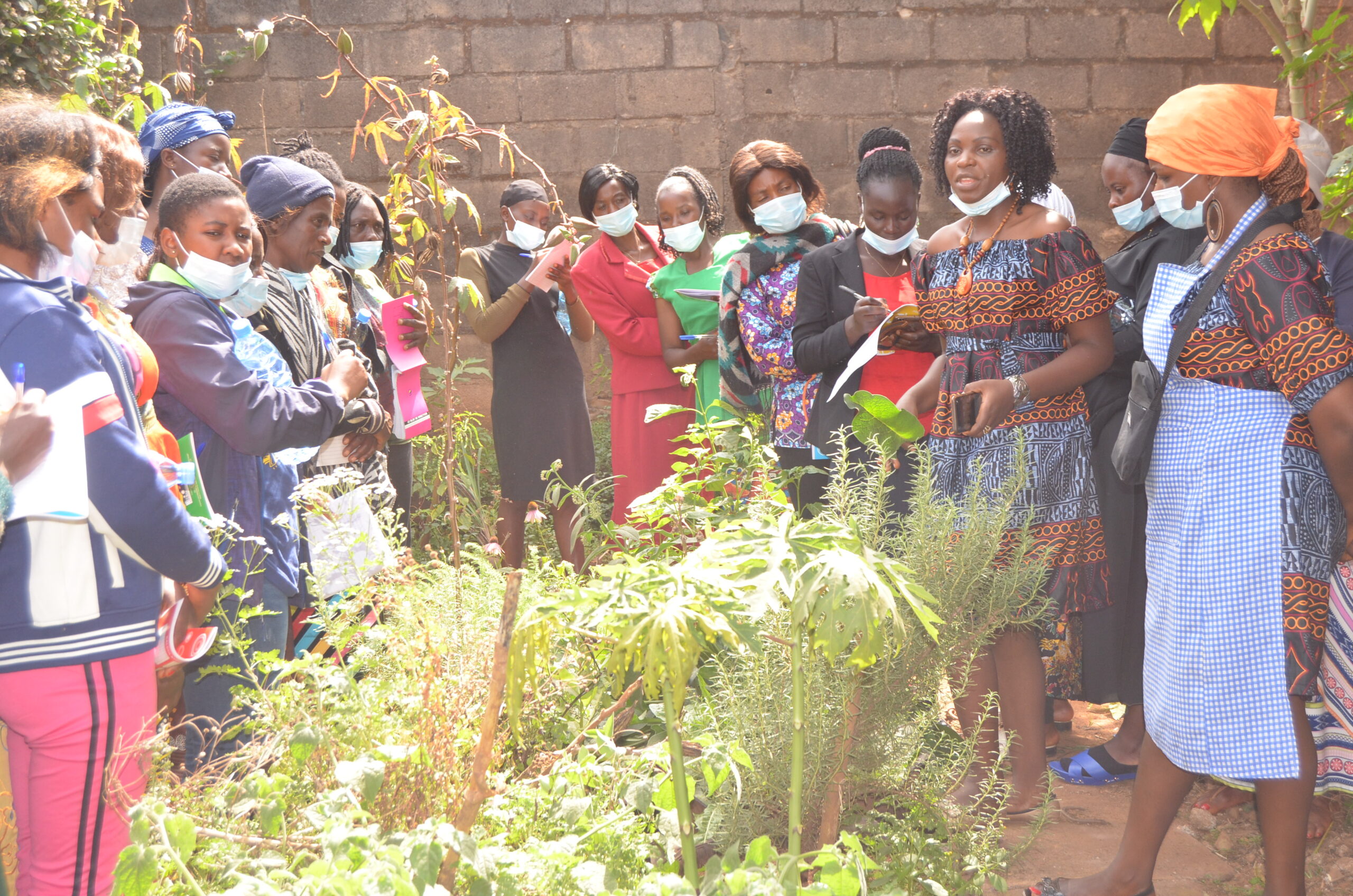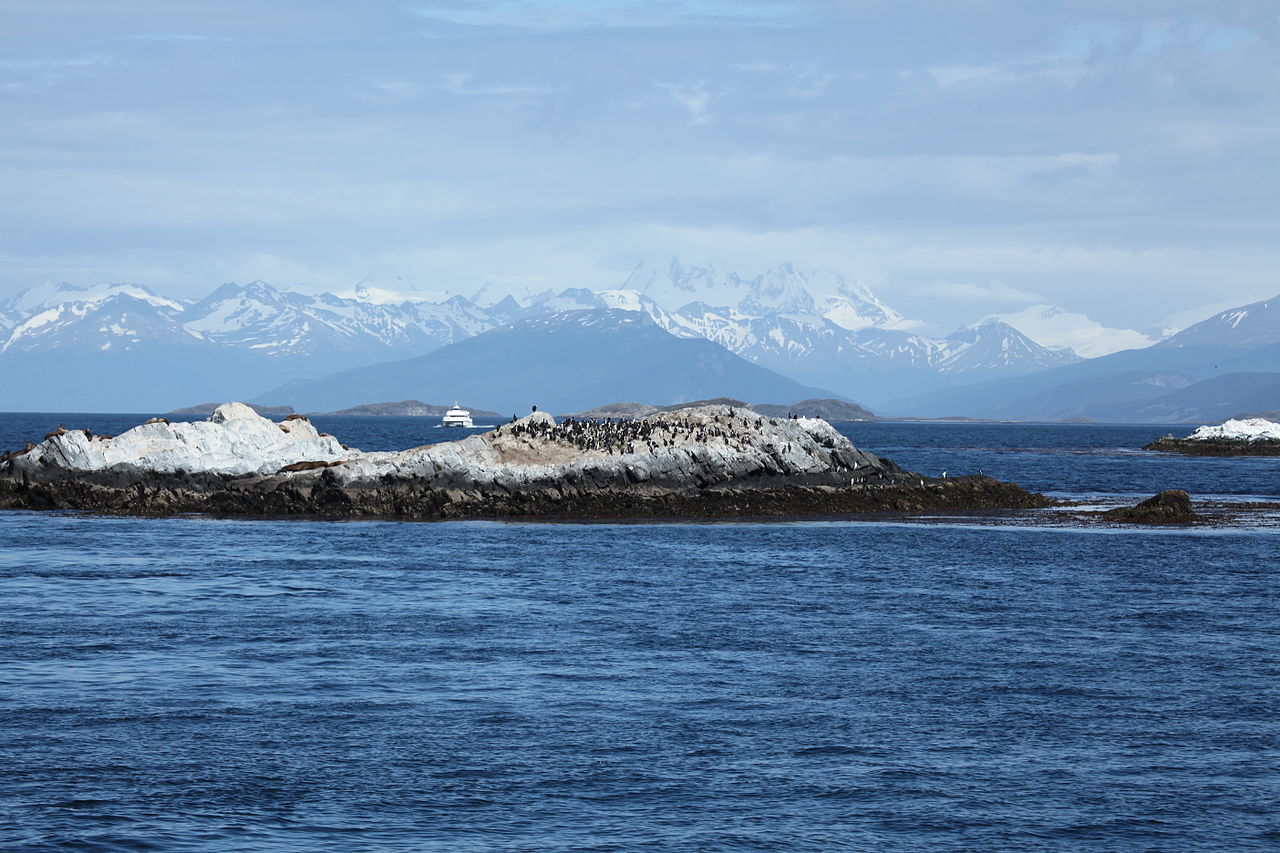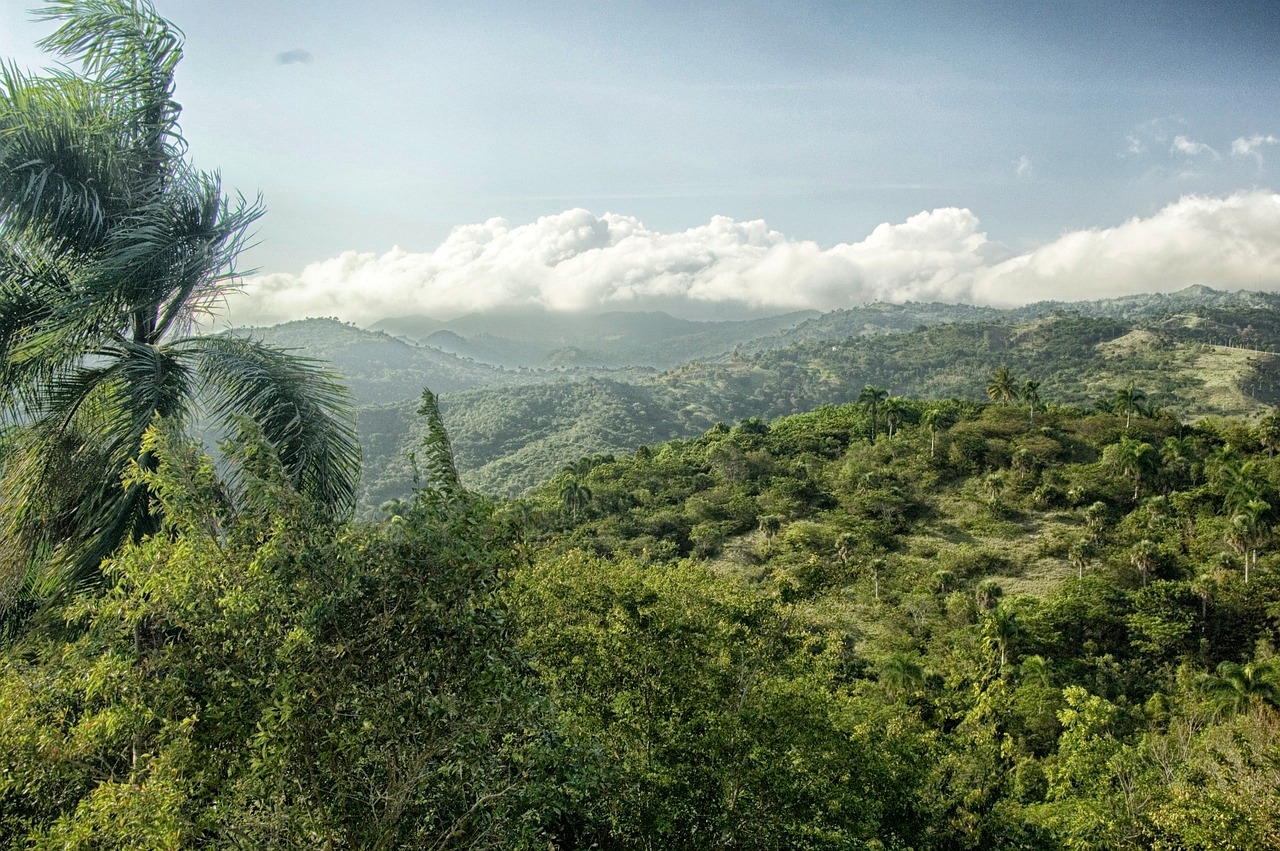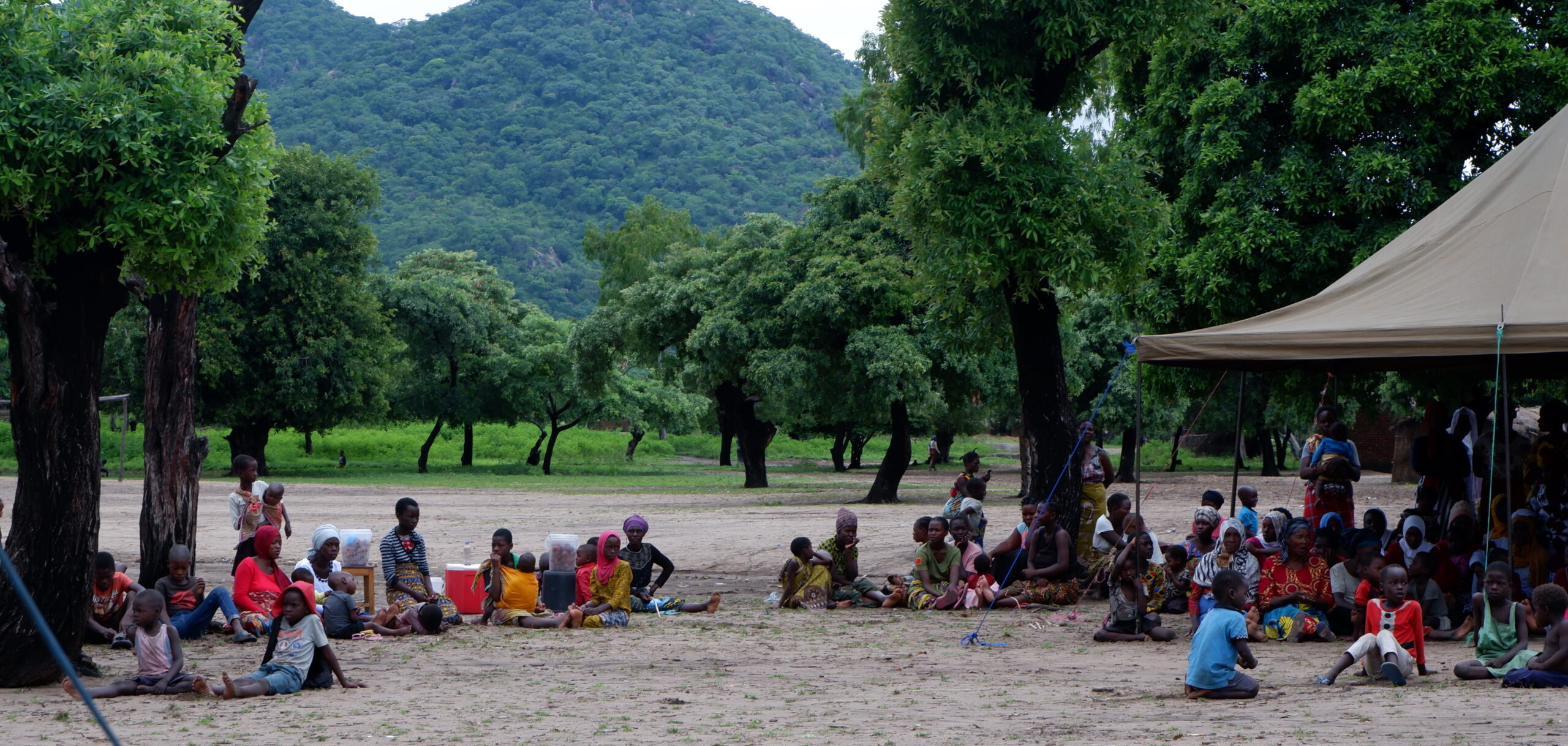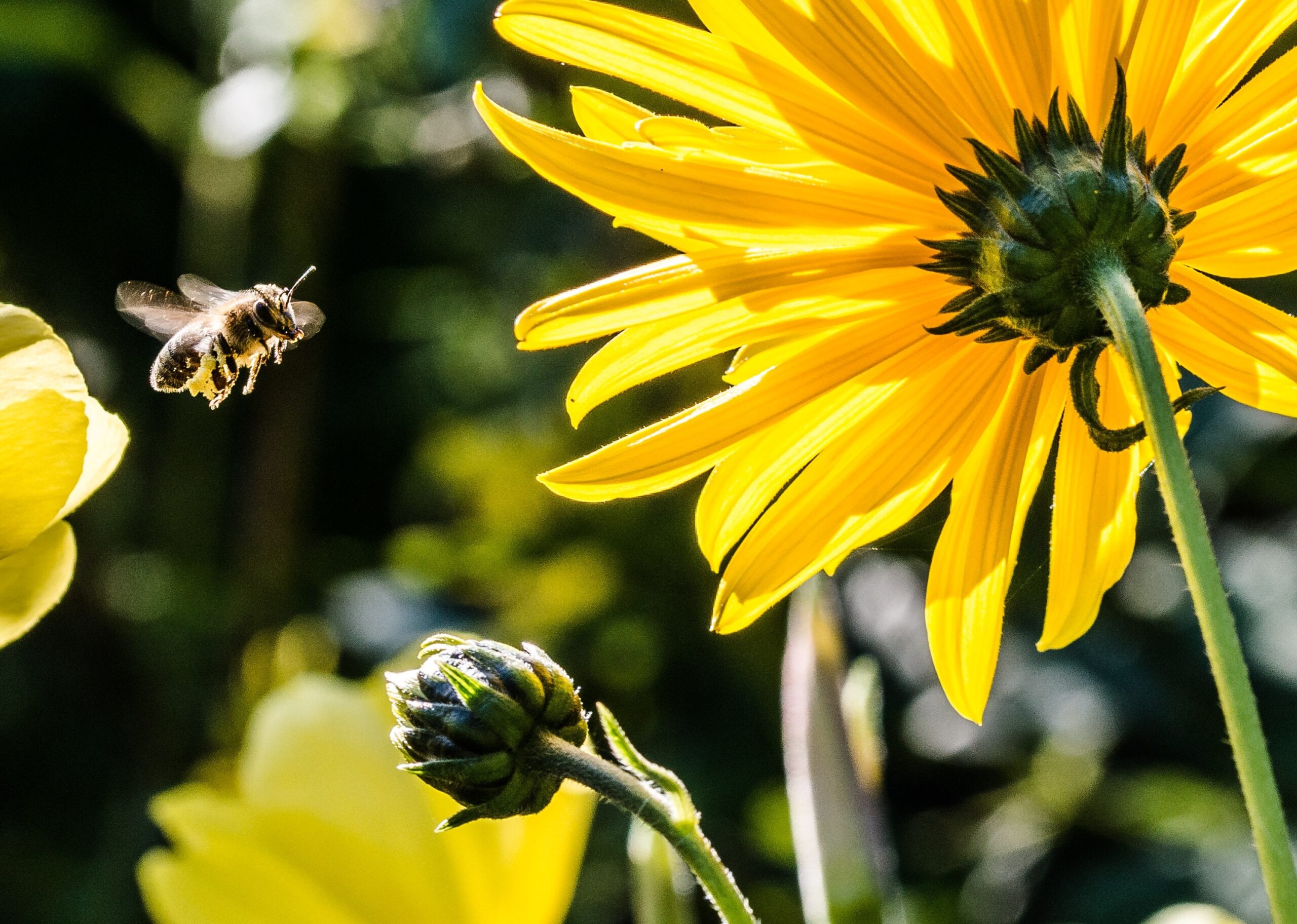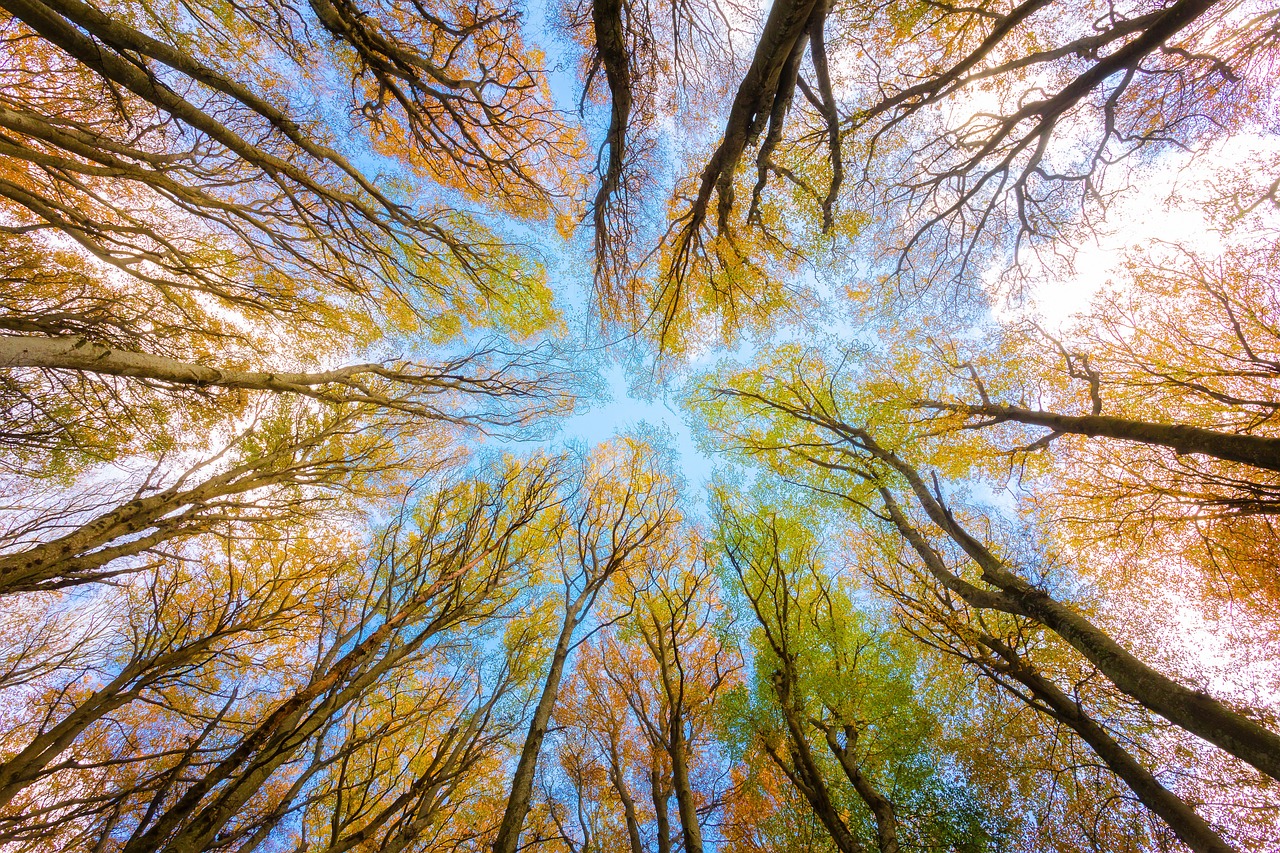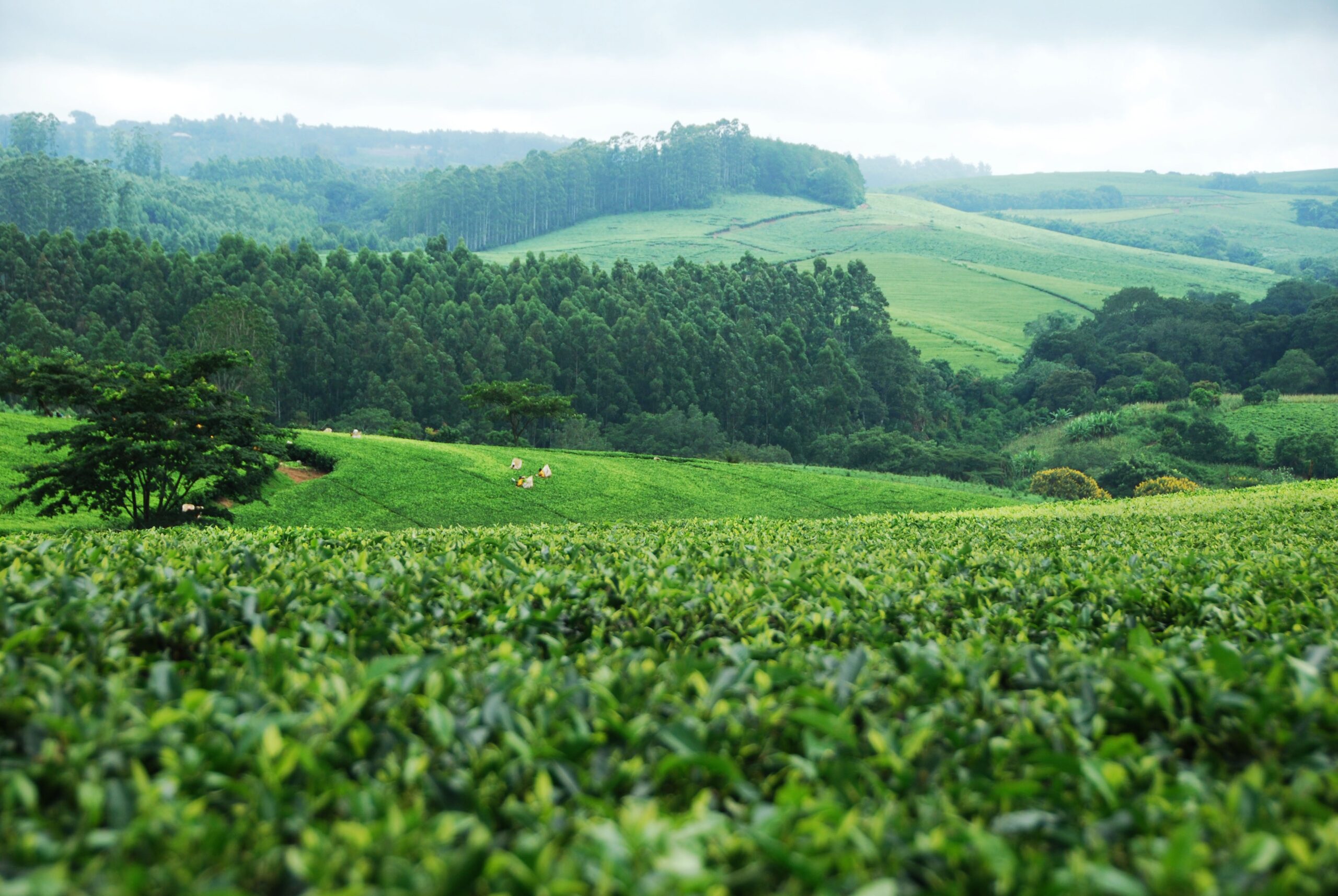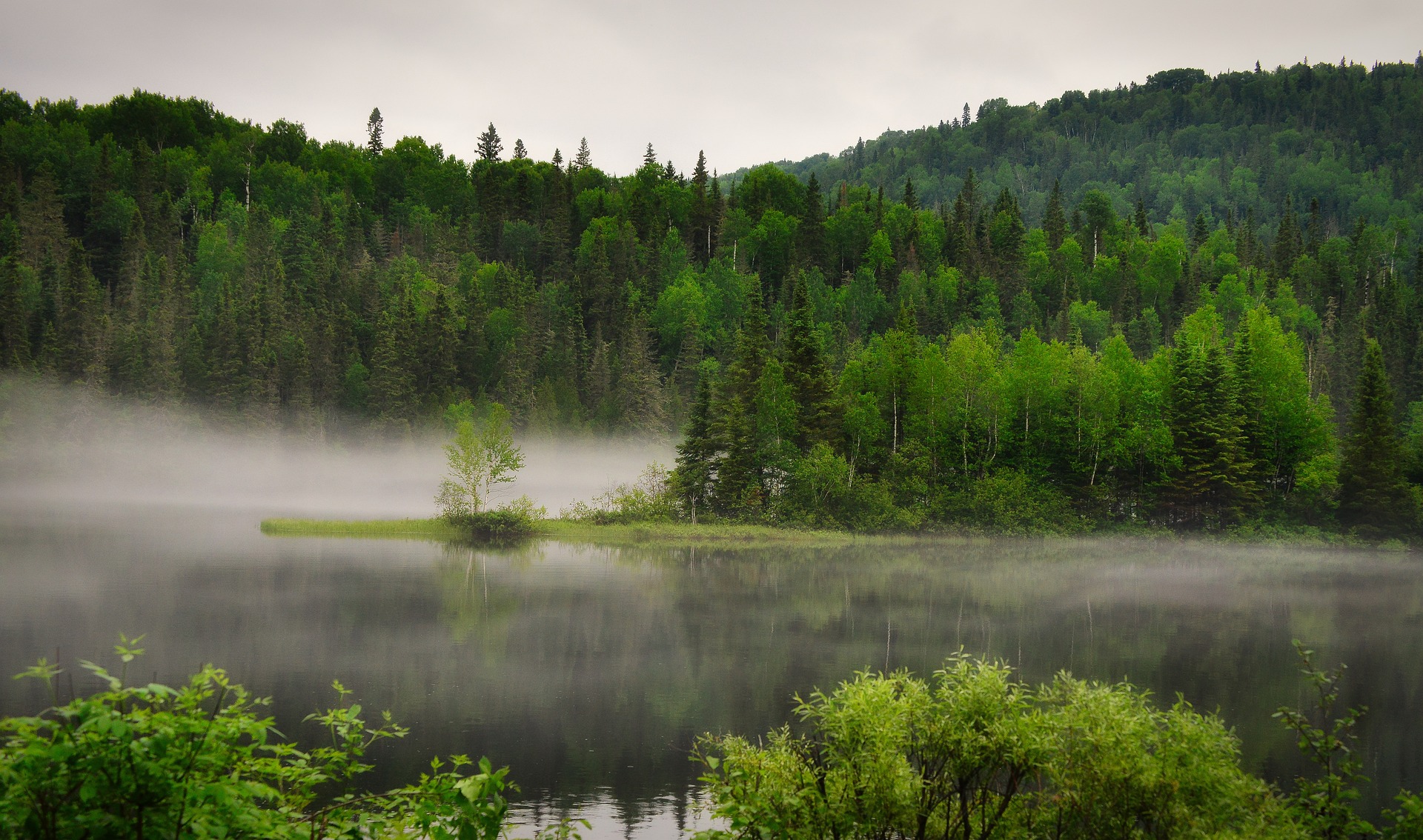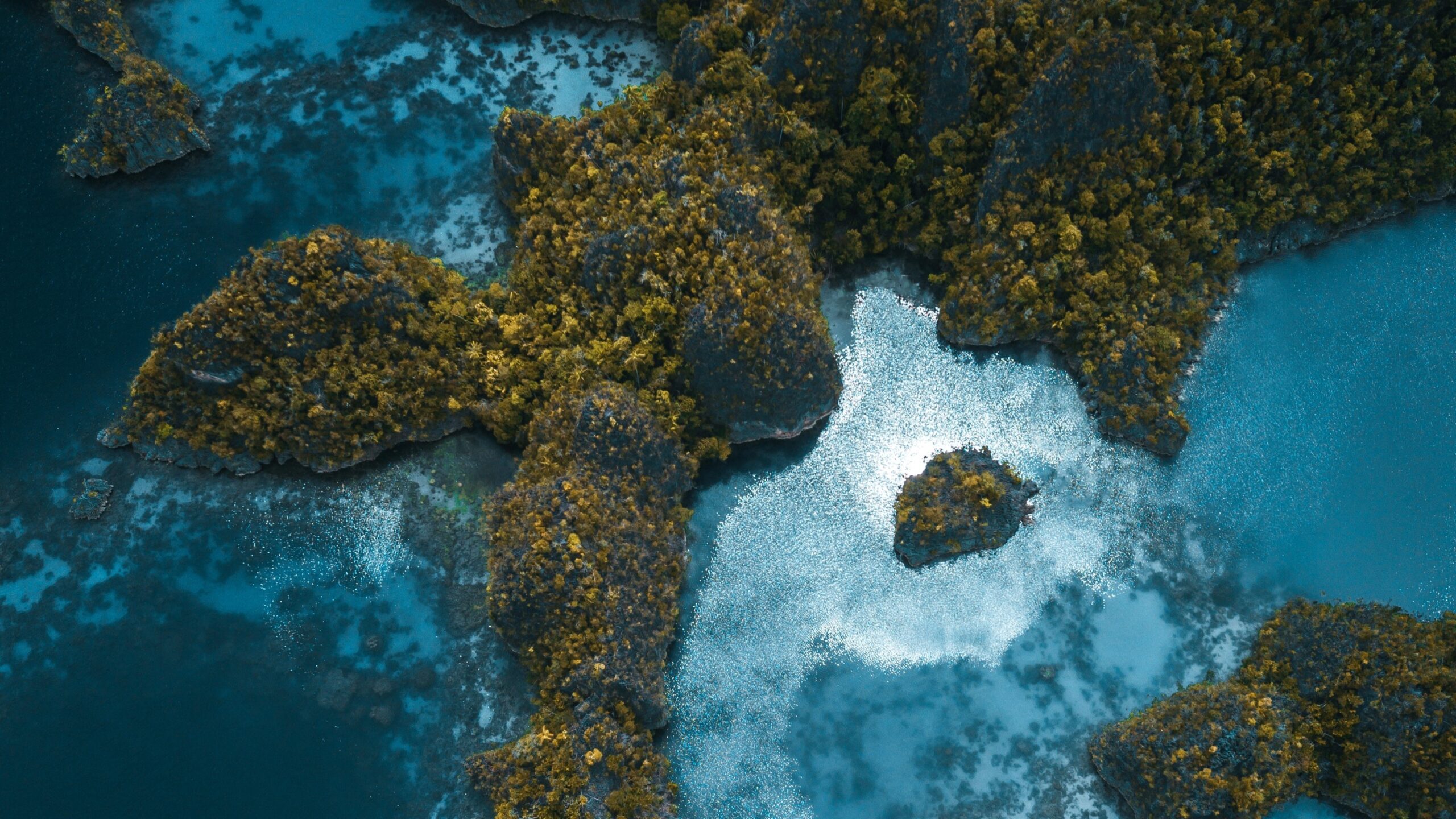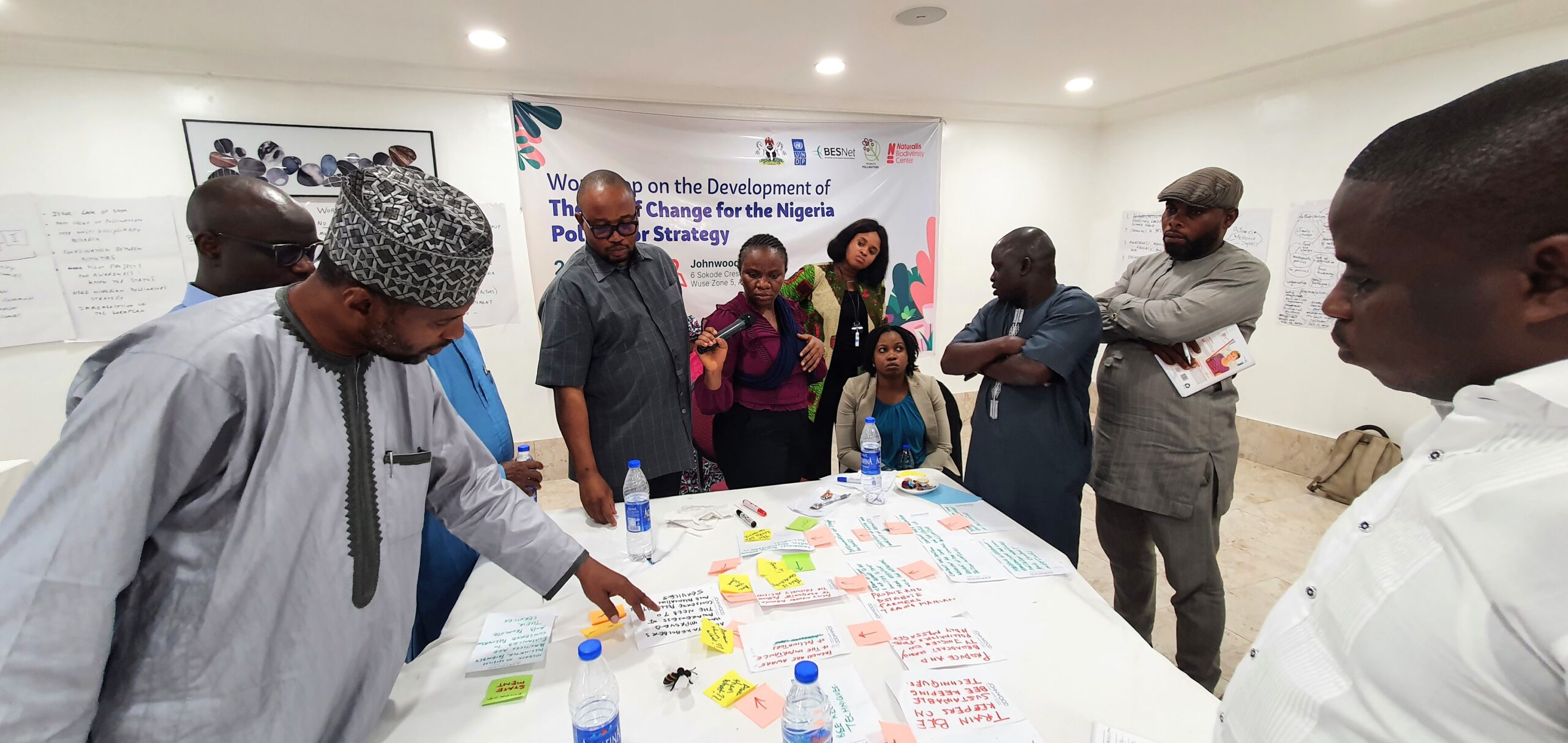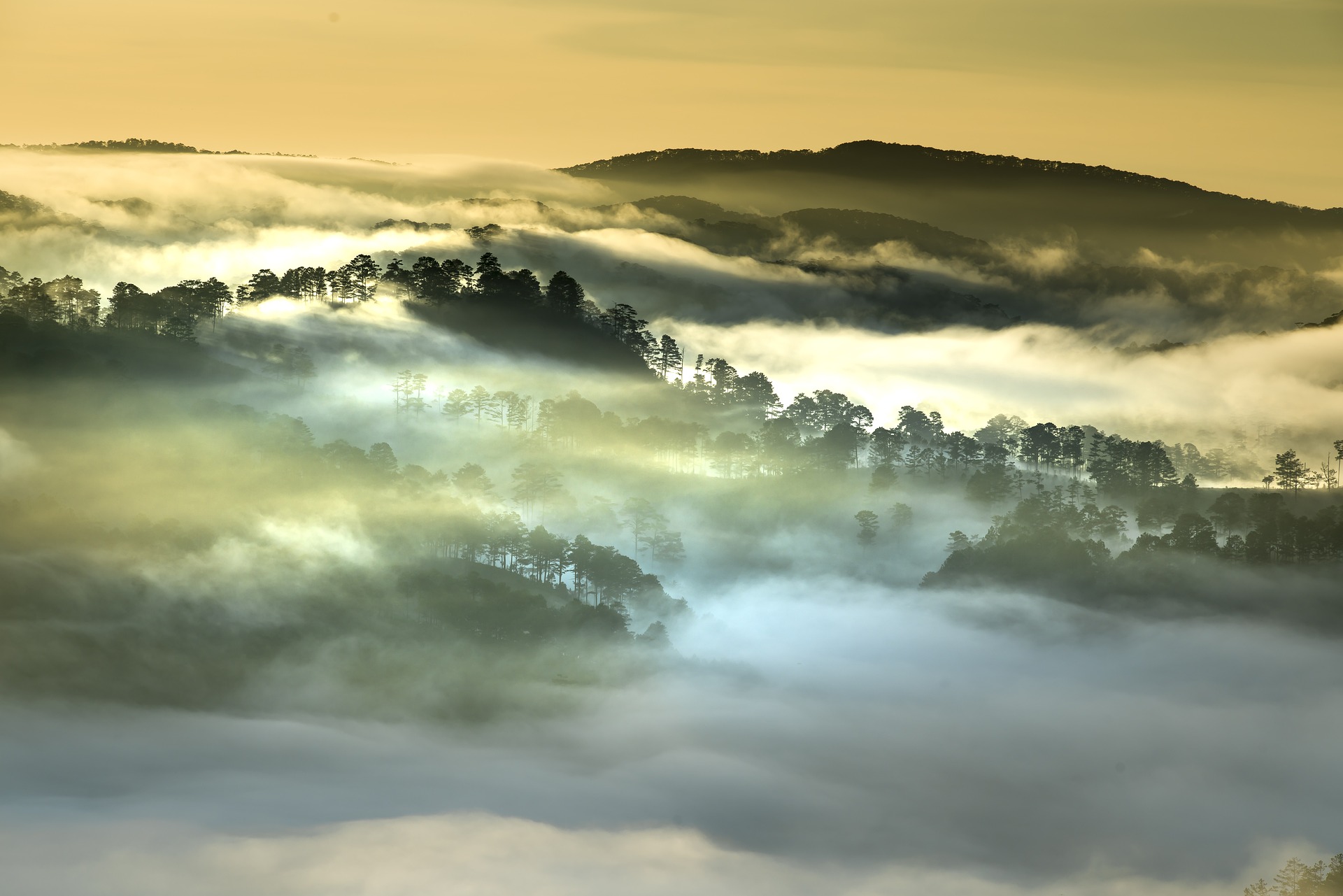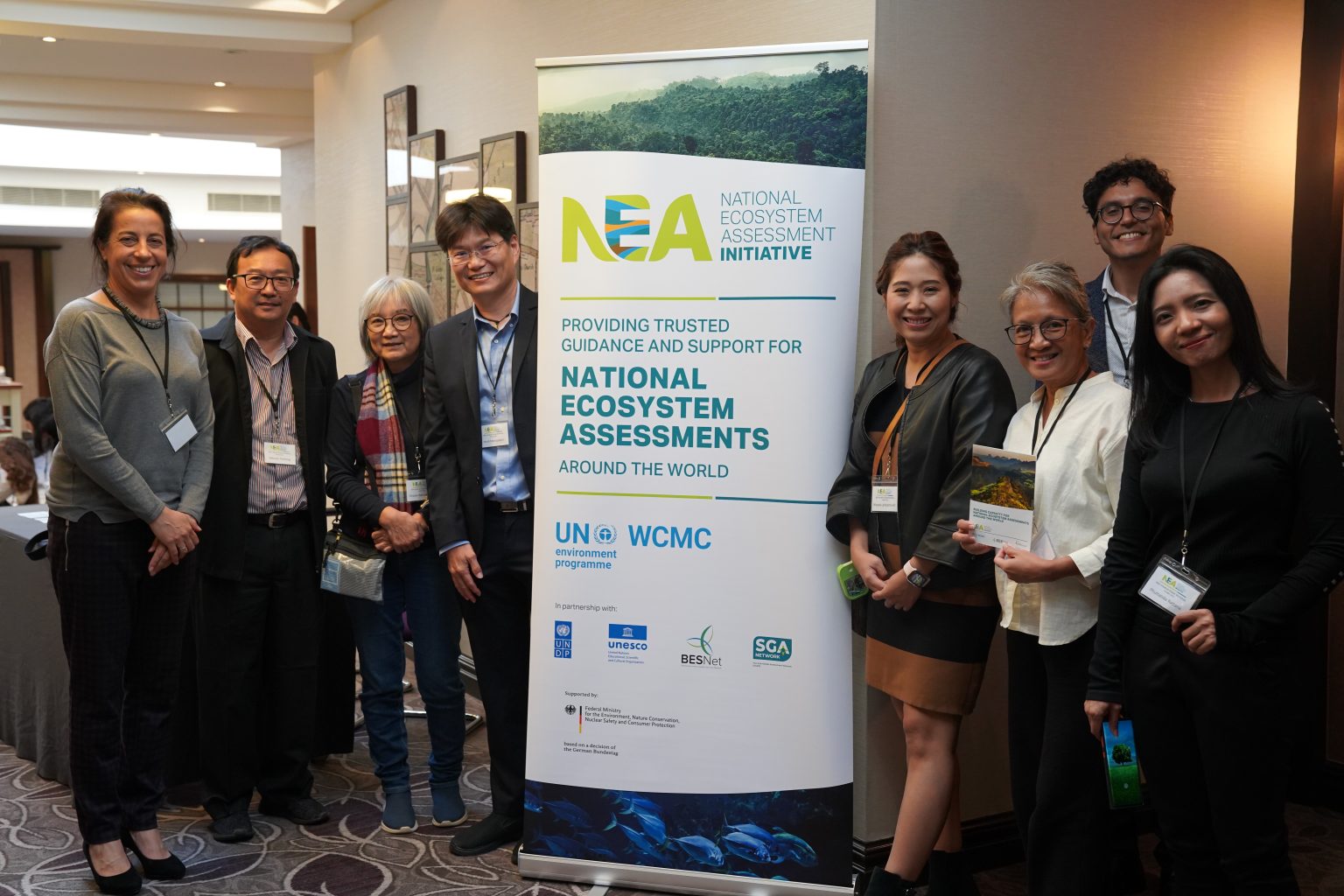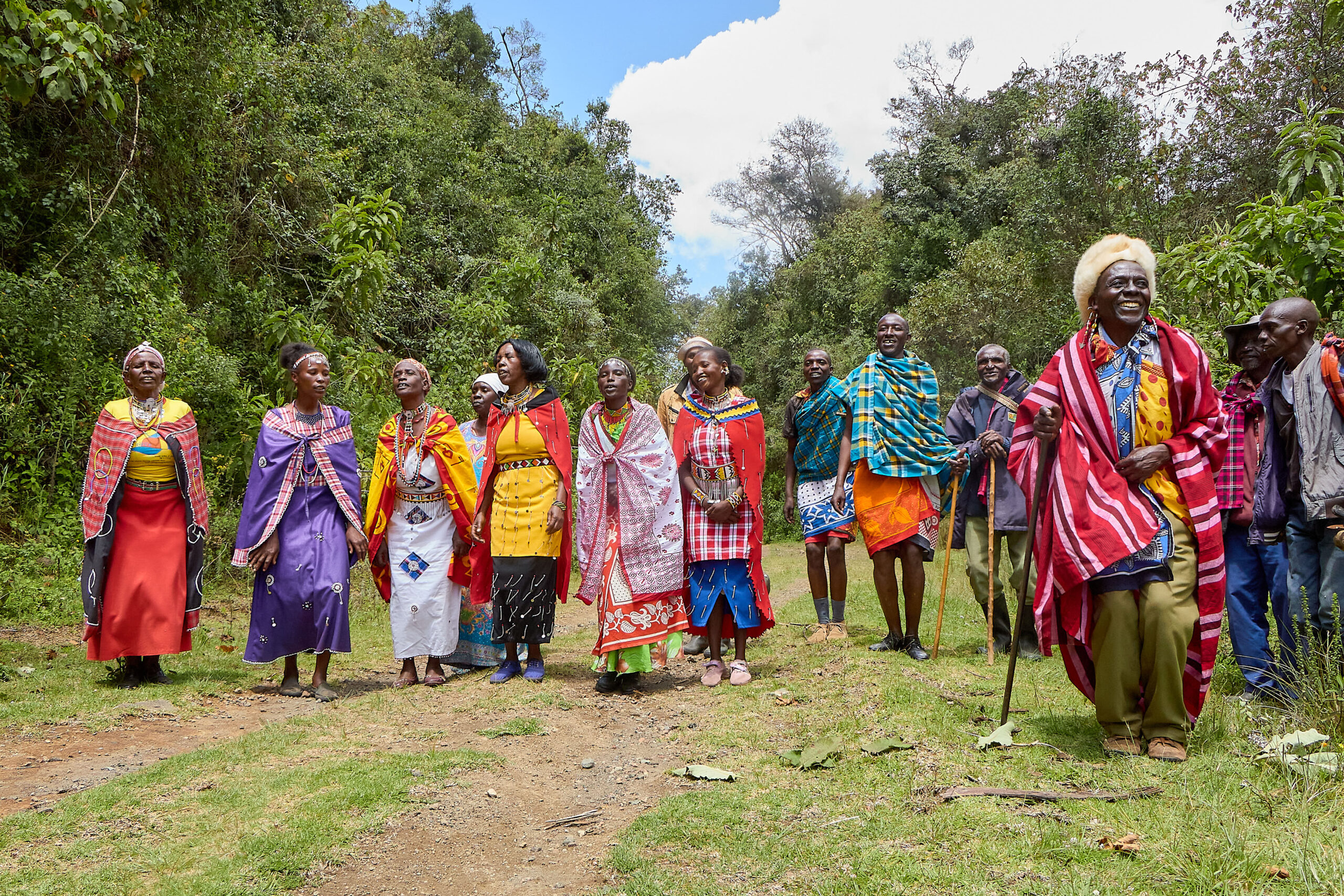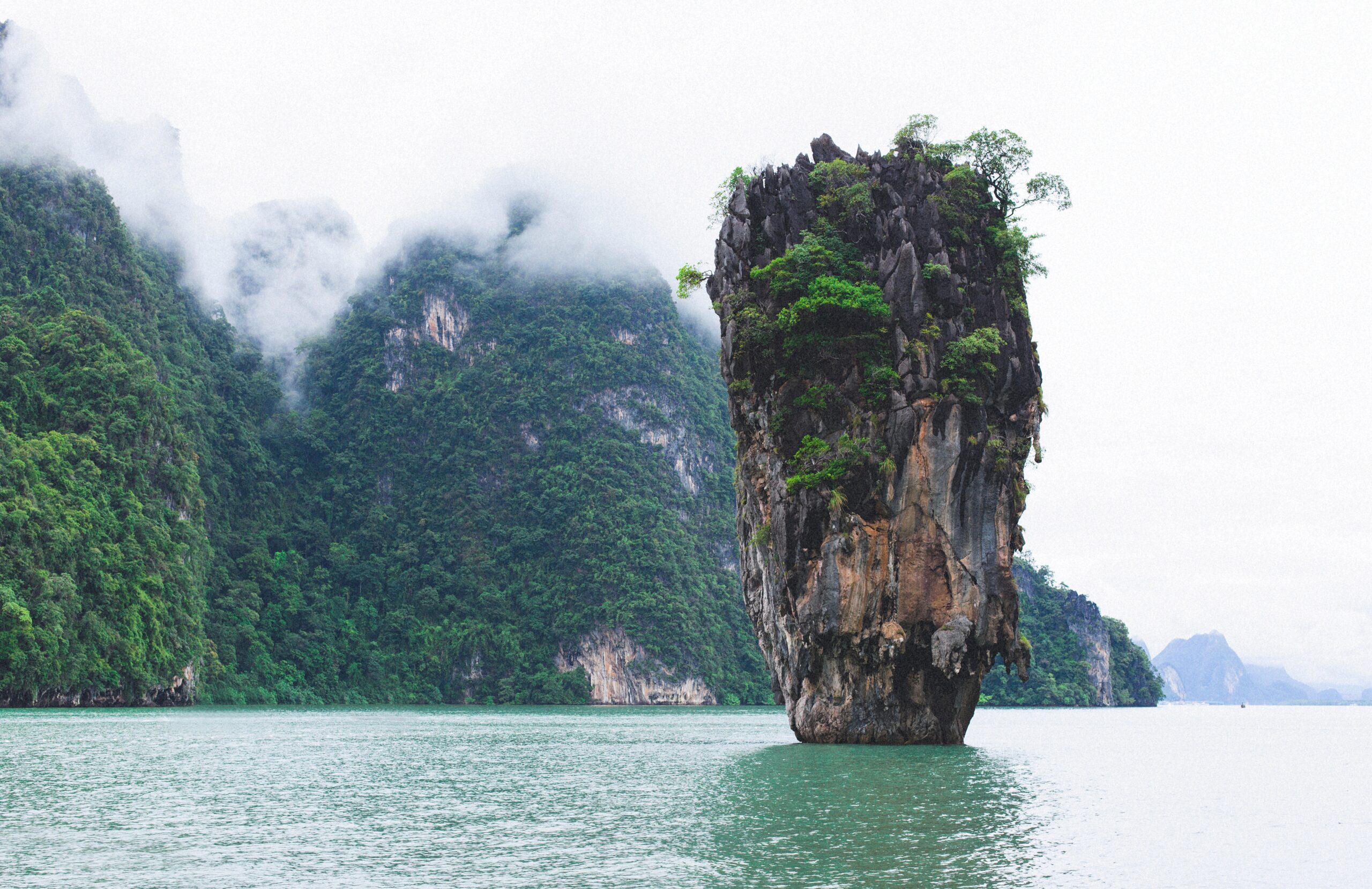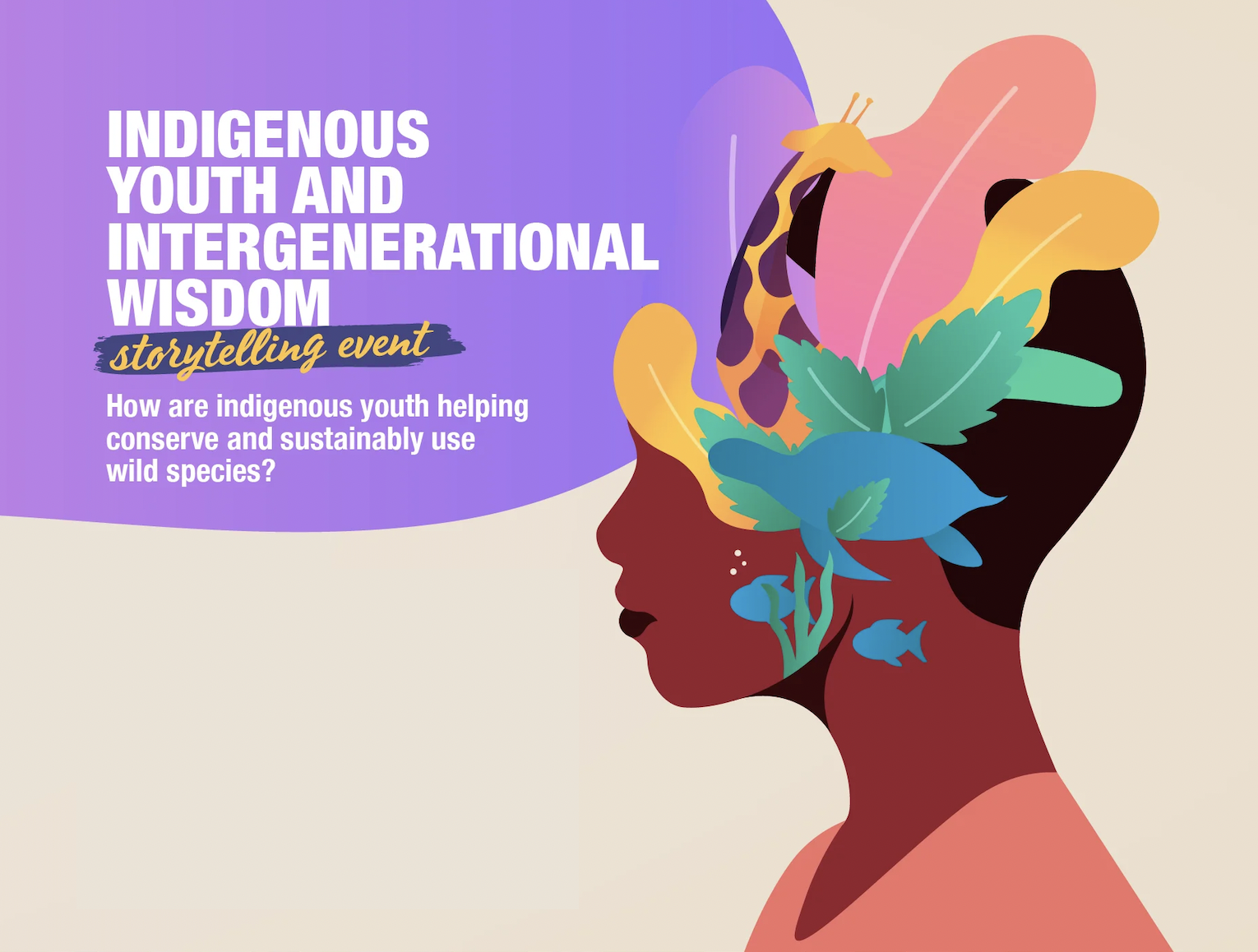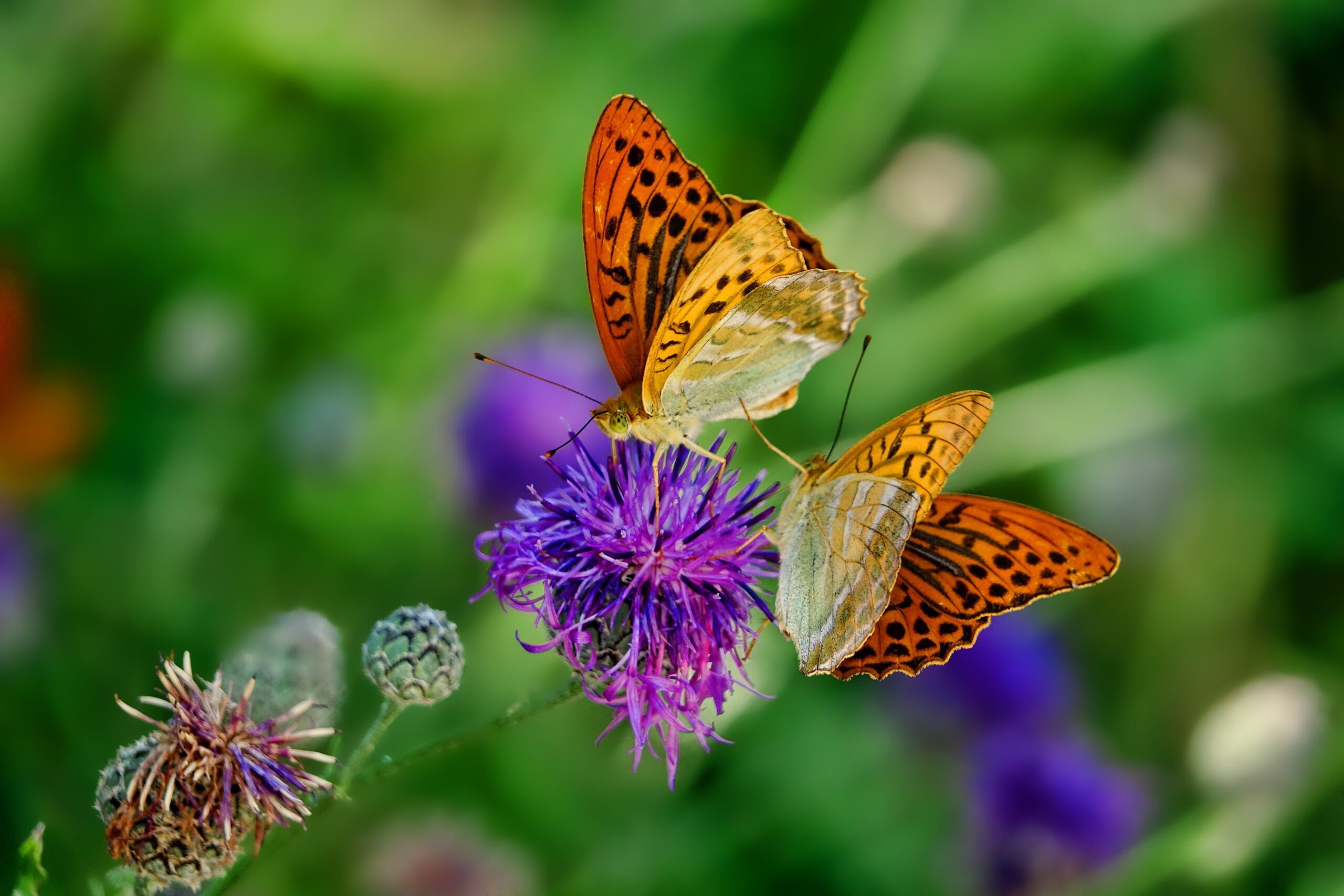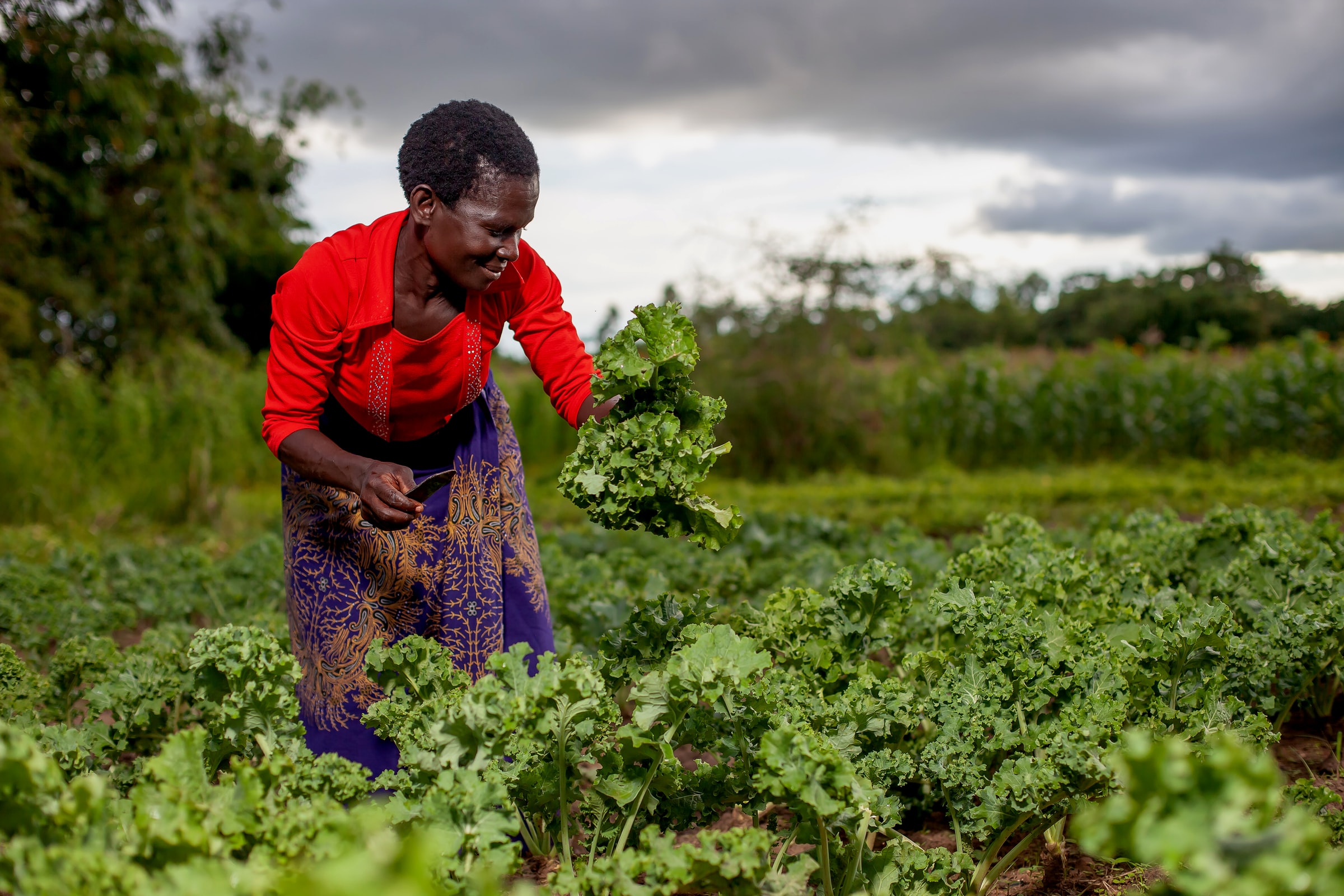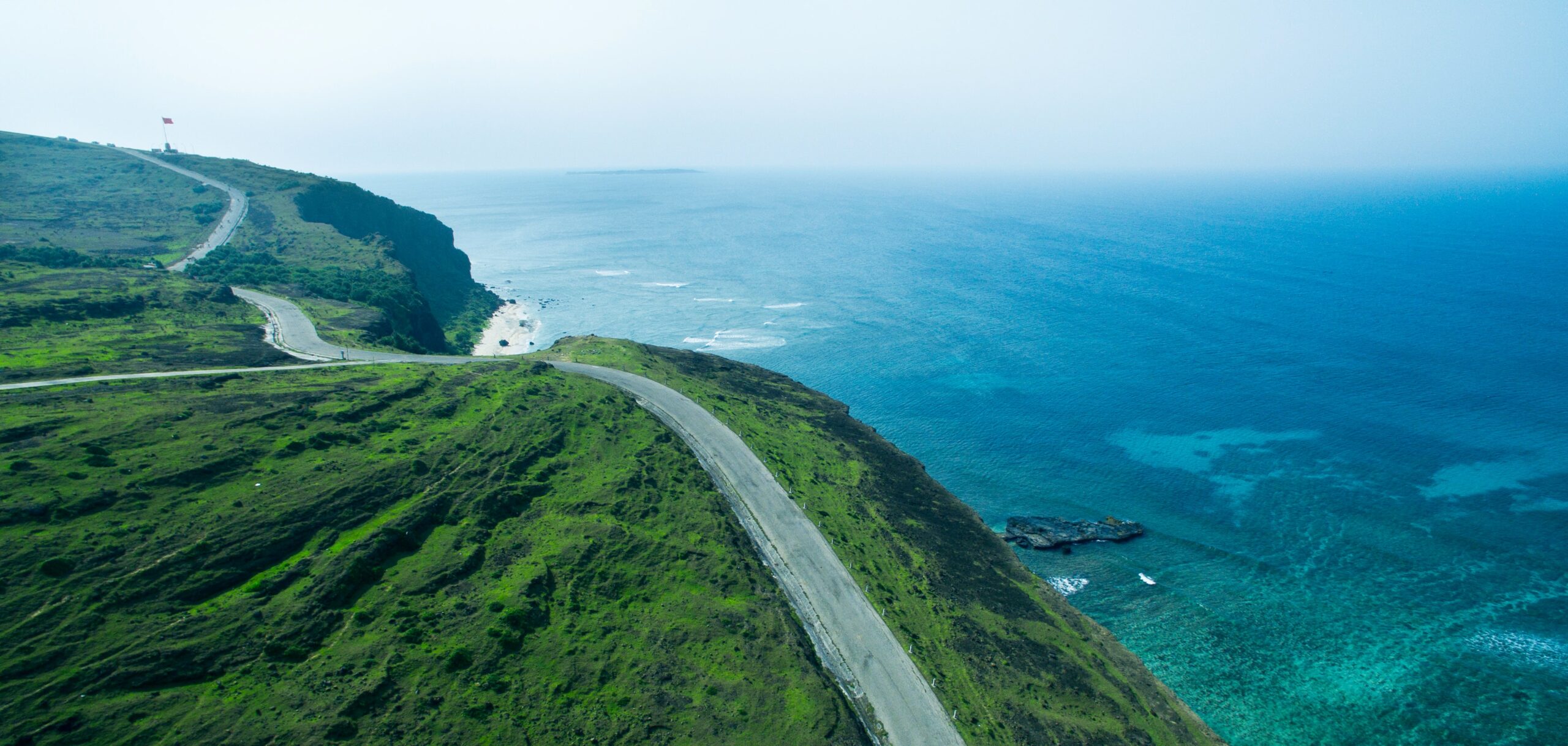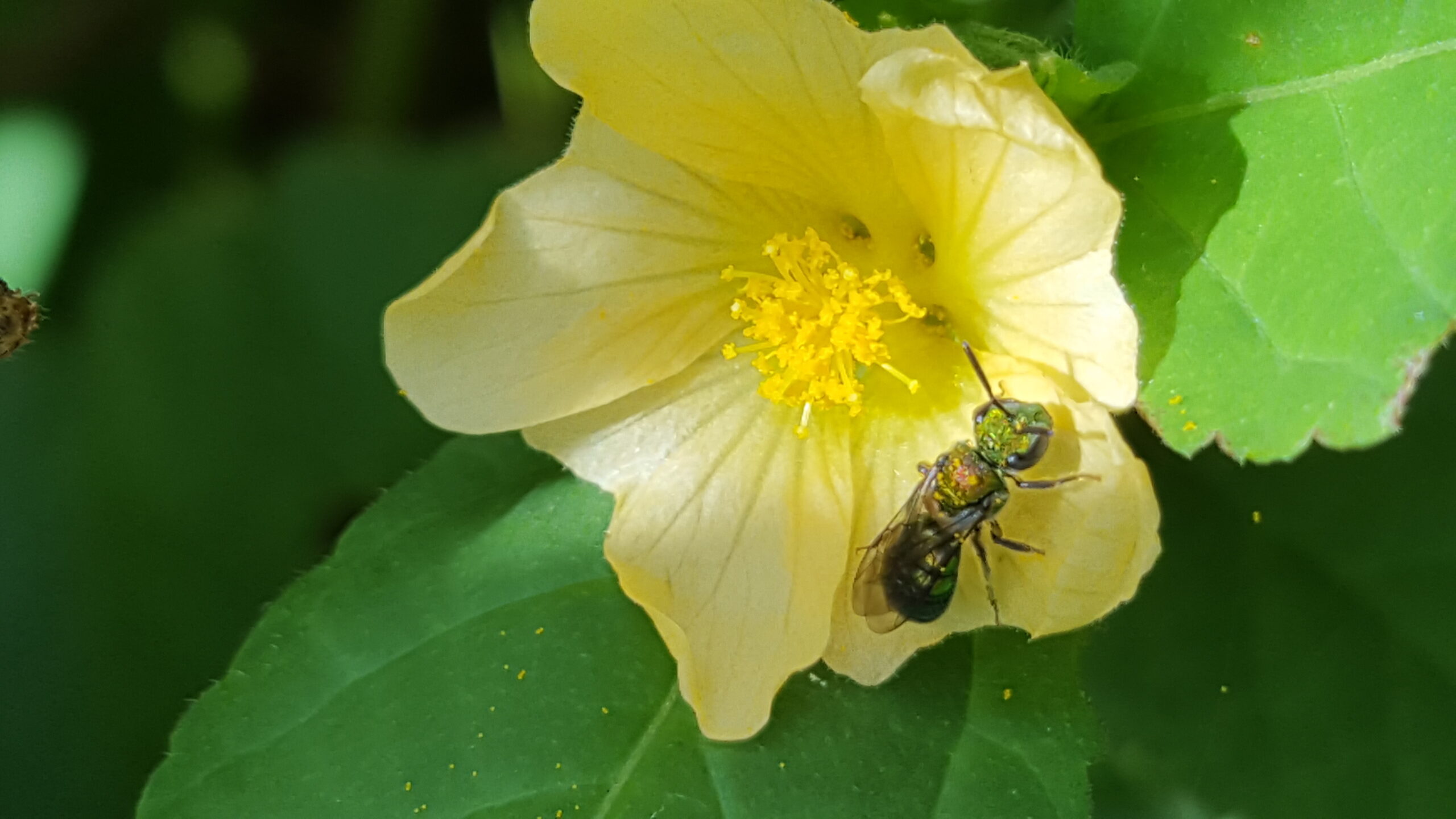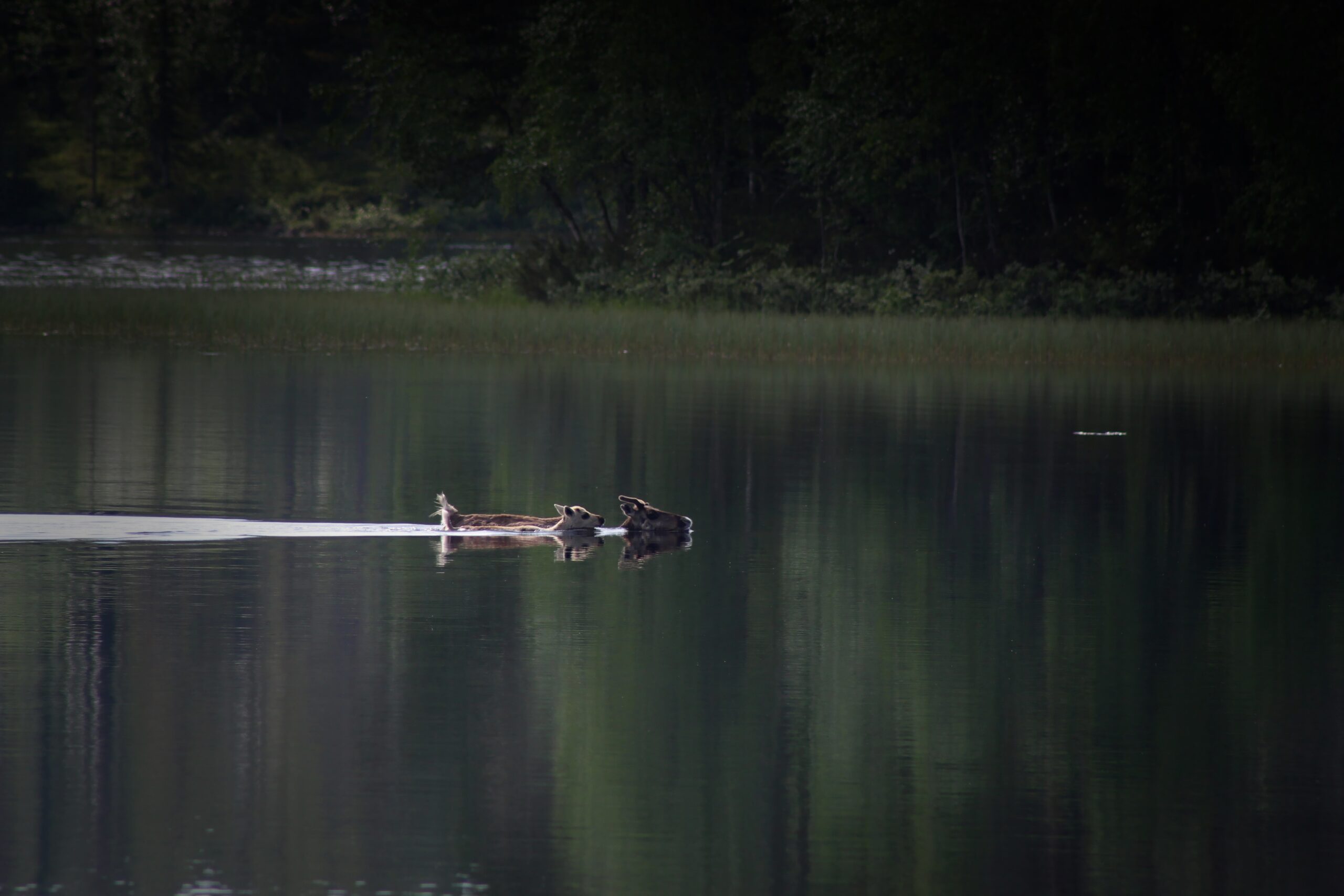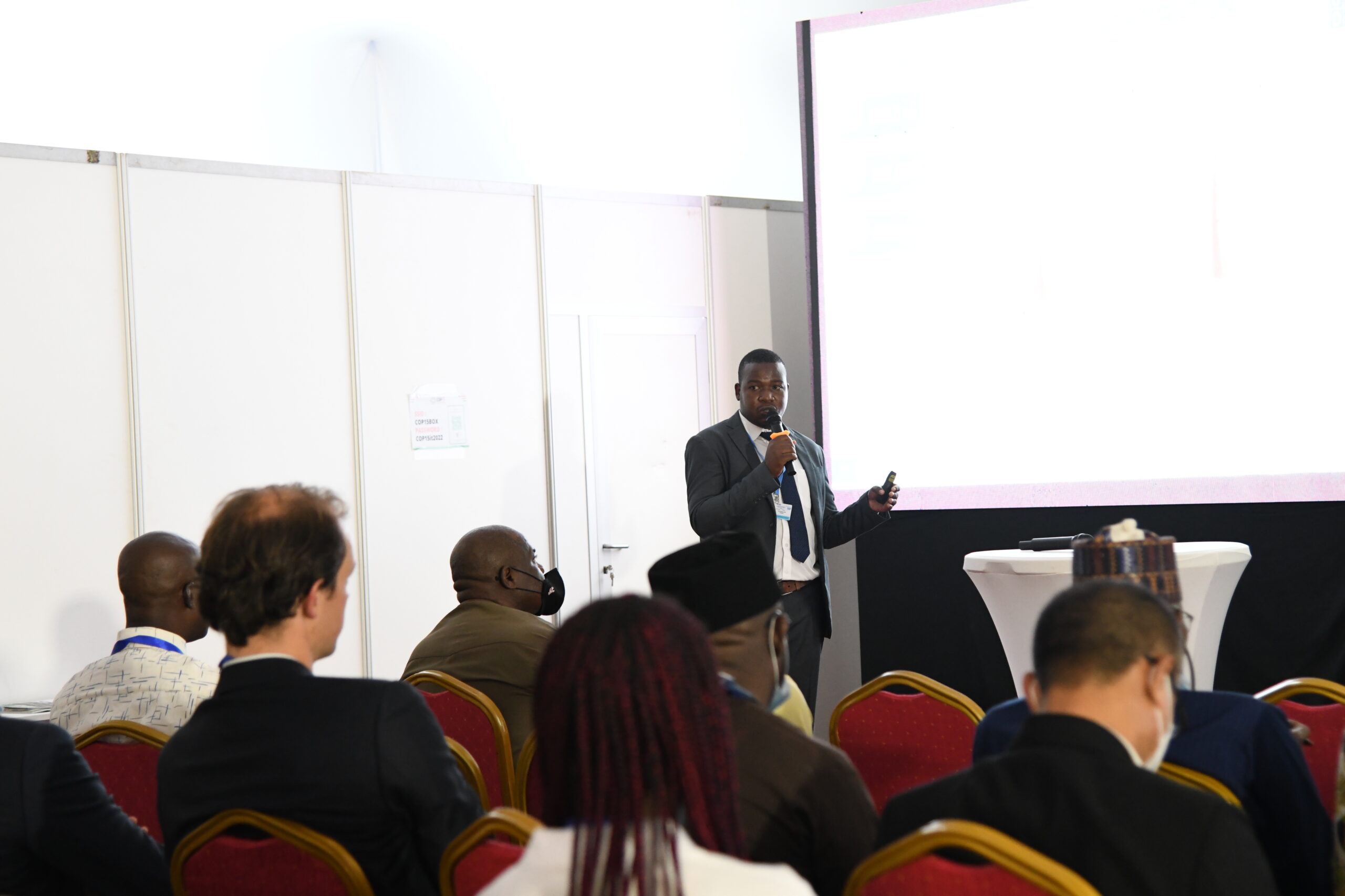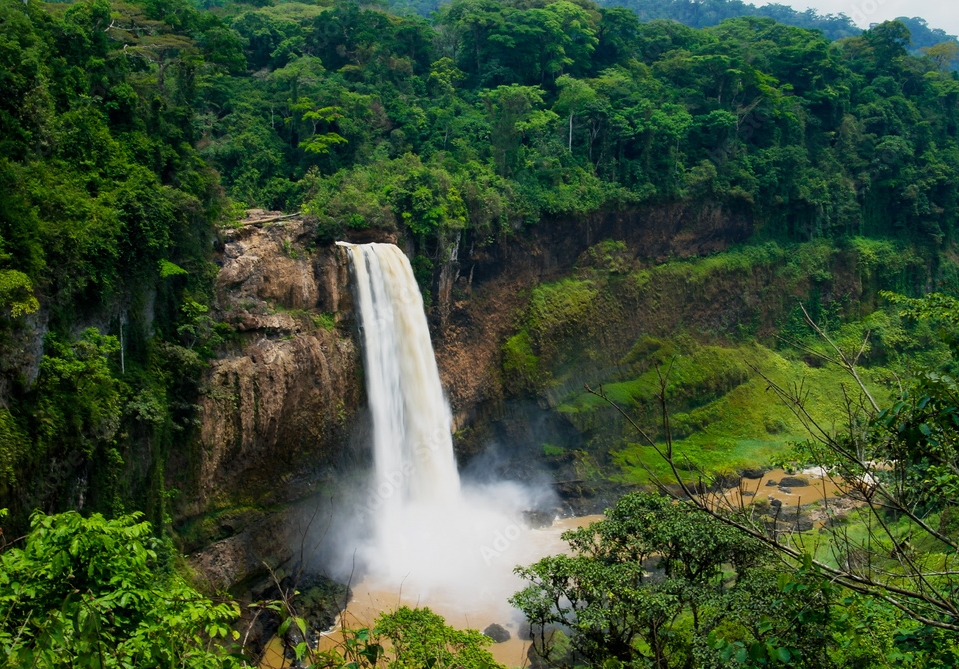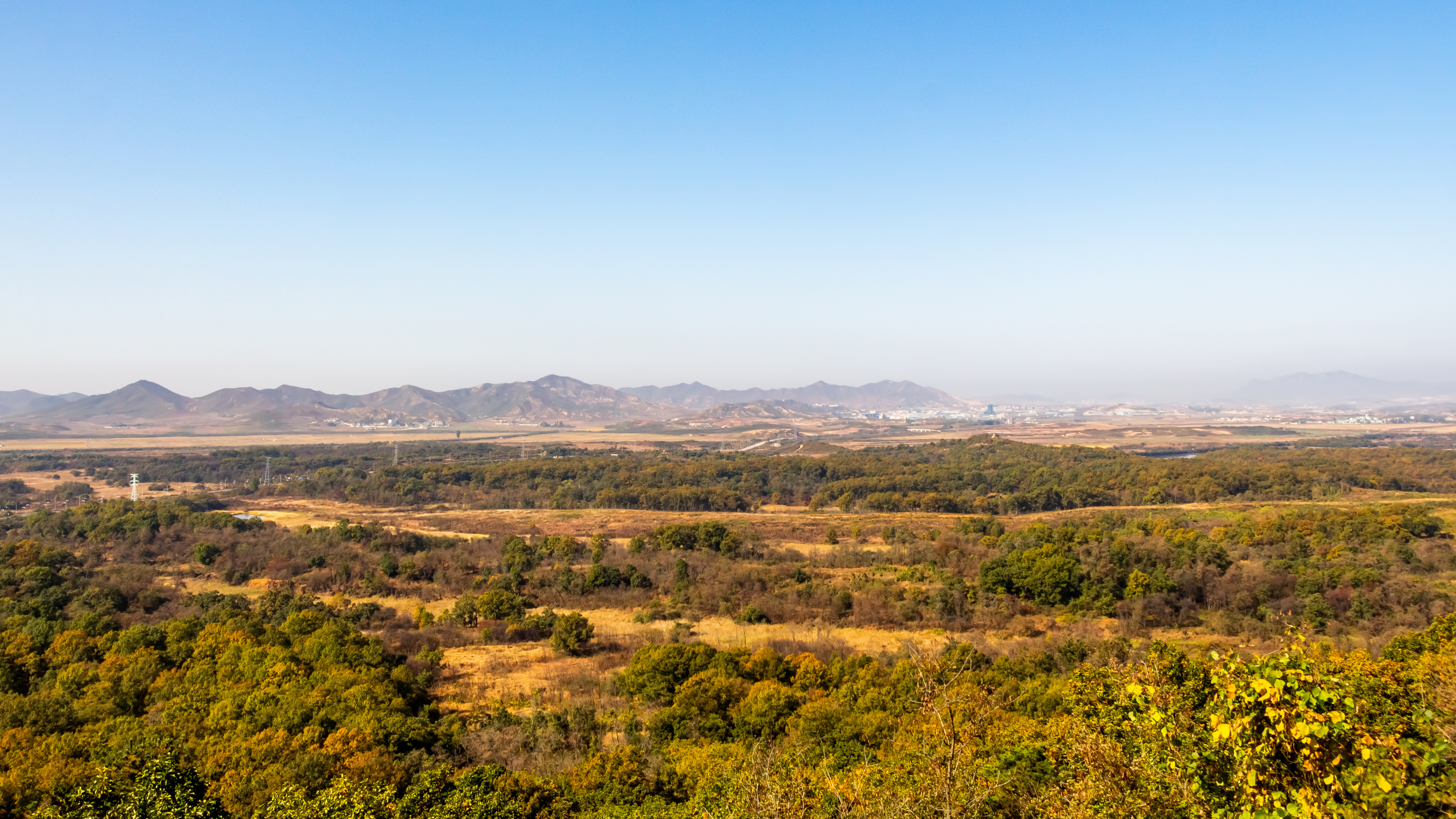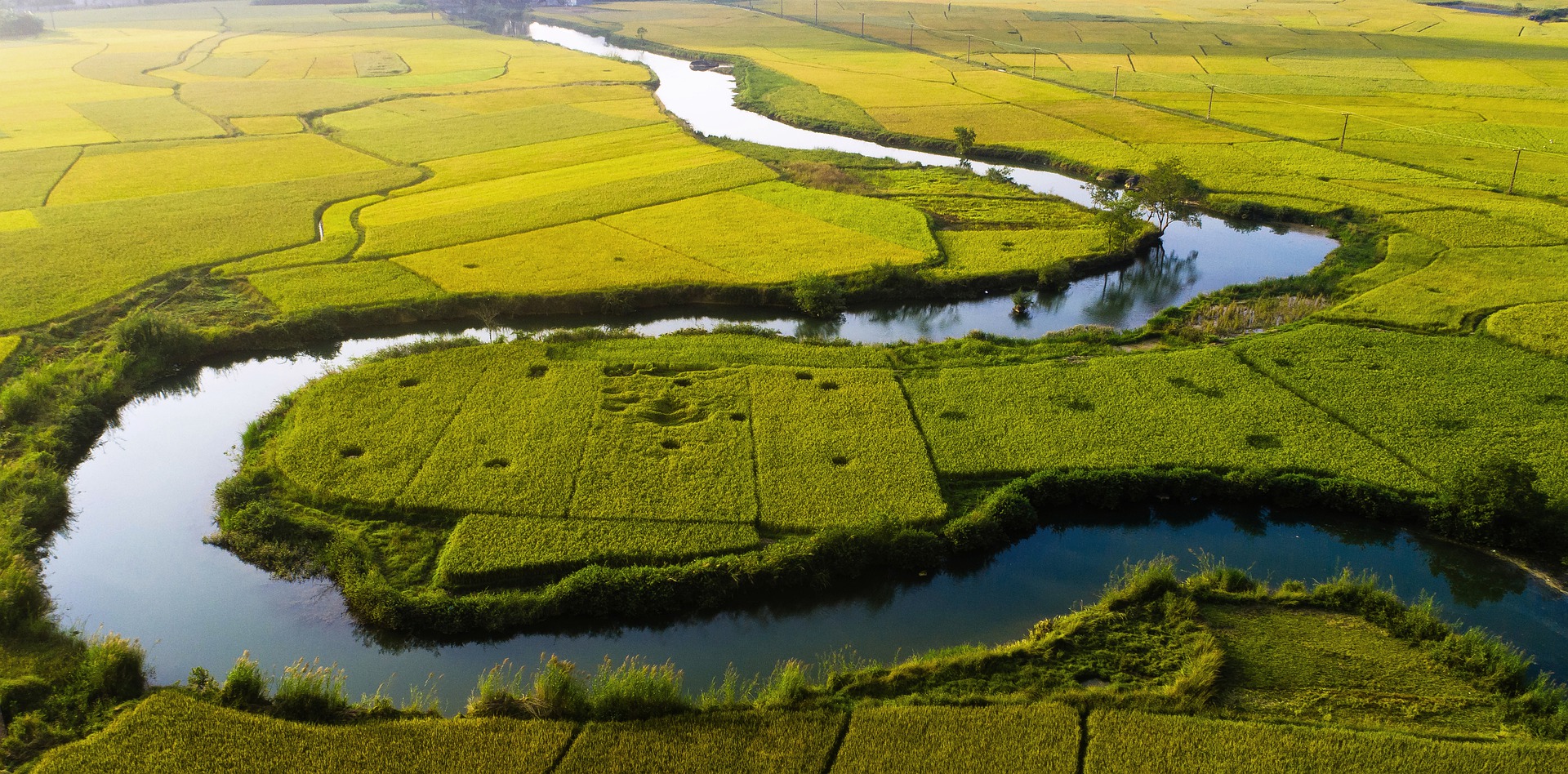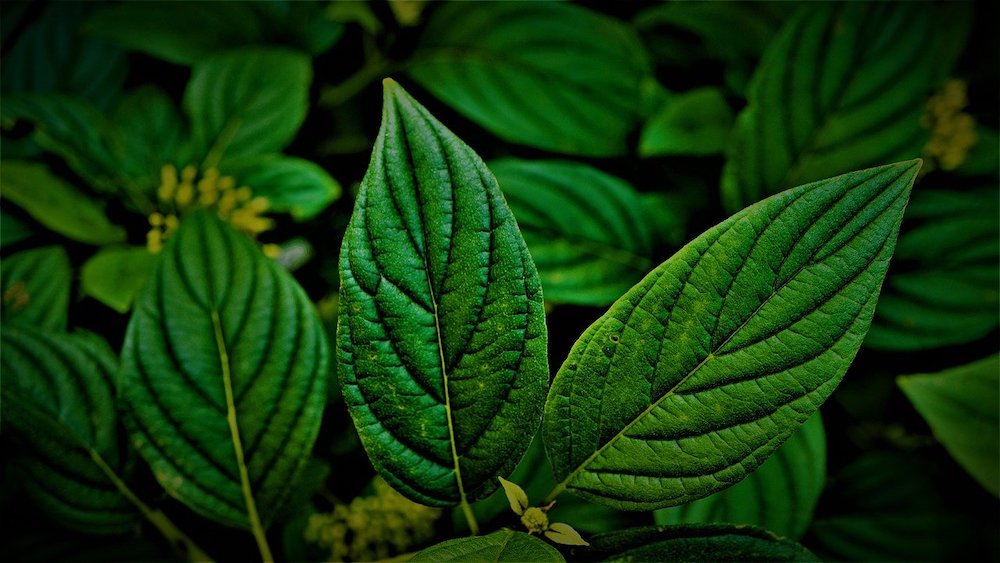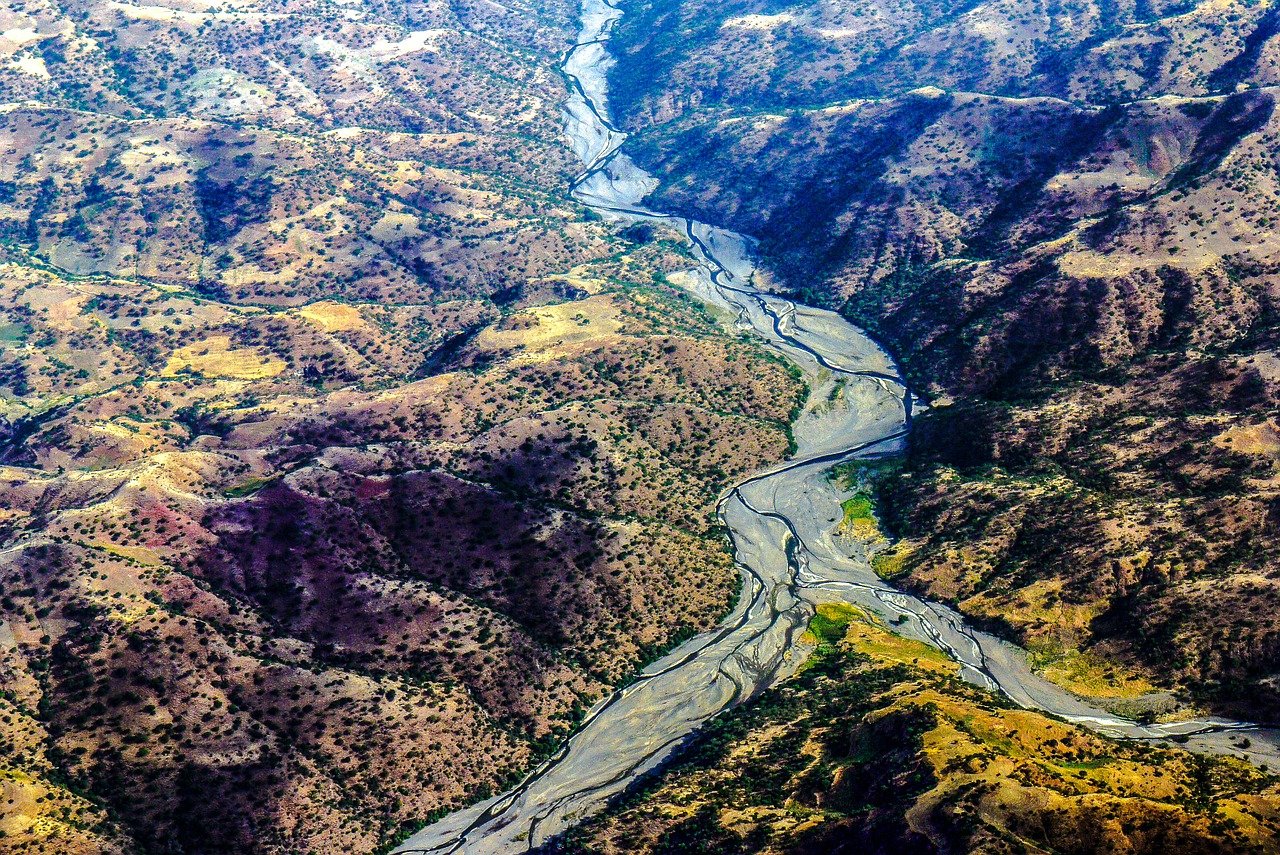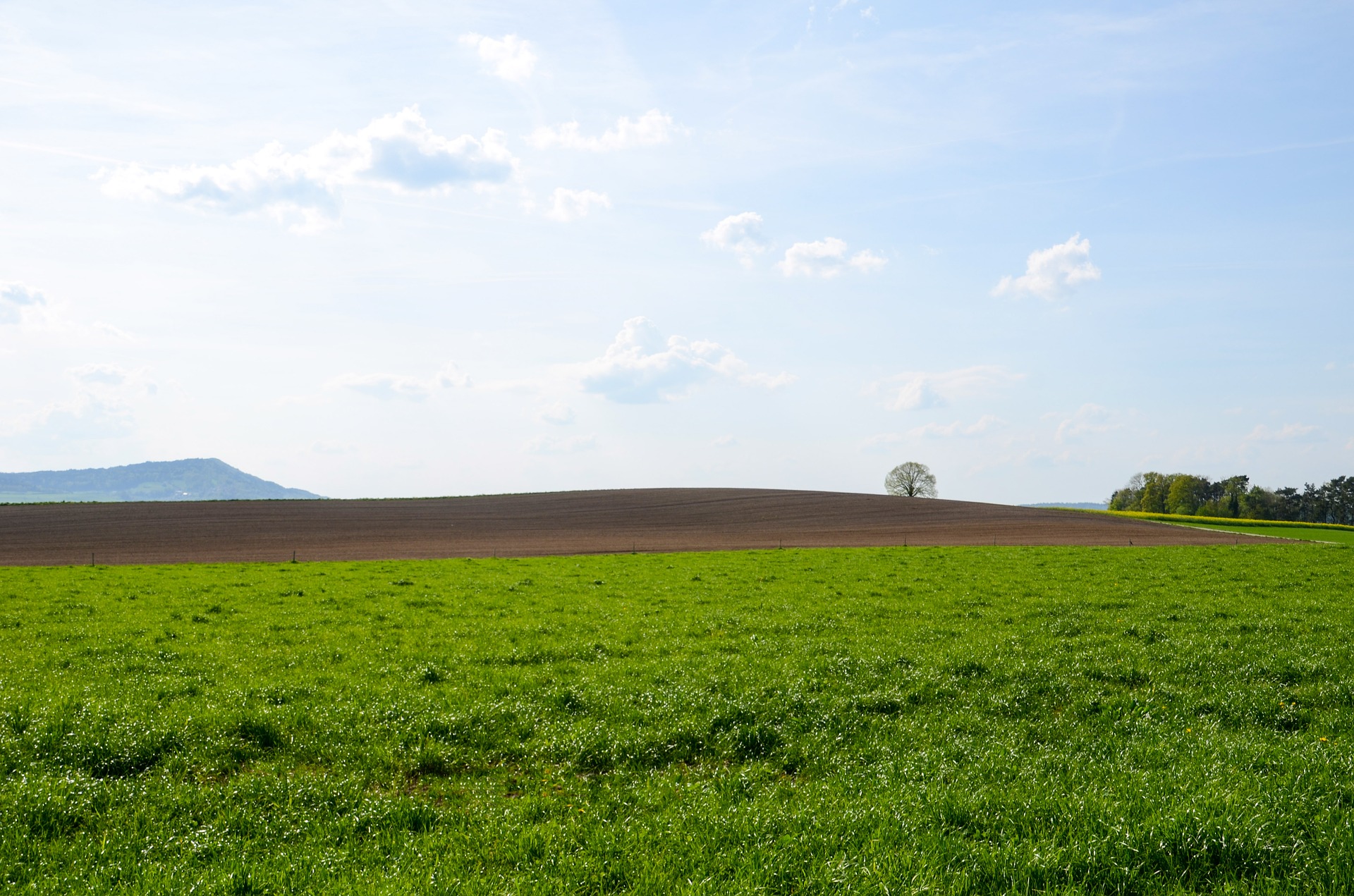Expert Corner: Prof. Khady Diouf Goudiaby on the Power of Research for Marine Conservation
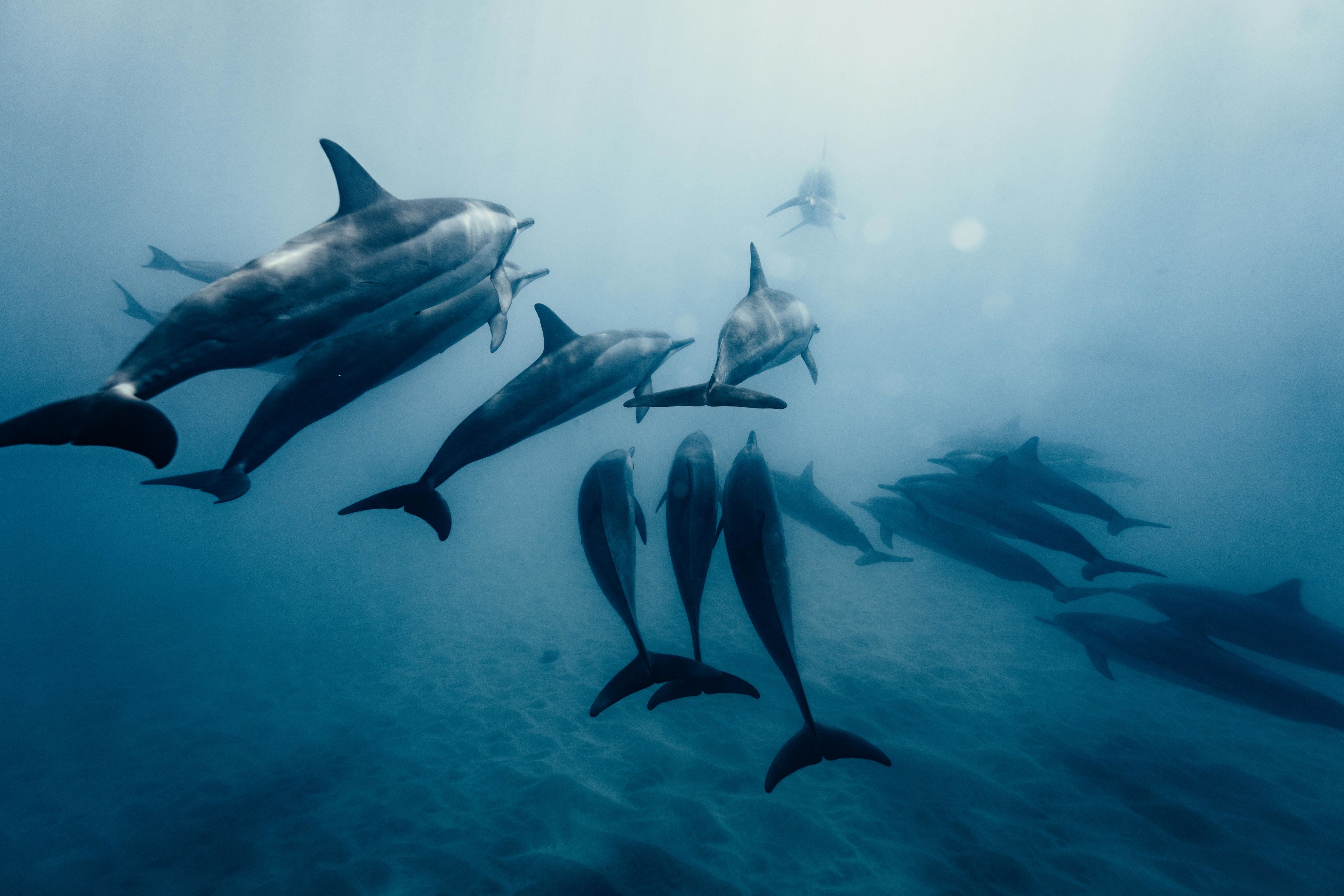
Photo by Kammeran Gonzalez-Keola on Pexels
Photo by Kammeran Gonzalez-Keola on Pexels
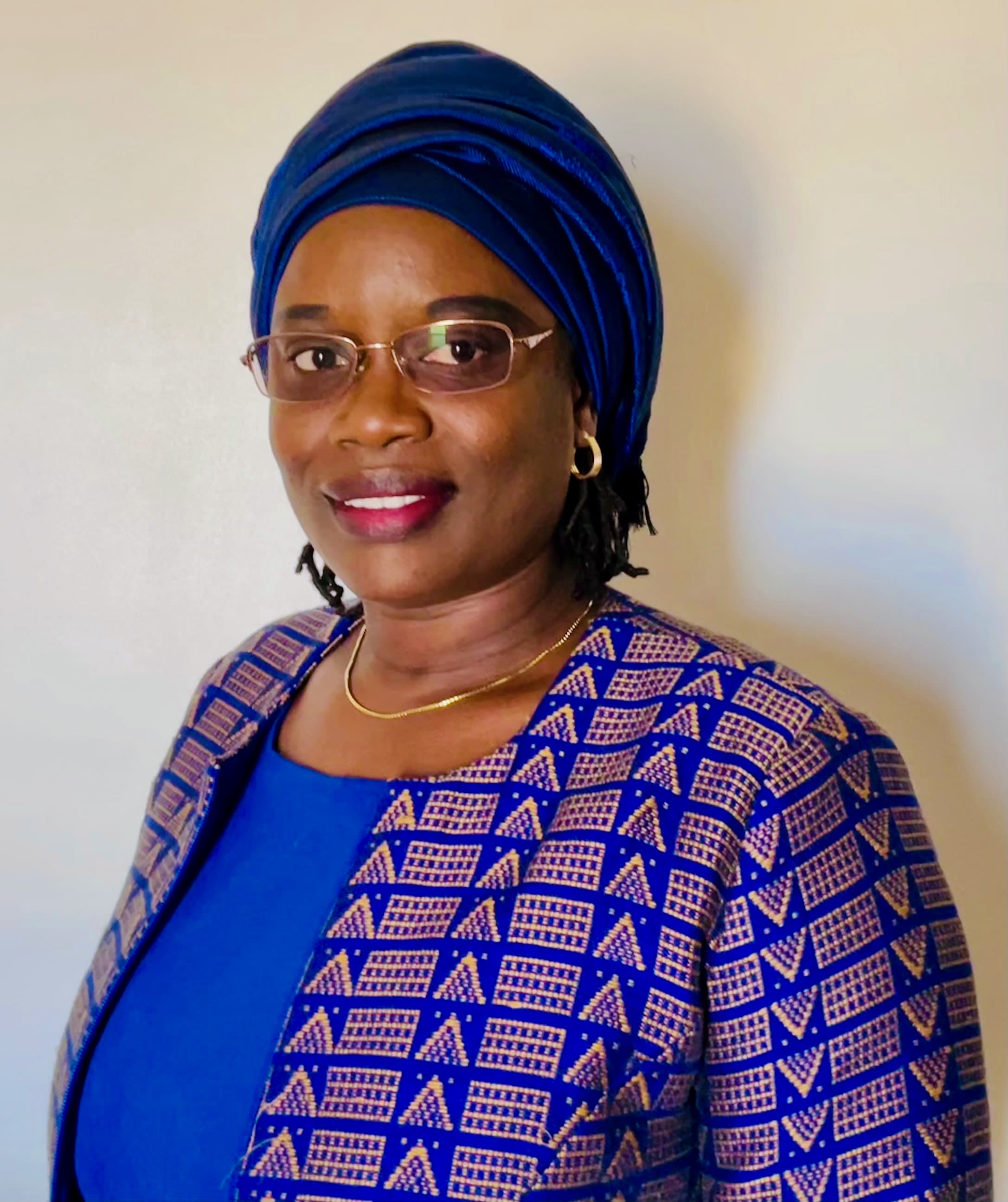
A conversation with Prof. Khady Diouf Goudiaby on the transformative power of research in marine conservation
In this interview, Prof. Khady Diouf Goudiaby – a leading expert in marine biology and ecology – shares her personal journey into the field, the urgent threats facing marine wildlife in Senegal and the region and the critical role that scientific research plays in forging sustainable management practices.
Professor Khady Diouf Goudiaby is an associate research director and holds a Diploma of Advanced Studies in Environmental Sciences from the Institute of Environmental Sciences at Cheikh Anta Diop University of Dakar (UCAD) in Senegal. She completed her doctoral thesis in Aquatic Ecosystem Ecology at the University of Montpellier 2 (France).
She is currently a researcher in the Department of Animal Biology at the Cheikh Anta Diop Institute of African Fundamental Research (IFAN Ch. A. Diop), a research institute affiliated with UCAD. Since 2009, she has been leading the Marine Biology Laboratory at IFAN Ch. A. Diop. Her research primarily focuses on marine biology and ecology. She has authored several scientific publications on the life history traits of fish (age, growth, reproduction, connectivity) and fisheries management.
Professor Khady Diouf Goudiaby is an expert on the IUCN Red List and is committed to building synergies between education, research and actions aimed at the conservation and sustainable management of marine resources.
She is the coordinator of two projects funded by the International Atomic Energy Agency in Senegal:
– The regional project Nutec Plastic RAF1010: "Reuse and recycling of polymer waste through radiation modification for the production of industrial goods."
– The interregional project INT7021: "Contributing to global monitoring of marine plastic pollution within the framework of the nuclear technology initiative for controlling plastic pollution."
Previously, from 2007 to 2008, she worked as a research officer at the Oceanographic Research Center of Dakar-Thiaroye, part of the Senegalese Institute of Agricultural Research.

A conversation with Prof. Khady Diouf Goudiaby on the transformative power of research in marine conservation
In this interview, Prof. Khady Diouf Goudiaby – a leading expert in marine biology and ecology – shares her personal journey into the field, the urgent threats facing marine wildlife in Senegal and the region and the critical role that scientific research plays in forging sustainable management practices.
Professor Khady Diouf Goudiaby is an associate research director and holds a Diploma of Advanced Studies in Environmental Sciences from the Institute of Environmental Sciences at Cheikh Anta Diop University of Dakar (UCAD) in Senegal. She completed her doctoral thesis in Aquatic Ecosystem Ecology at the University of Montpellier 2 (France).
She is currently a researcher in the Department of Animal Biology at the Cheikh Anta Diop Institute of African Fundamental Research (IFAN Ch. A. Diop), a research institute affiliated with UCAD. Since 2009, she has been leading the Marine Biology Laboratory at IFAN Ch. A. Diop. Her research primarily focuses on marine biology and ecology. She has authored several scientific publications on the life history traits of fish (age, growth, reproduction, connectivity) and fisheries management.
Professor Khady Diouf Goudiaby is an expert on the IUCN Red List and is committed to building synergies between education, research and actions aimed at the conservation and sustainable management of marine resources.
She is the coordinator of two projects funded by the International Atomic Energy Agency in Senegal:
– The regional project Nutec Plastic RAF1010: "Reuse and recycling of polymer waste through radiation modification for the production of industrial goods."
– The interregional project INT7021: "Contributing to global monitoring of marine plastic pollution within the framework of the nuclear technology initiative for controlling plastic pollution."
Previously, from 2007 to 2008, she worked as a research officer at the Oceanographic Research Center of Dakar-Thiaroye, part of the Senegalese Institute of Agricultural Research.
To begin, could you share what personally motivated you to become a scientist and specialize in marine biology? What events or influences shaped your path?
Having been born in an environment where the sea and permanent bodies of water are non-existent, I was very impressed to see the sea for the first time when I came to Dakar to continue my secondary studies. The water fascinated me while walking alongside the ocean’s coast for the first time with my father. Since that day, I have not ceased to be interested in everything related to the sea. I naturally understood that to work in this field, it is necessary to be particularly interested in fish and its resources to continue working on scientific subjects. This love for the sea was accentuated by my successful entrance exam to the Institute of Environmental Sciences of the Faculty of Science and Technology of the Cheikh Anta Diop University of Dakar, where I obtained my Advanced Studies Diploma (DEA). I also had the opportunity to do my DEA internship in a program of the Institute of Research for Development, titled “Adaptive Responses of Fish Populations to Environmental Pressures”.
What do you consider the most pressing current threats to marine wildlife in Senegal and in the region?
Marine wildlife in Senegal and the sub-region is currently facing degradation at an alarming rate. This degradation is mainly attributed to human activities and to climate change.
The most urgent threats are linked to three main current factors.
Pollution in its various forms includes two types:
- Plastic pollution, which has increased sharply in recent years. Even as waste, plastic does not decompose due to its durability and longevity. When plastic reaches the ocean, it can remain there for hundreds of years. Over time, the plastic fragments and transforms into micro- and nano-plastics. The problem of plastic pollution is receiving increasing attention globally, but gaps in addressing the problem remain due to a lack of awareness, knowledge, technology, funding and effective policies. The consequences of plastic pollution are disastrous for marine biodiversity. Indeed, once ingested, hazardous chemicals cause long-term mortality in marine wildlife.
- Chemical pollution, caused by pesticides, herbicides, fertilizers, detergents, hydrocarbons, industrial chemicals and wastewater is also concerning because it causes developmental abnormalities, loss of immune response and a decrease in fertility in (wildlife) marine species.
Overexploitation is also an urgent threat because it is continuous and can lead to the complete destruction of a resource. It dangerously threatens marine wildlife. It occurs when the increase in fishing activity leads to a decrease in populations until they disappear – in their average size, age and weight – and a decrease in their ability to reproduce individually.
The degradation of ecosystems due to global warming and human activities is also a real fact. Temperatures are rising too quickly to the point that waters are becoming acidic. This induces a lack of oxygen, partly due to the decrease in phytoplankton production, which directly impacts wildlife. The diversification of human activities in the oceans, particularly the exploitation of hydrocarbons, also poses new challenges for the conservation of marine wildlife. Coastal erosion is also an accelerating phenomenon that impacts wild marine wildlife.
Image captions
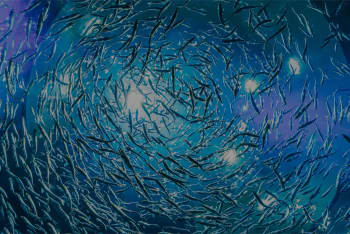 Image 1
Image 1Photo by Harrison Haines on Pexels
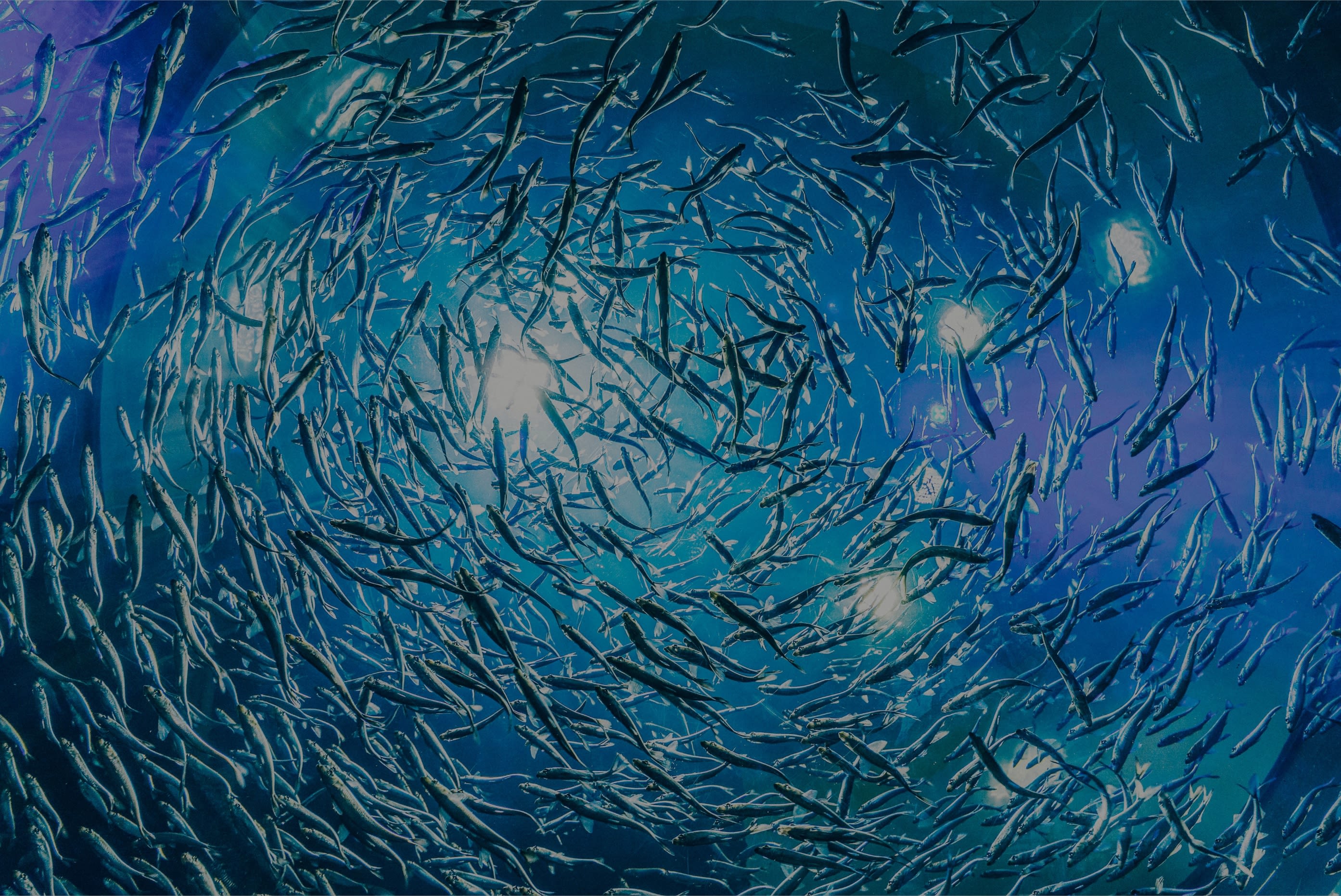
Photo by Harrison Haines on Pexels
Photo by Harrison Haines on Pexels
To begin, could you share what personally motivated you to become a scientist and specialize in marine biology? What events or influences shaped your path?
Having been born in an environment where the sea and permanent bodies of water are non-existent, I was very impressed to see the sea for the first time when I came to Dakar to continue my secondary studies. The water fascinated me while walking alongside the ocean’s coast for the first time with my father. Since that day, I have not ceased to be interested in everything related to the sea. I naturally understood that to work in this field, it is necessary to be particularly interested in fish and its resources to continue working on scientific subjects. This love for the sea was accentuated by my successful entrance exam to the Institute of Environmental Sciences of the Faculty of Science and Technology of the Cheikh Anta Diop University of Dakar, where I obtained my Advanced Studies Diploma (DEA). I also had the opportunity to do my DEA internship in a program of the Institute of Research for Development, titled “Adaptive Responses of Fish Populations to Environmental Pressures”.
What do you consider the most pressing current threats to marine wildlife in Senegal and in the region?
Marine wildlife in Senegal and the sub-region is currently facing degradation at an alarming rate. This degradation is mainly attributed to human activities and to climate change.
The most urgent threats are linked to three main current factors.
Pollution in its various forms includes two types:
- Plastic pollution, which has increased sharply in recent years. Even as waste, plastic does not decompose due to its durability and longevity. When plastic reaches the ocean, it can remain there for hundreds of years. Over time, the plastic fragments and transforms into micro- and nano-plastics. The problem of plastic pollution is receiving increasing attention globally, but gaps in addressing the problem remain due to a lack of awareness, knowledge, technology, funding and effective policies. The consequences of plastic pollution are disastrous for marine biodiversity. Indeed, once ingested, hazardous chemicals cause long-term mortality in marine wildlife.
- Chemical pollution, caused by pesticides, herbicides, fertilizers, detergents, hydrocarbons, industrial chemicals and wastewater is also concerning because it causes developmental abnormalities, loss of immune response and a decrease in fertility in (wildlife) marine species.
Overexploitation is also an urgent threat because it is continuous and can lead to the complete destruction of a resource. It dangerously threatens marine wildlife. It occurs when the increase in fishing activity leads to a decrease in populations until they disappear – in their average size, age and weight – and a decrease in their ability to reproduce individually.
The degradation of ecosystems due to global warming and human activities is also a real fact. Temperatures are rising too quickly to the point that waters are becoming acidic. This induces a lack of oxygen, partly due to the decrease in phytoplankton production, which directly impacts wildlife. The diversification of human activities in the oceans, particularly the exploitation of hydrocarbons, also poses new challenges for the conservation of marine wildlife. Coastal erosion is also an accelerating phenomenon that impacts wild marine wildlife.
Image captions
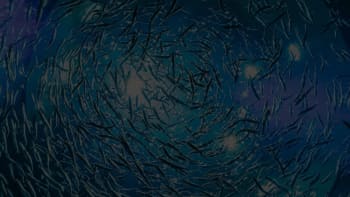 Image 1
Image 1Photo by Harrison Haines on Pexels
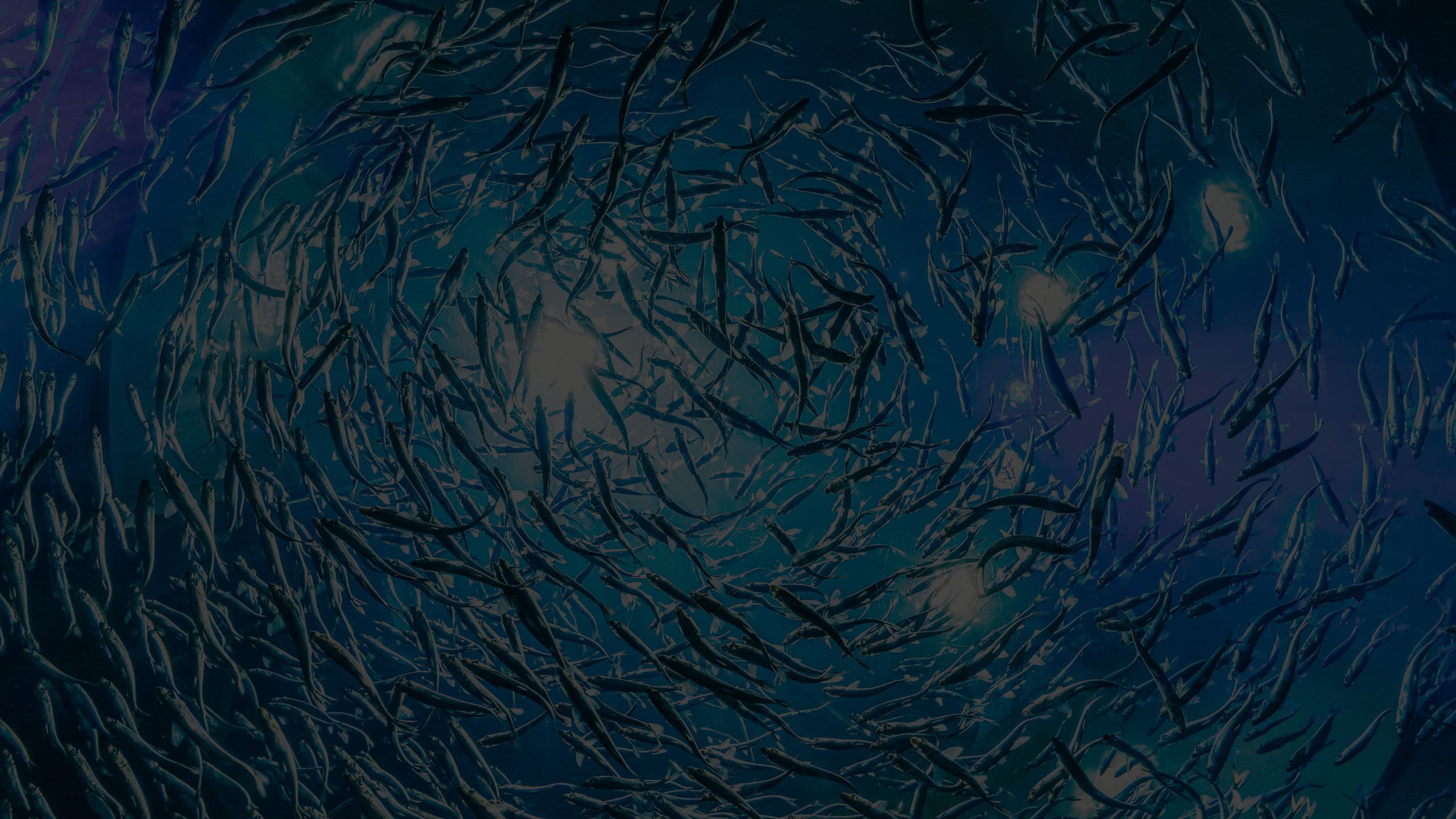
Photo by Harrison Haines on Pexels
Photo by Harrison Haines on Pexels
What avenues do you recommend for ensuring the protection of marine wildlife, taking into account different local challenges?
Several solutions are emerging. We can cite among others:
Support for research through funding of programs on marine ecosystems
Reducing plastic pollution by trying to recycle it and encouraging initiatives to clean up the seabed and beaches while promoting the use of single-use plastic if not banning it outright
Respecting fishing quotas, minimum catch sizes and biological rest periods based on scientific data
Enforcing legal texts
Increasing marine protected areas
Fighting coastal erosion
Supporting policies to reduce greenhouse gas emissions
Raising awareness and educating on the importance of preserving marine ecosystems
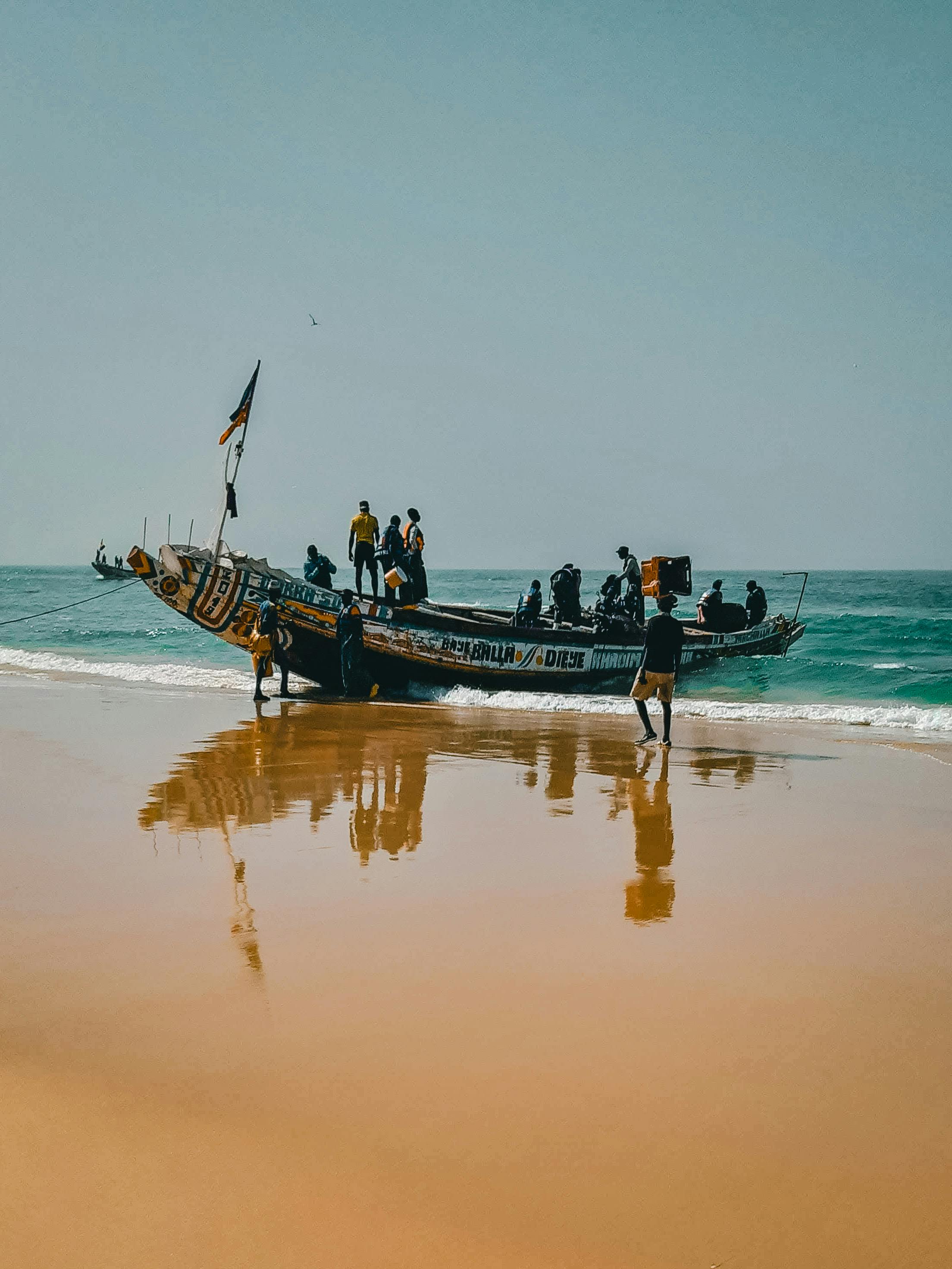
Photo by Papa Birame Faye on Pexels
What is the role of scientific research in the sustainable management of wild marine resources? Can you share examples of research conducted in Senegal or in the region that has contributed to this sustainable management, particularly in the field of fisheries?
The sustainable management of wild marine resources and the characterization of indicators for managing exploited populations depend on many fields of investigation but are ultimately based on scientific data. The role of scientific research conducted by different experts (biologists, economists, sociologists, technologists, etc.) is to provide scientific information to decision makers. It is essential that the information provided by scientists is accurate, complete and objective. It is then up to decision makers to determine what compromises and, if necessary, what sacrifices must be made. Given so, in my opinion, a scientist can also be part of a decision-making body, where they adopt the role of a decision maker, provided that they understand and make others understand when they are acting as a scientist in providing scientific advice and when they are expressing their own opinion as a member of the decision-making body.
As examples of research that have contributed to the sustainable management of fisheries, we can highlight the work carried out by the Dakar Thiaroye Oceanographic Research Center where I was a researcher from 2007 to 2008 before joining the University. This work focuses on, among other things, the estimation of fish stocks. We also conduct research activities on monitoring the biological parameters of fish species of socio-economic importance, such as sardinellas and groupers, among others. This biological data was used to revise catch sizes in the fisheries code. The Directorate of Protected Community Marine Areas carries out monitoring activities at the AMP level.

Photo by Papa Birame Faye on Pexels
Photo by Papa Birame Faye on Pexels
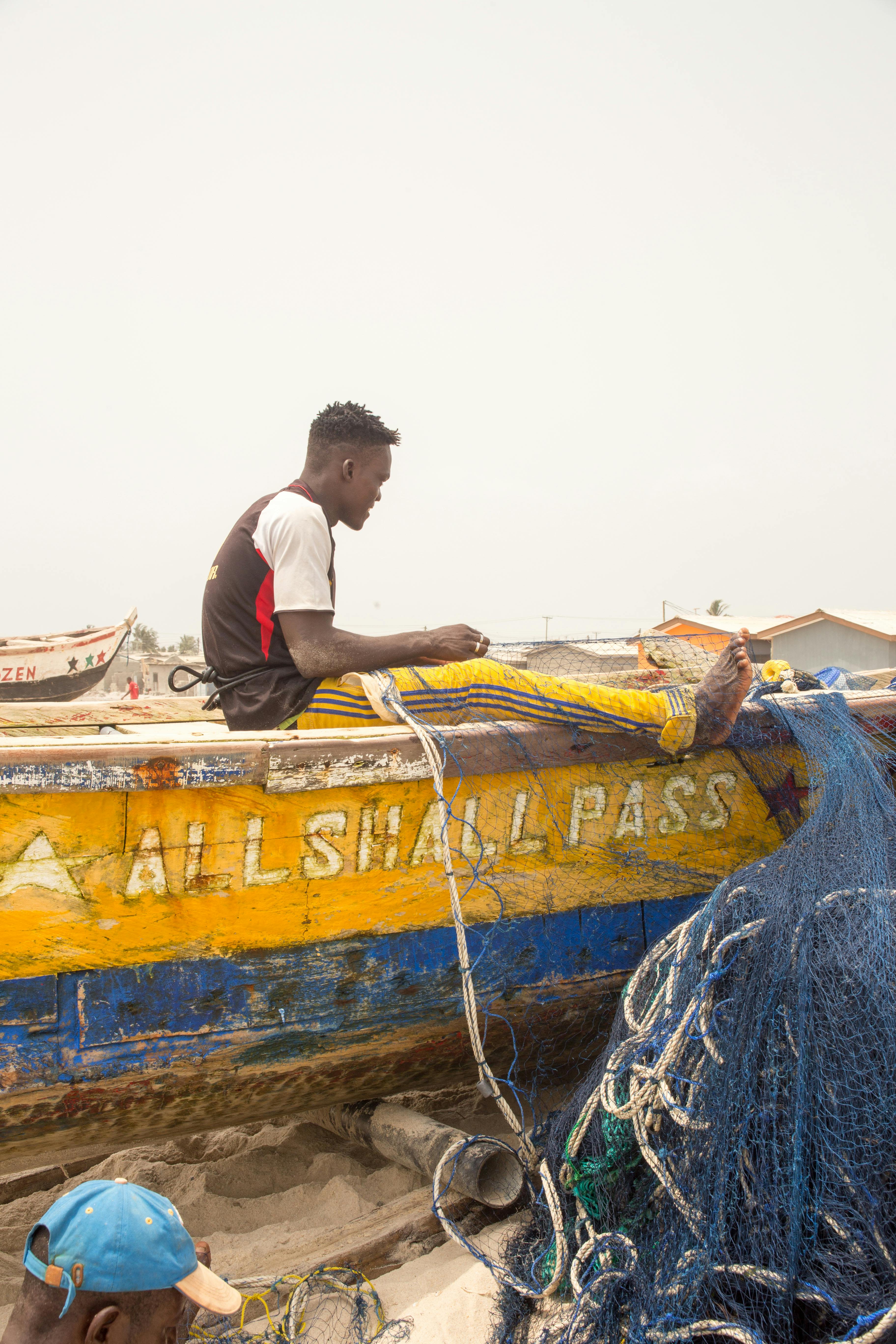
Photo by Marcello Sokal on Pexels
Photo by Marcello Sokal on Pexels
How can the results of this research be translated into concrete actions and integrated into local policies to strengthen sustainability efforts?
The use of scientific research in public decision-making is essential for the development of policies based on scientific evidence. It involves, in particular, work on the part of researchers to disseminate and translate research results into the field of public action. Research results must be disseminated, by all means necessary, in research circles, and in particular, via scientific articles in journals. In addition, the knowledge produced by research must be disseminated to field stakeholders (fishermen, fishmongers, women processors, decision makers, managers, etc.). This dissemination to the non-scientific public is essential for research results to be truly applied and to concretely improve the management of wild marine resources. It must be done in languages and with application media adapted to the target audiences.
In your opinion, what are the potential impacts of the discussions and decisions taken during the Trialogue on your future work and on the conservation of marine fauna in Senegal? How do you plan to integrate them into your local initiatives?
My participation in this Trialogue allowed me to realize that the issues of marine wildlife management are the same for the countries in question. Since marine wildlife has no borders, an integrated approach with collective actions at the national and sub-regional levels is imperative for the sustainable management of these common resources. The potential effects of the discussions on my future work can be summarized in the need to establish projects in partnership with researchers in the sub-region. It is also a question of emphasizing the popularization of research results among Indigenous populations and raising awareness while taking into account their Indigenous knowledge.
Image captions
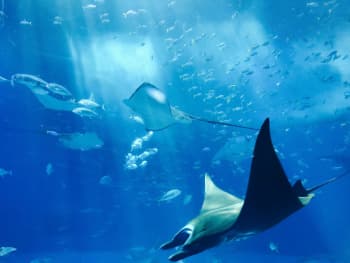 Image 1
Image 1Photo by W W on Pexels
How can the results of this research be translated into concrete actions and integrated into local policies to strengthen sustainability efforts?
The use of scientific research in public decision-making is essential for the development of policies based on scientific evidence. It involves, in particular, work on the part of researchers to disseminate and translate research results into the field of public action. Research results must be disseminated, by all means necessary, in research circles, and in particular, via scientific articles in journals. In addition, the knowledge produced by research must be disseminated to field stakeholders (fishermen, fishmongers, women processors, decision makers, managers, etc.). This dissemination to the non-scientific public is essential for research results to be truly applied and to concretely improve the management of wild marine resources. It must be done in languages and with application media adapted to the target audiences.
In your opinion, what are the potential impacts of the discussions and decisions taken during the Trialogue on your future work and on the conservation of marine fauna in Senegal? How do you plan to integrate them into your local initiatives?
My participation in this Trialogue allowed me to realize that the issues of marine wildlife management are the same for the countries in question. Since marine wildlife has no borders, an integrated approach with collective actions at the national and sub-regional levels is imperative for the sustainable management of these common resources. The potential effects of the discussions on my future work can be summarized in the need to establish projects in partnership with researchers in the sub-region. It is also a question of emphasizing the popularization of research results among Indigenous populations and raising awareness while taking into account their Indigenous knowledge.
Image captions
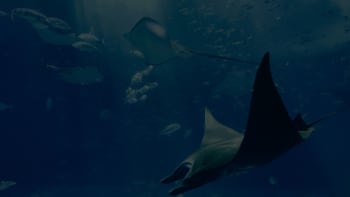 Image 1
Image 1Photo by W W on Pexels




